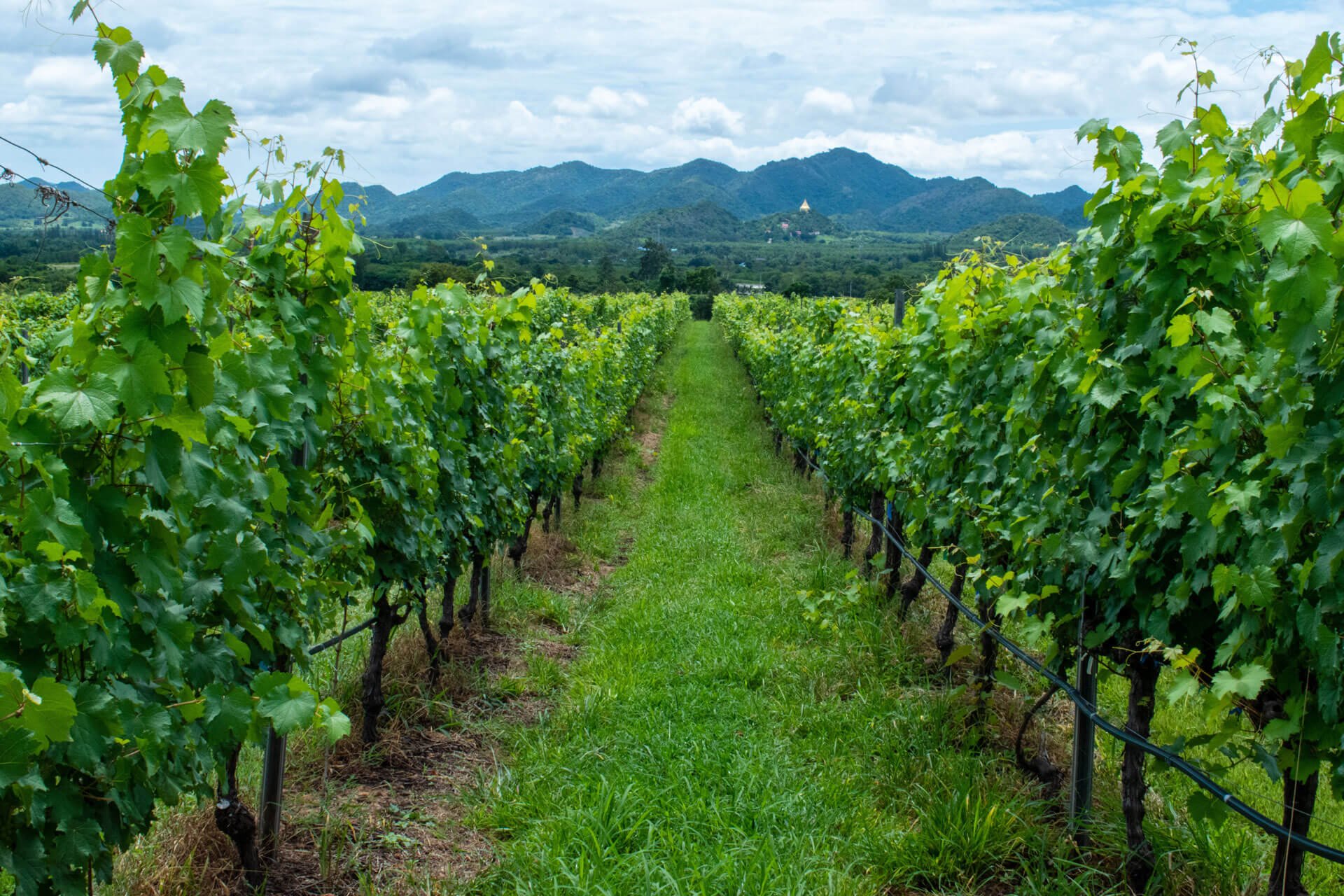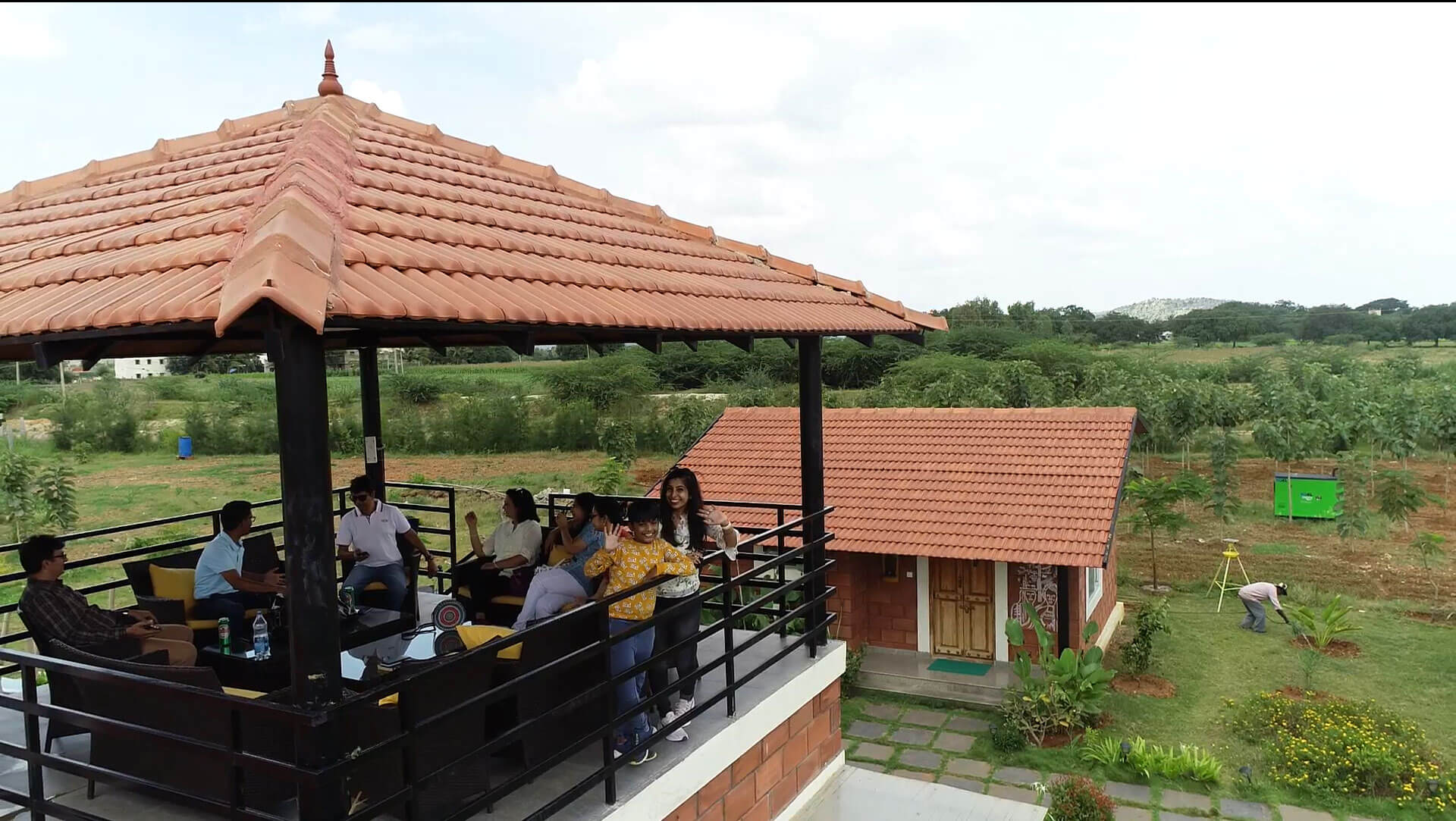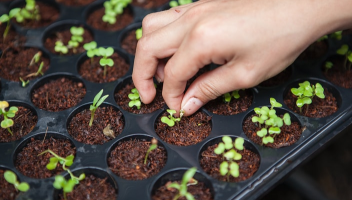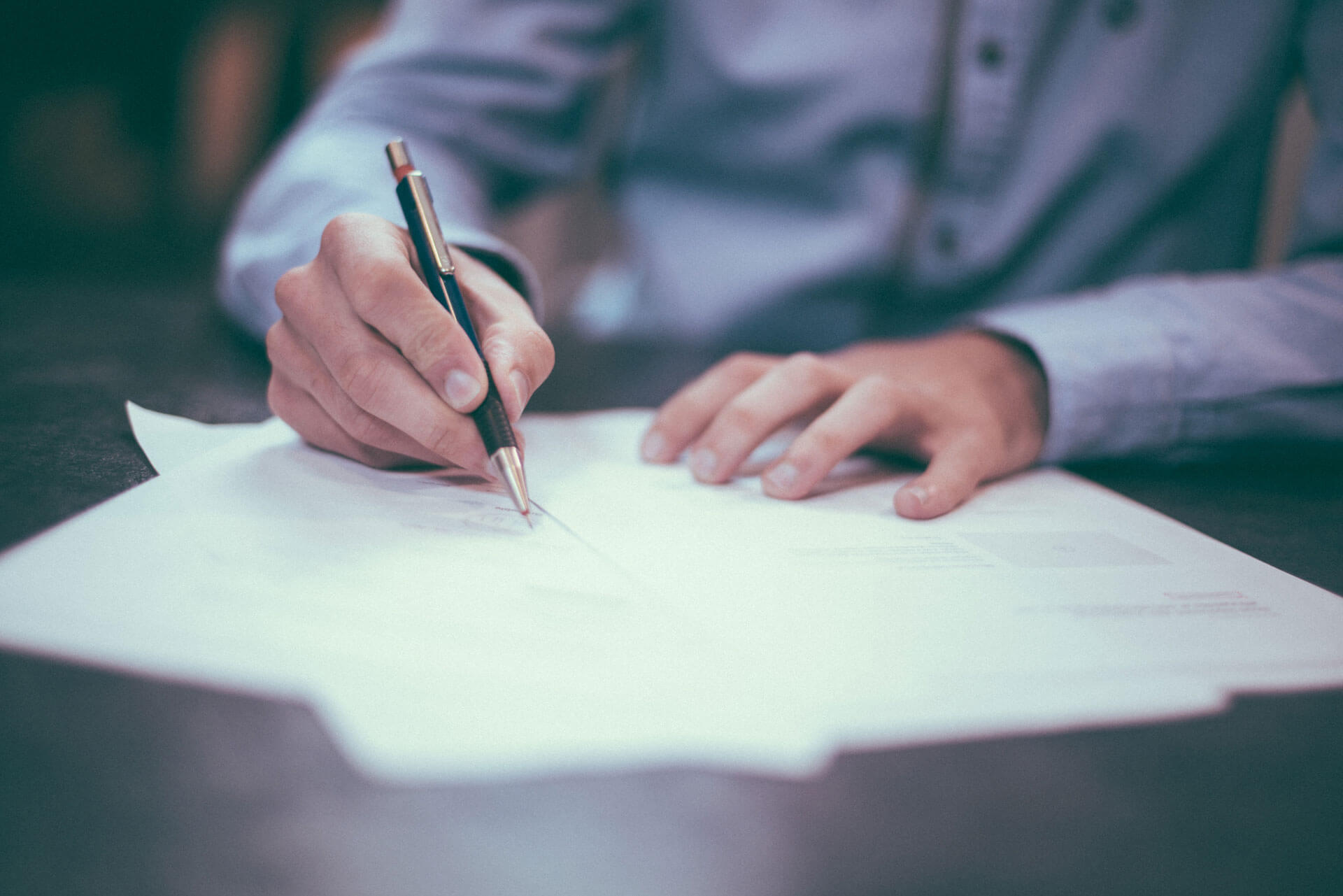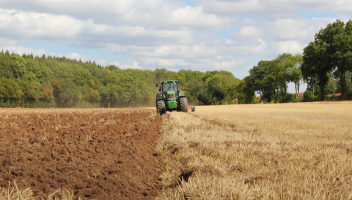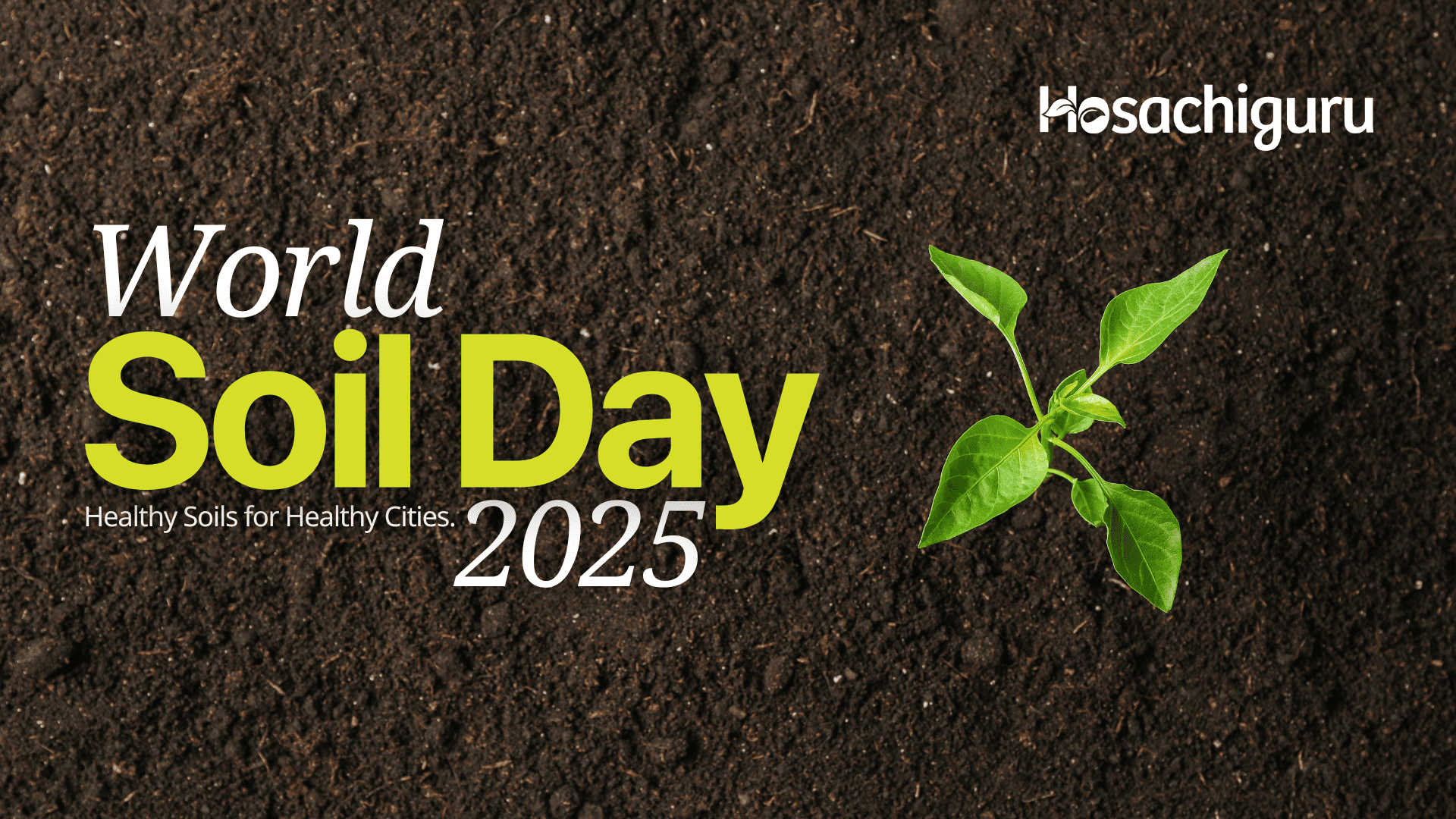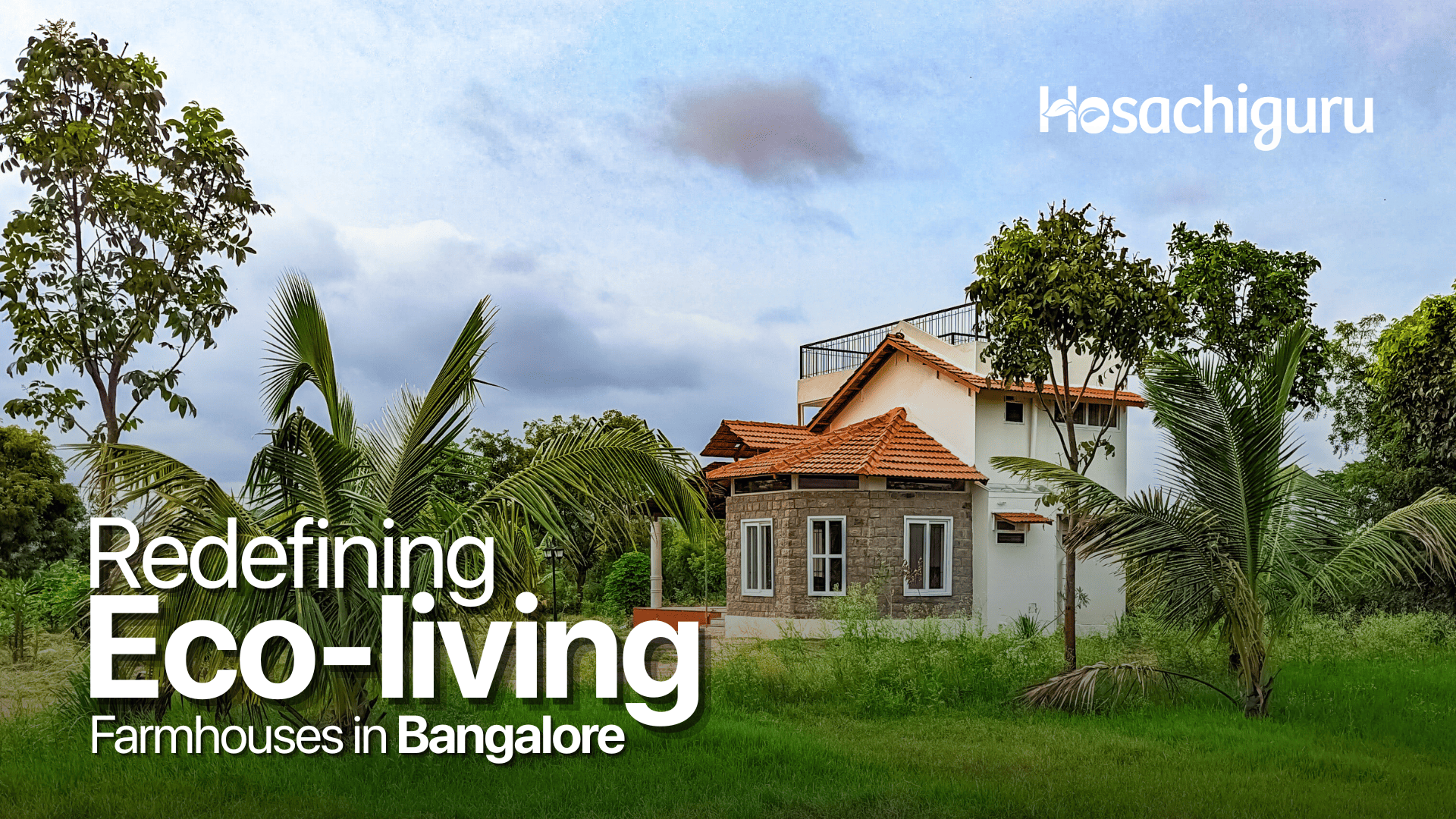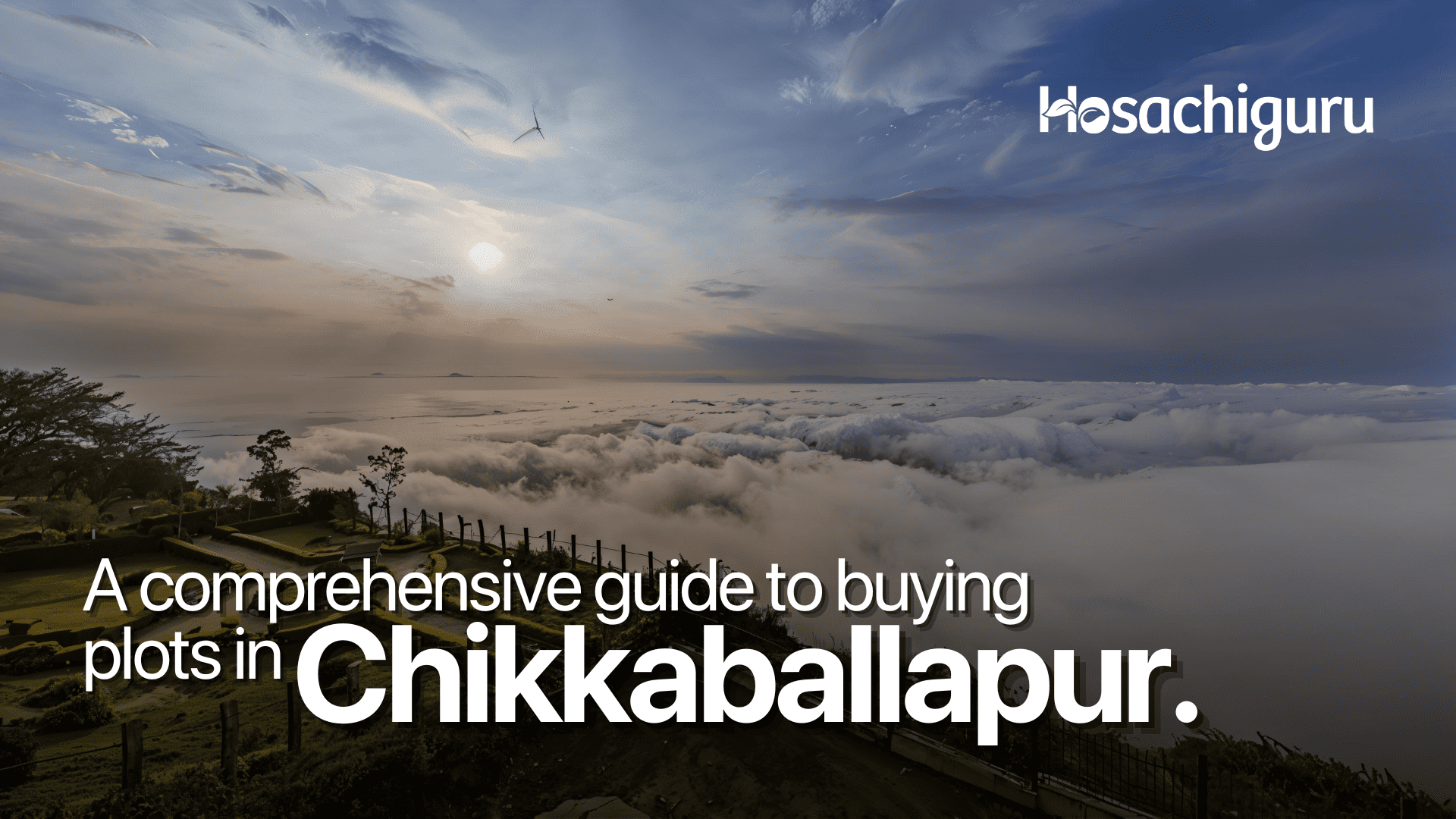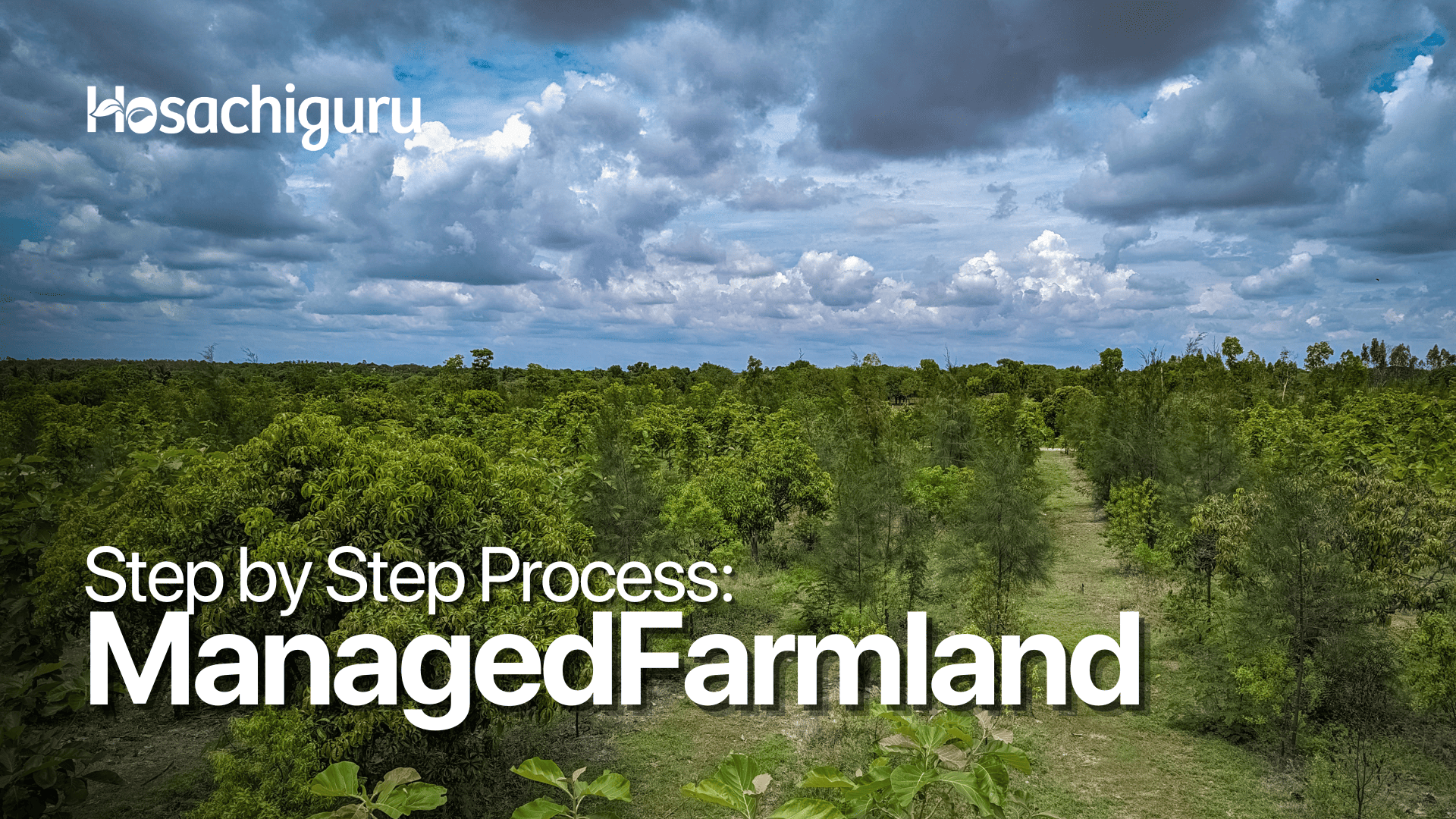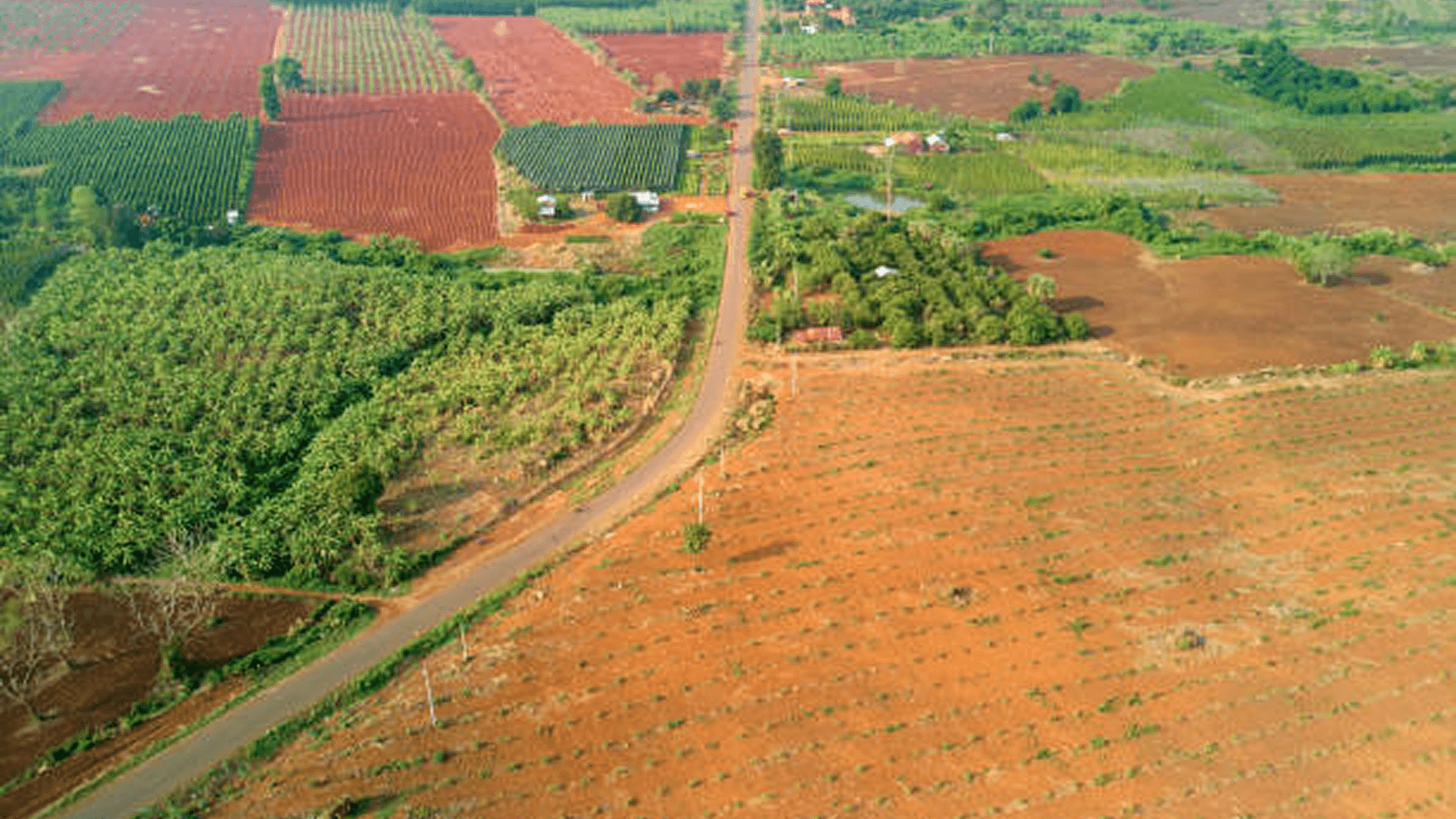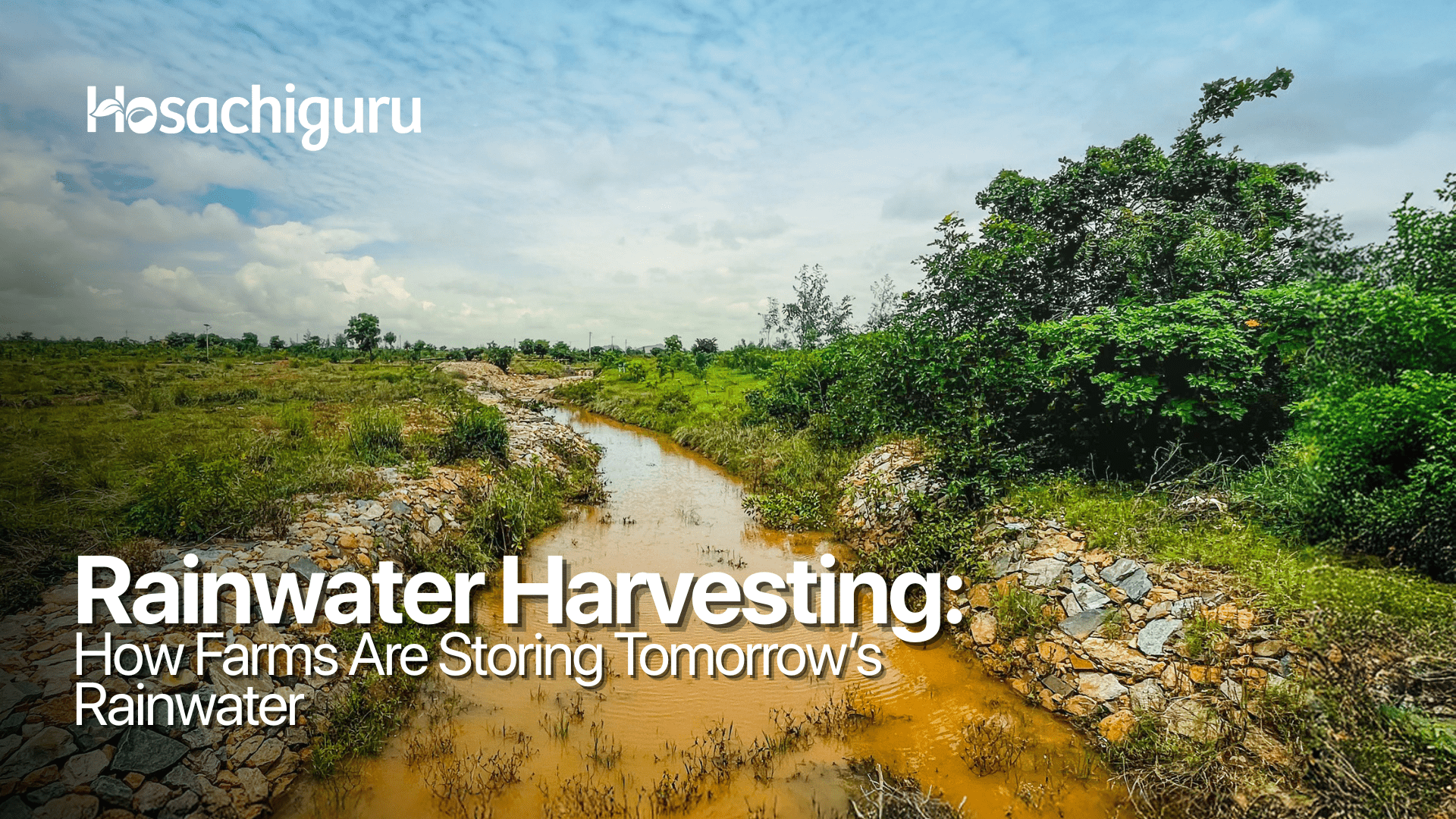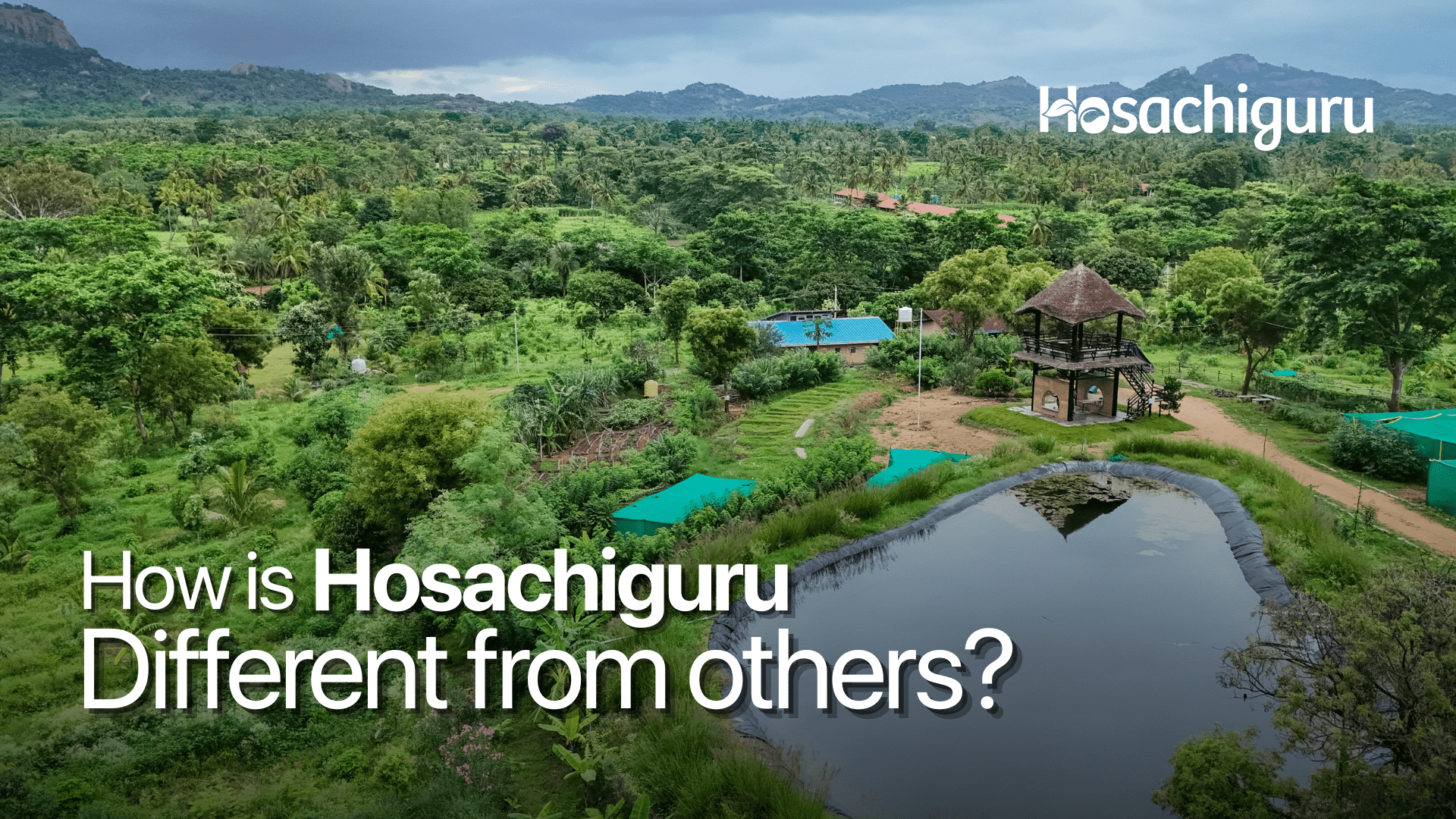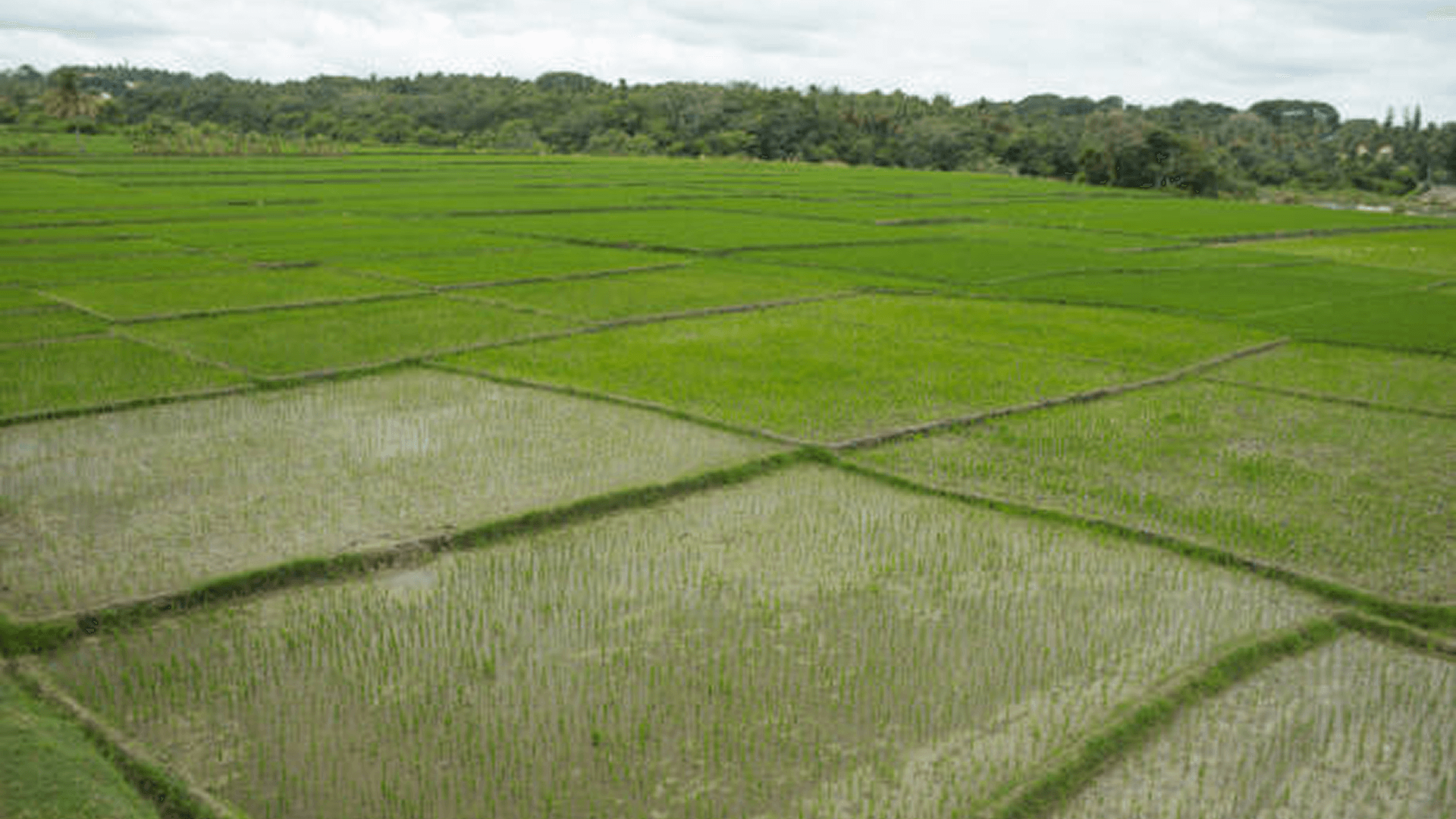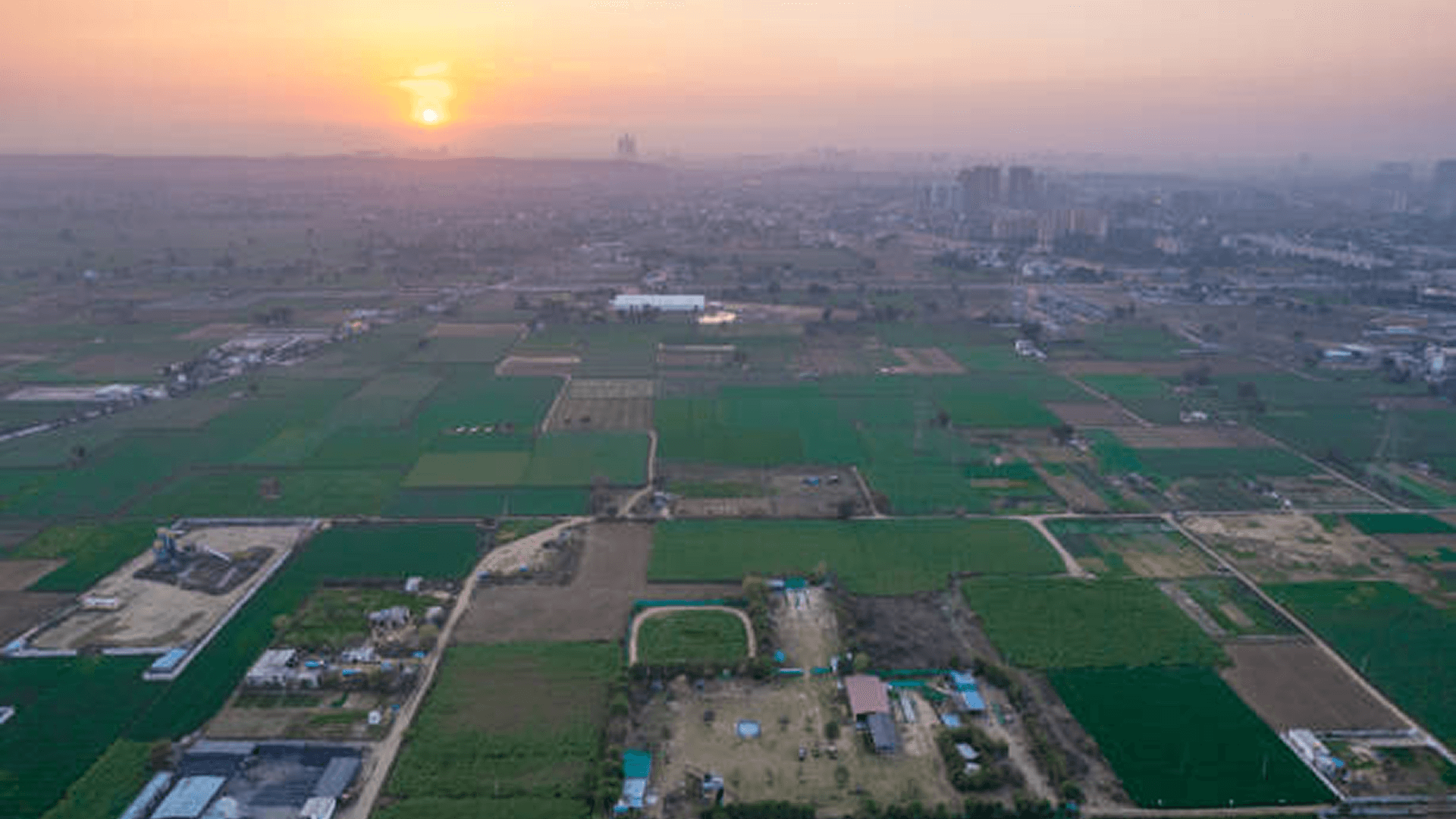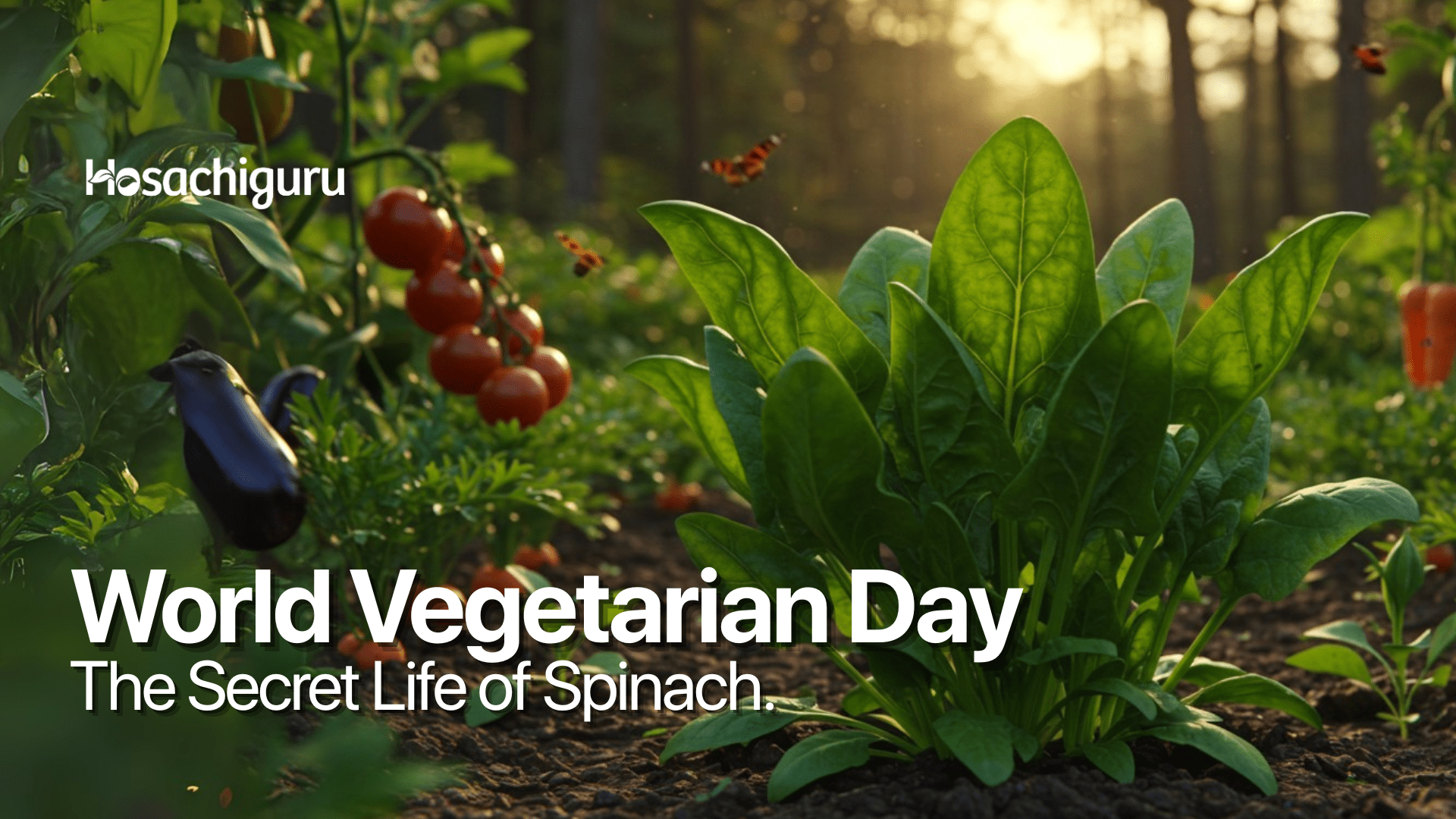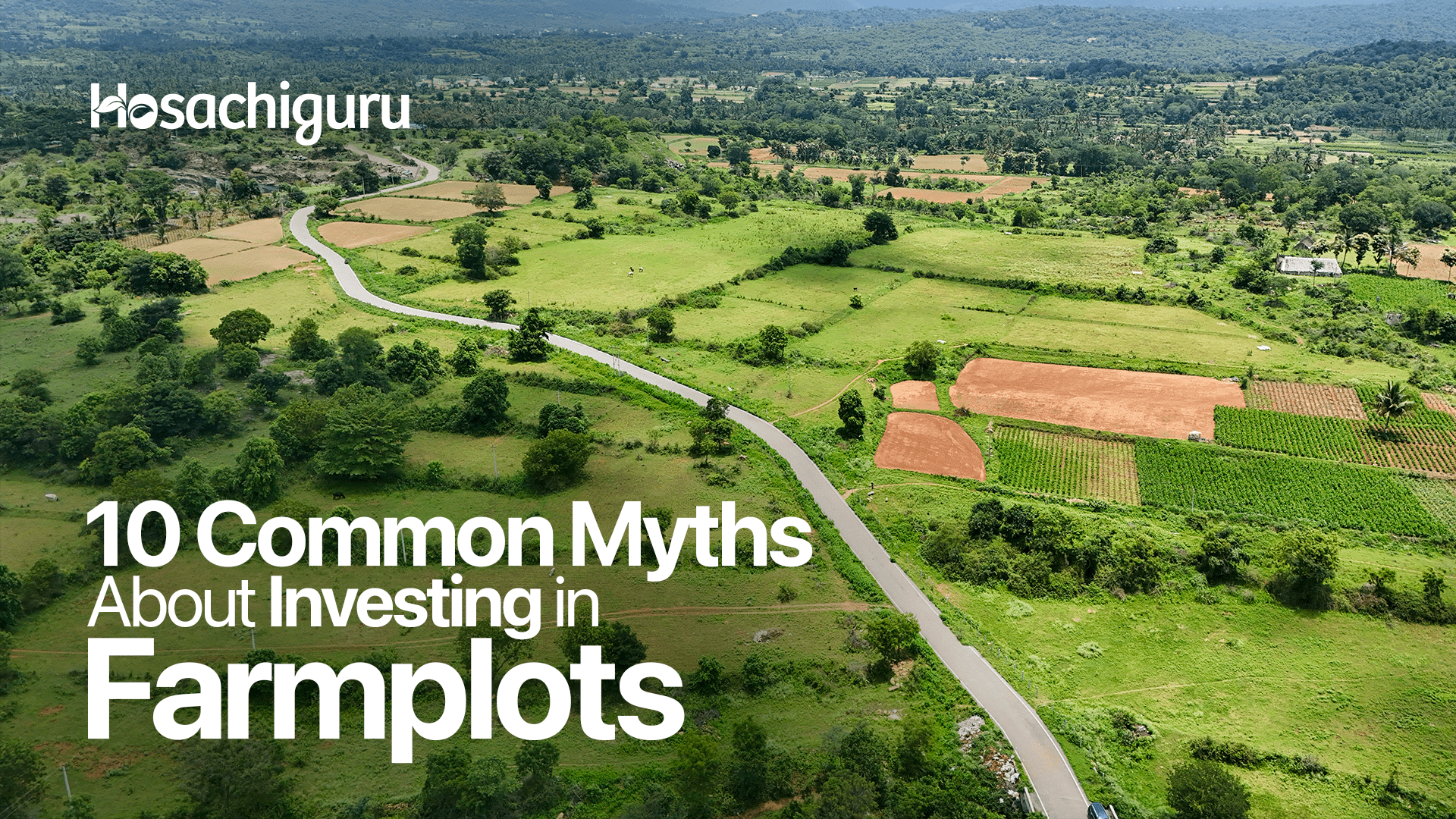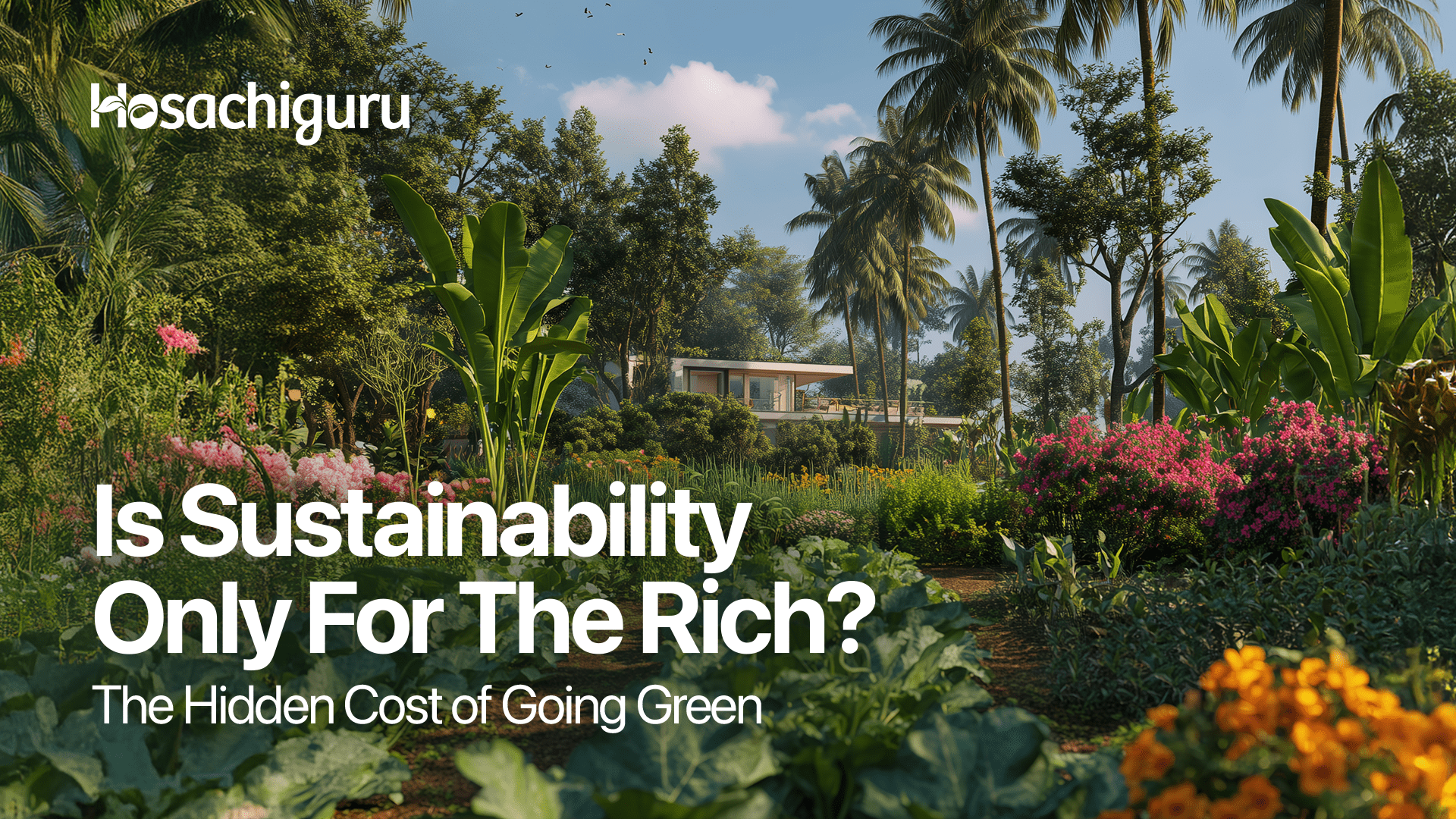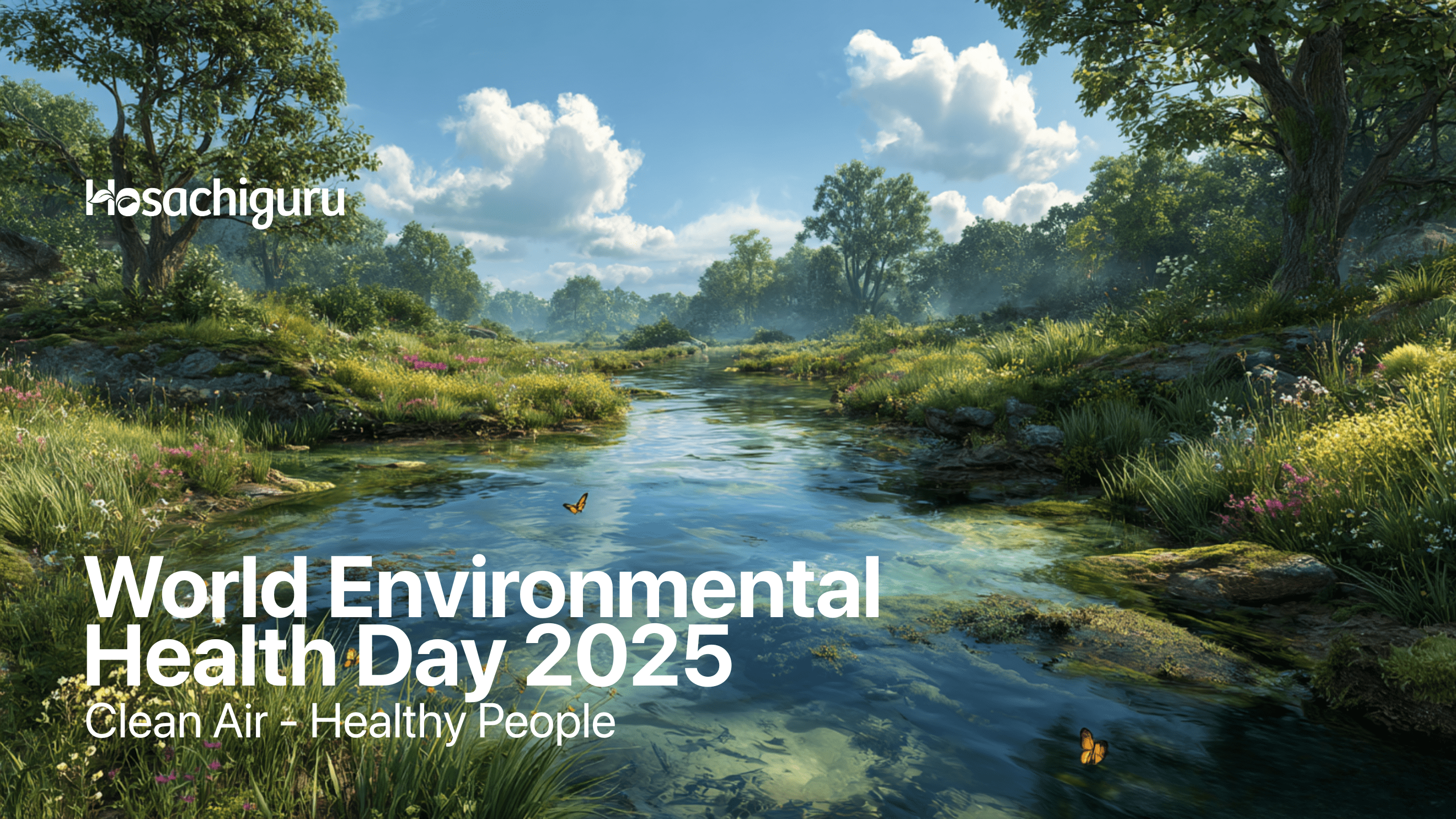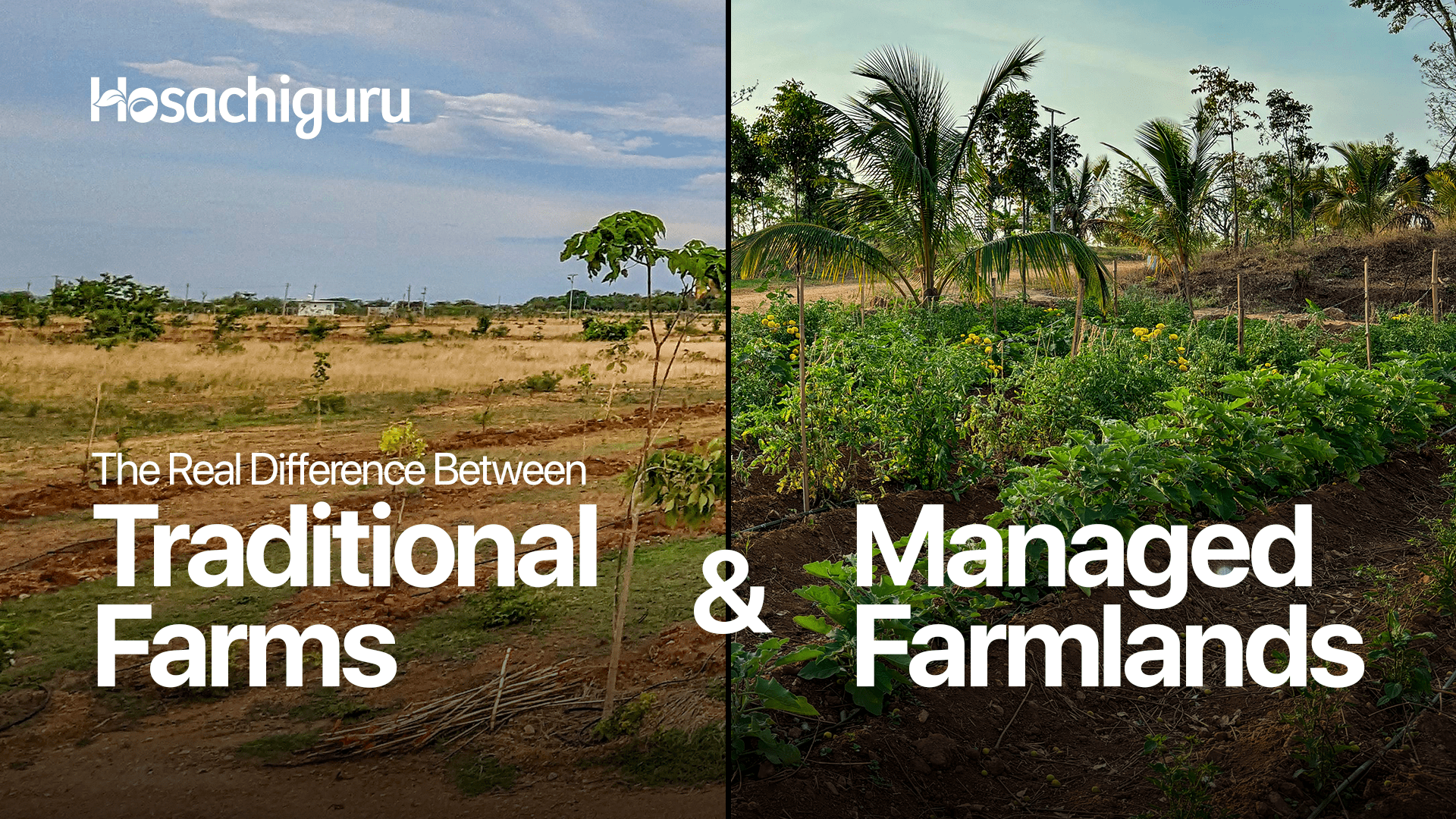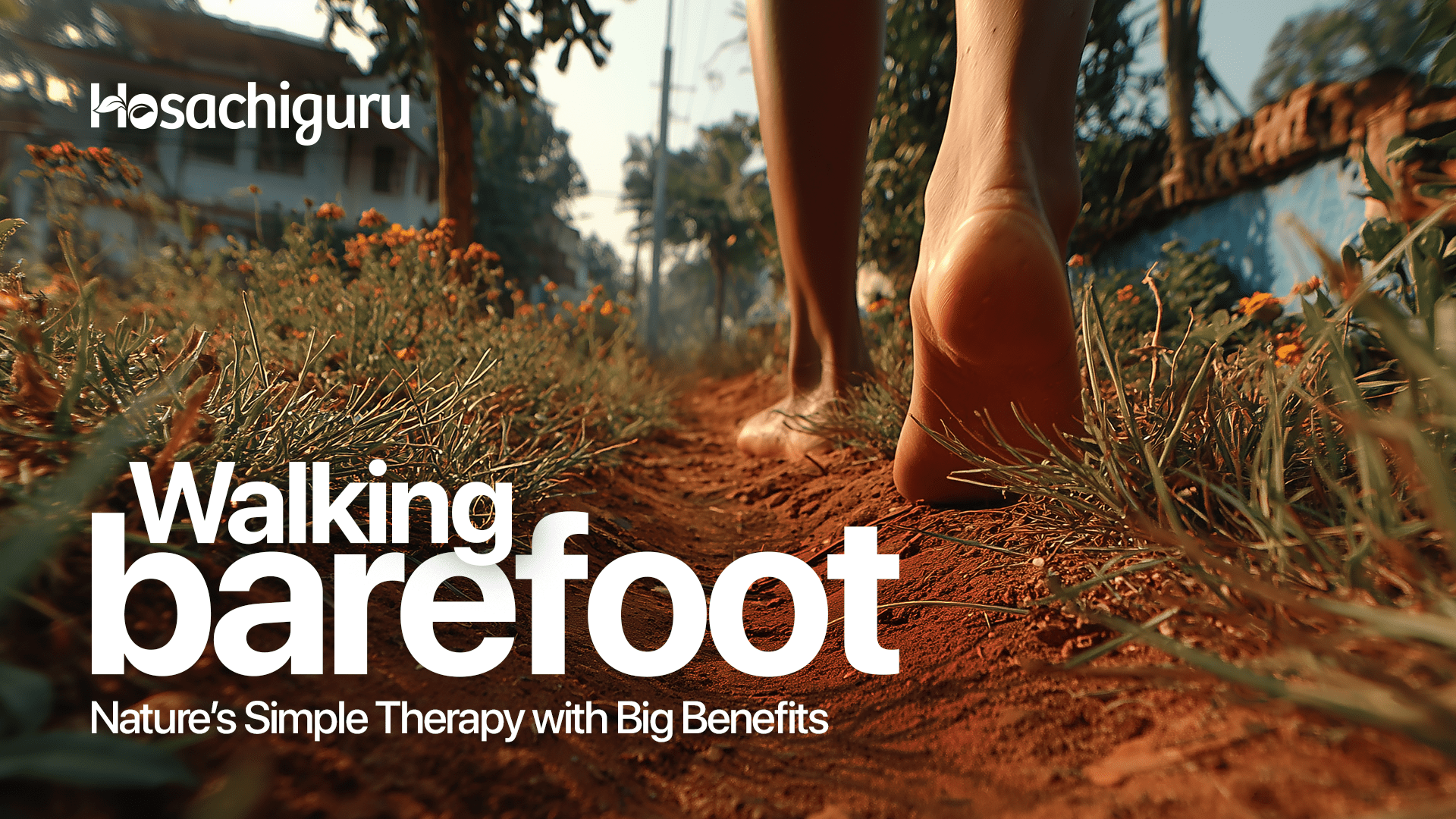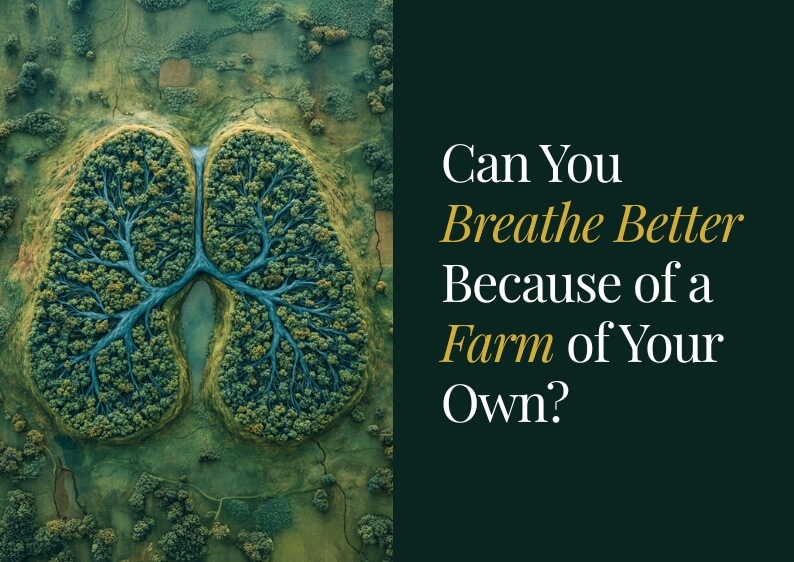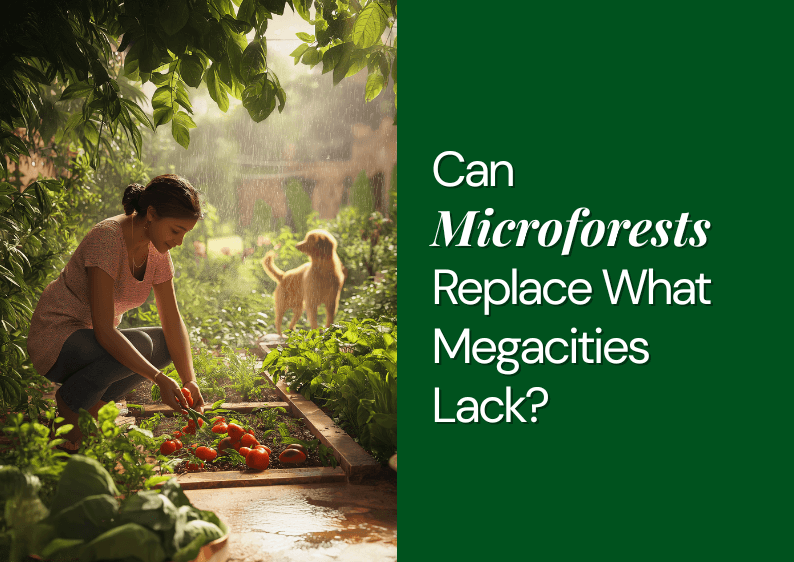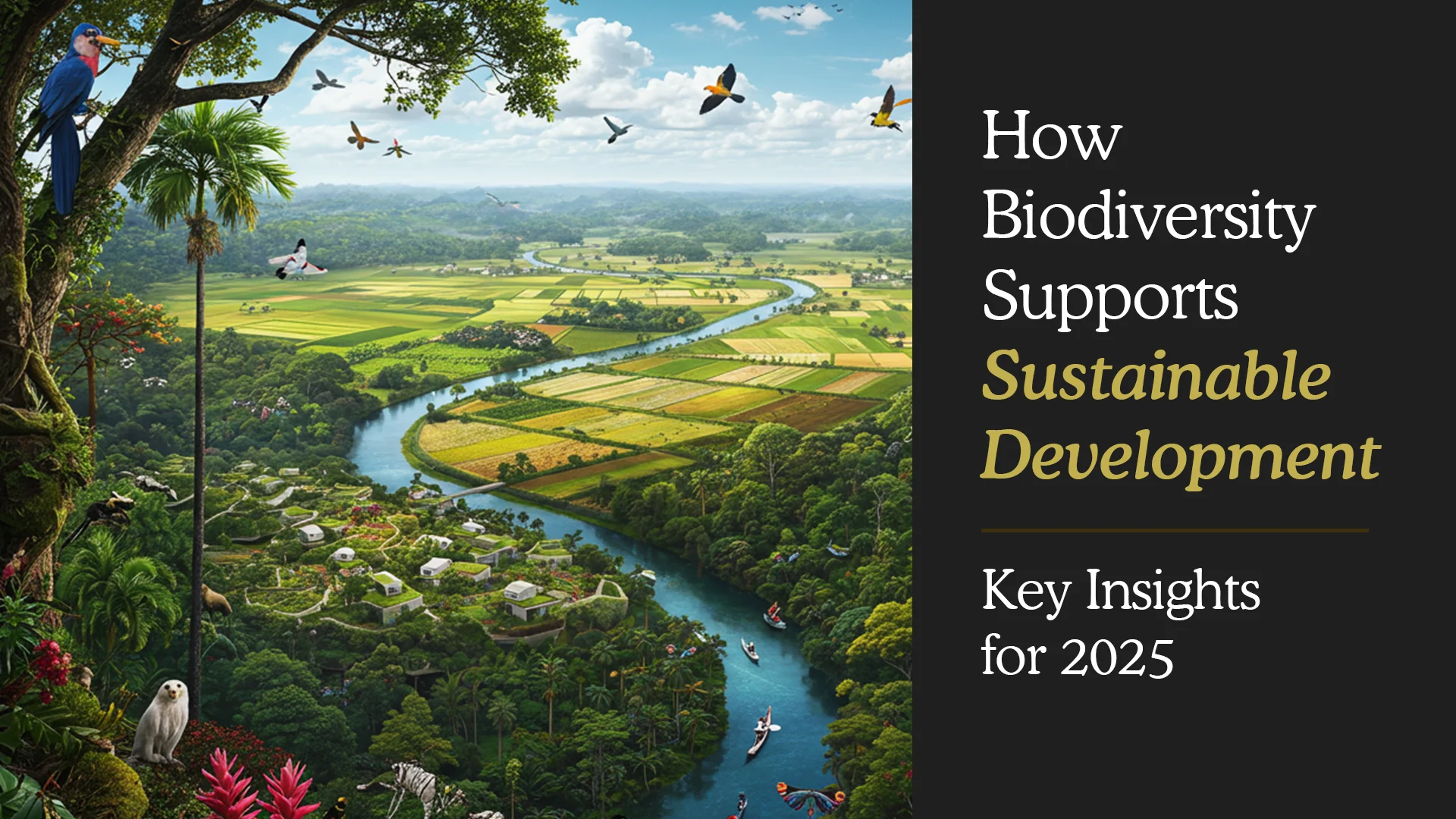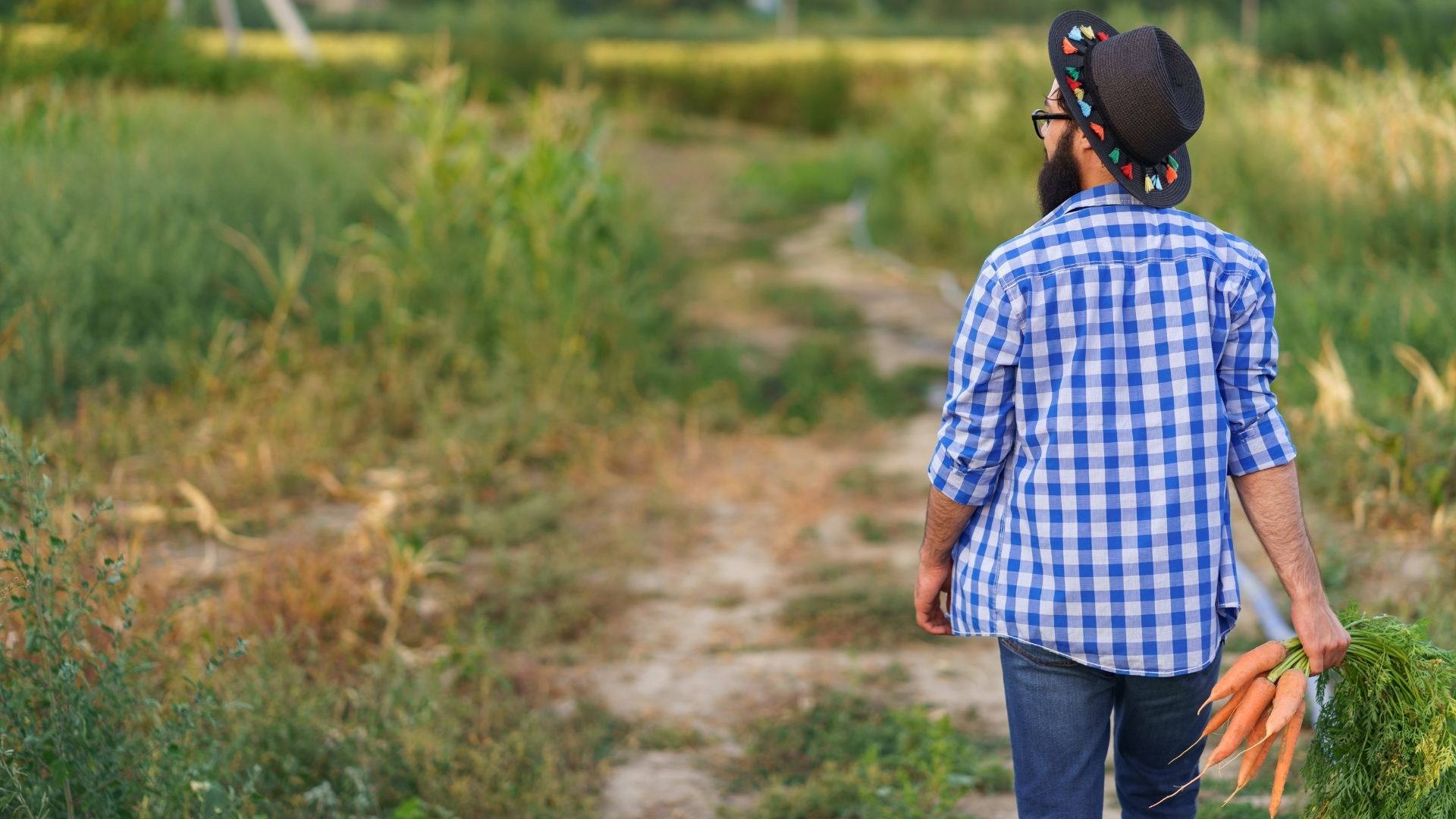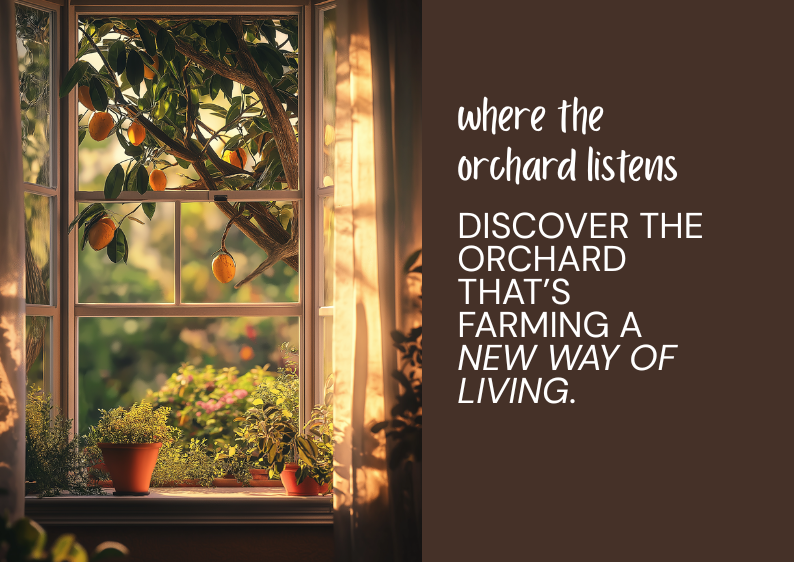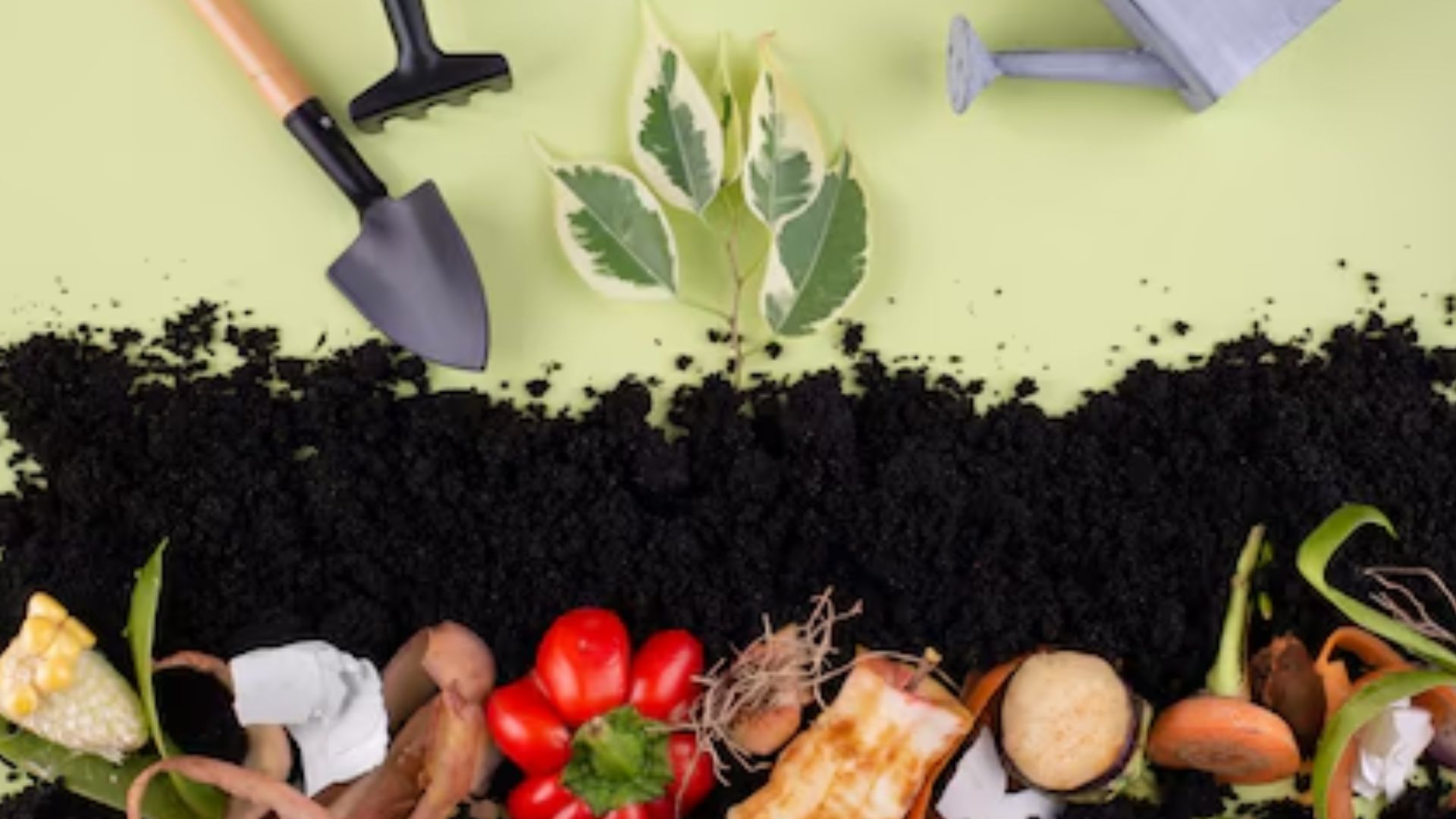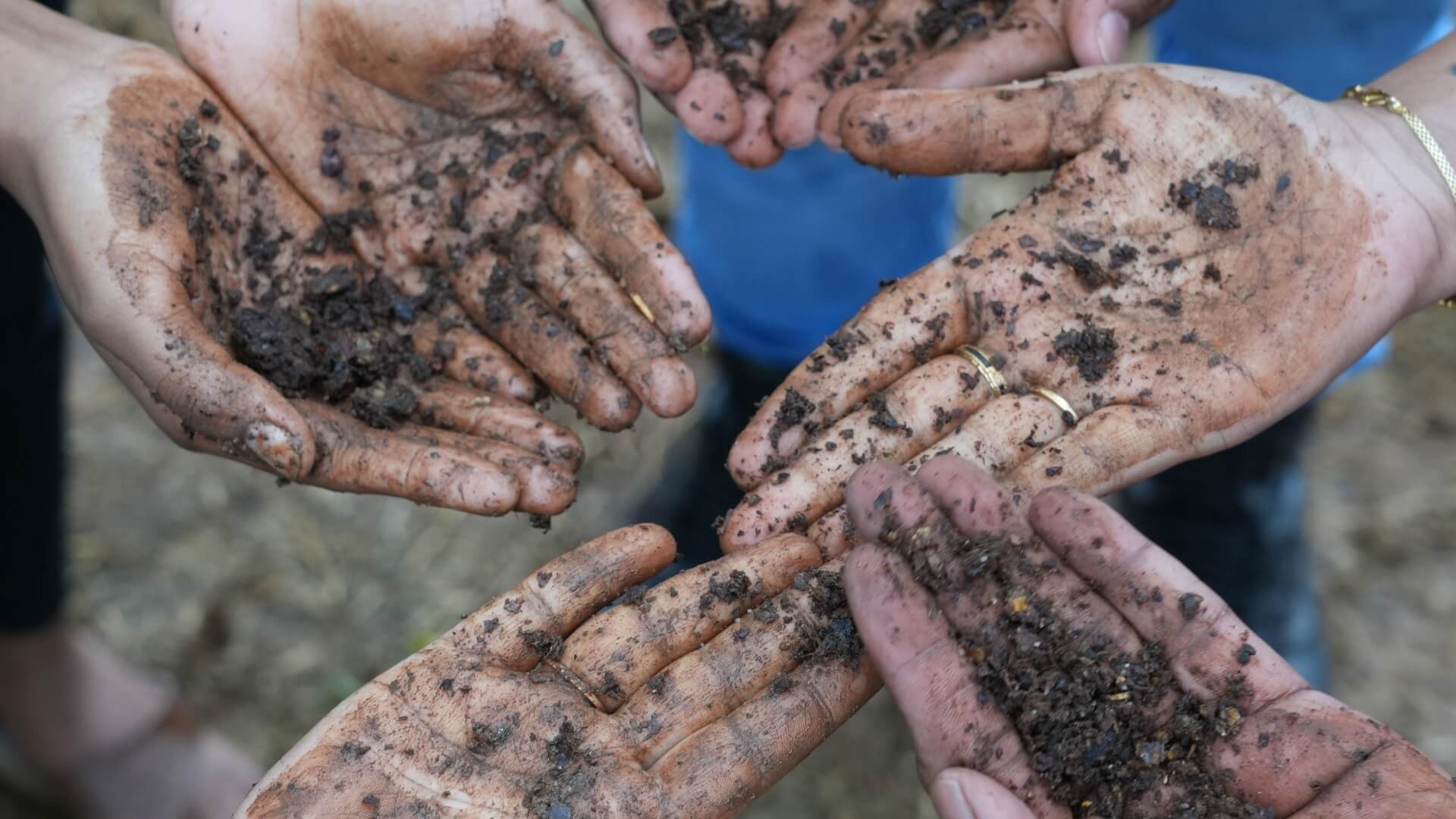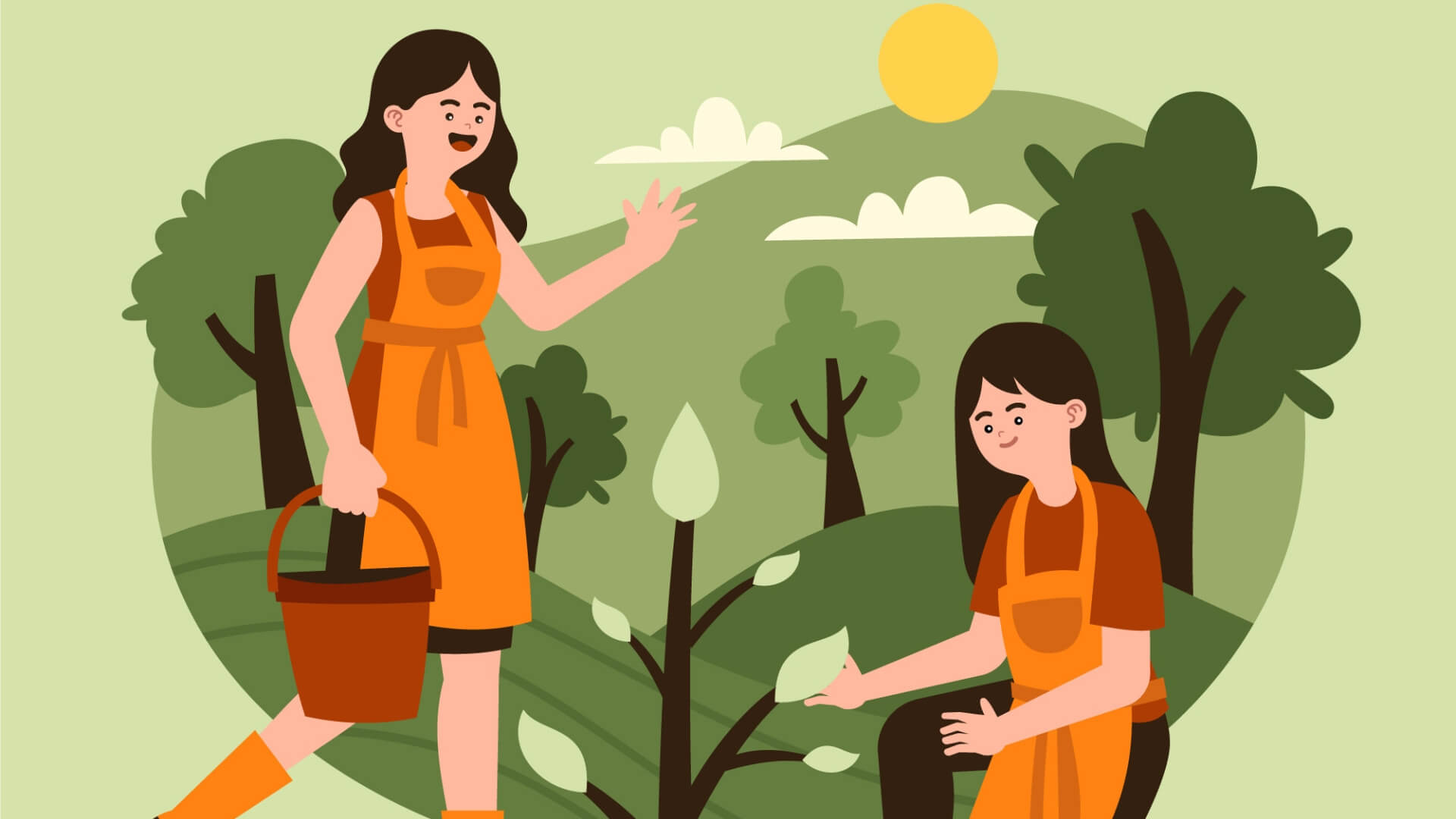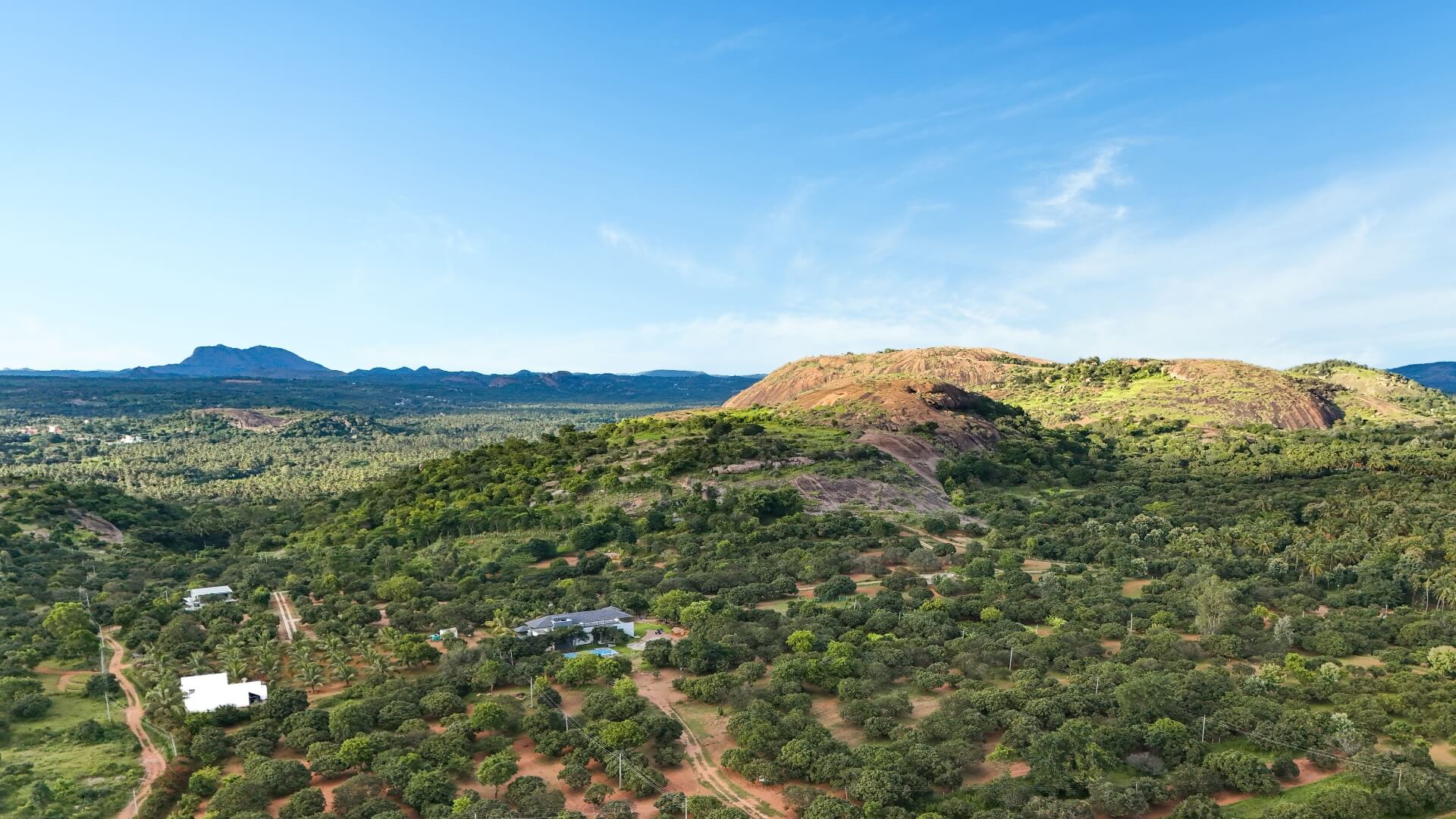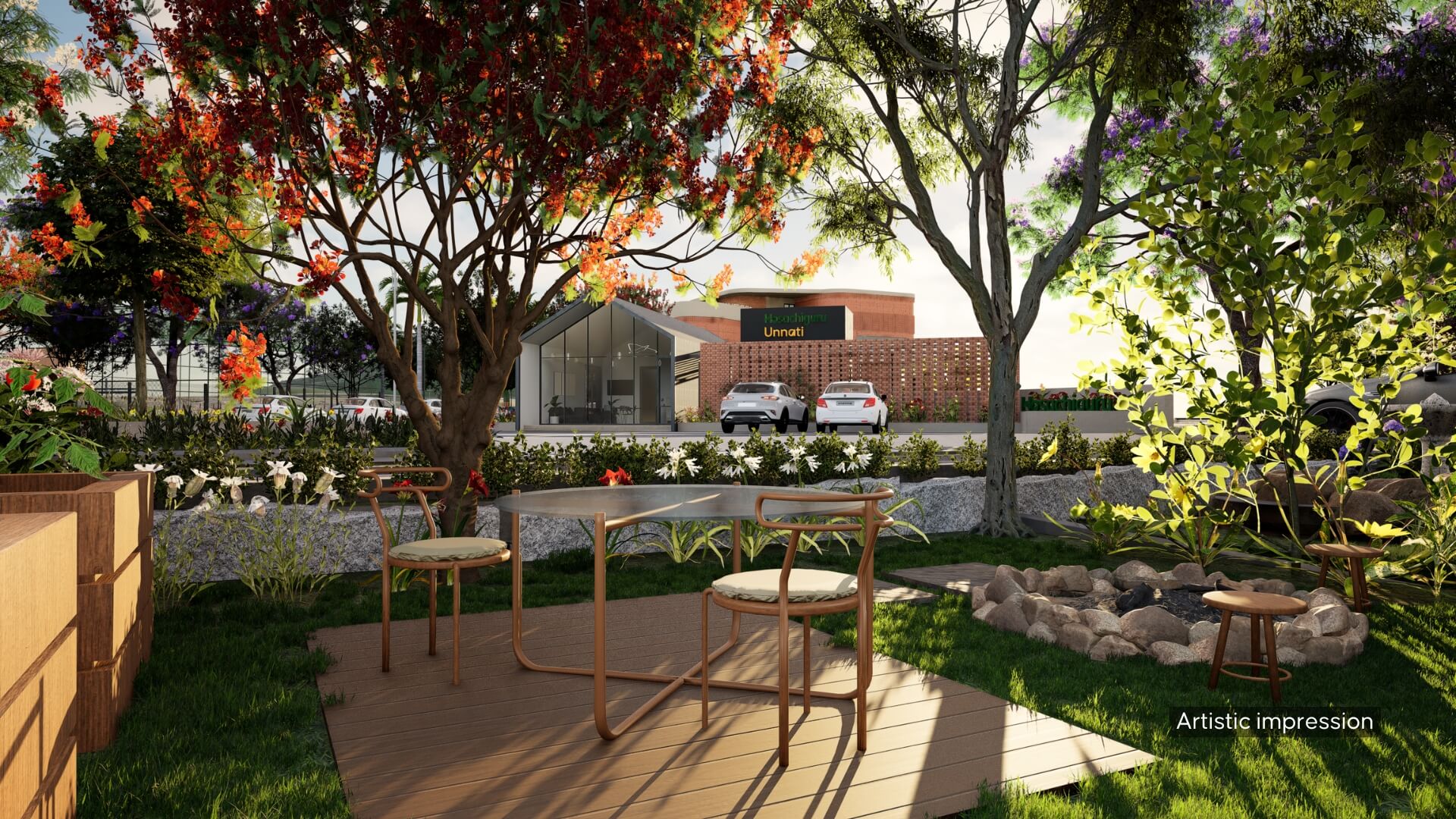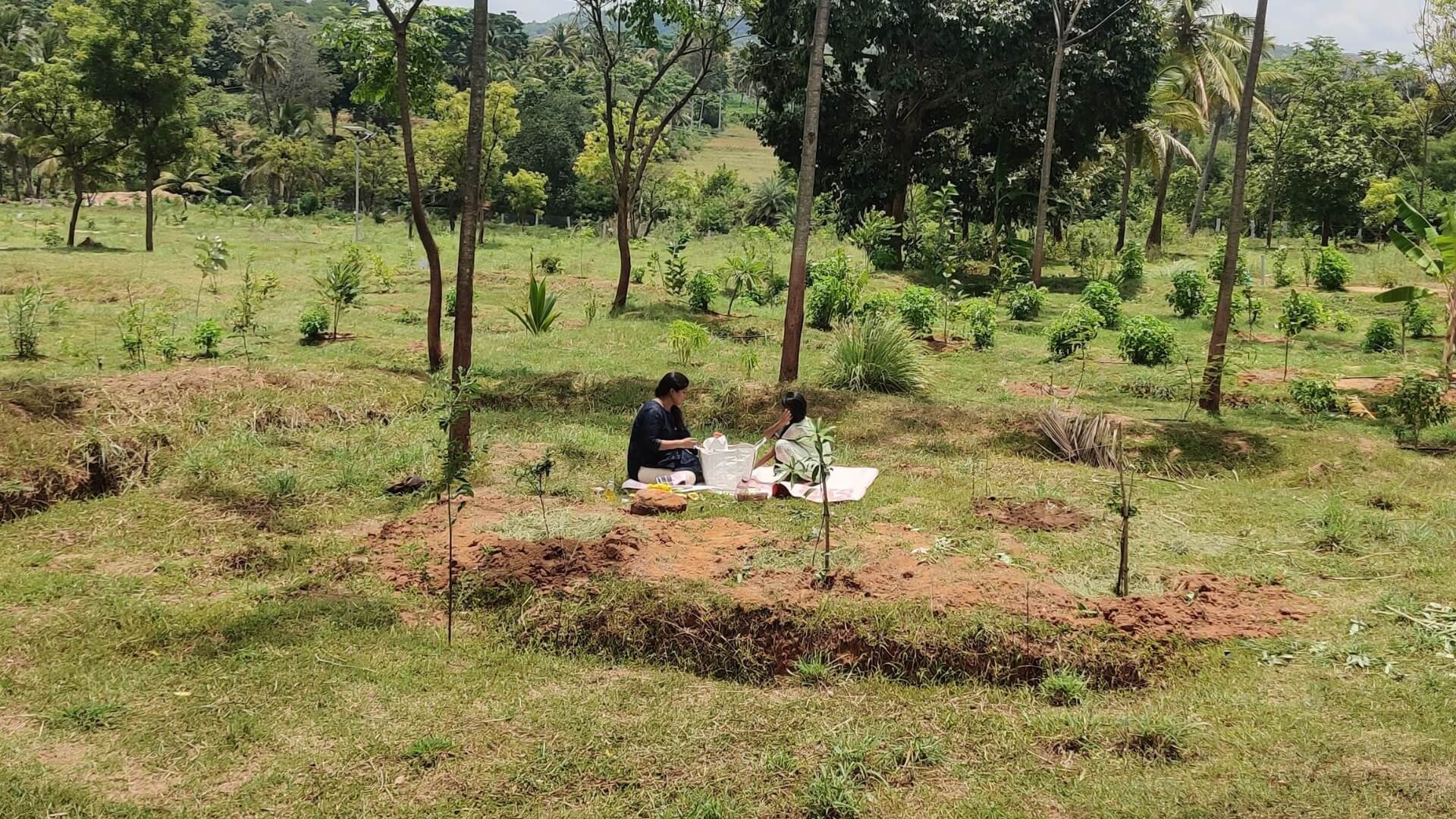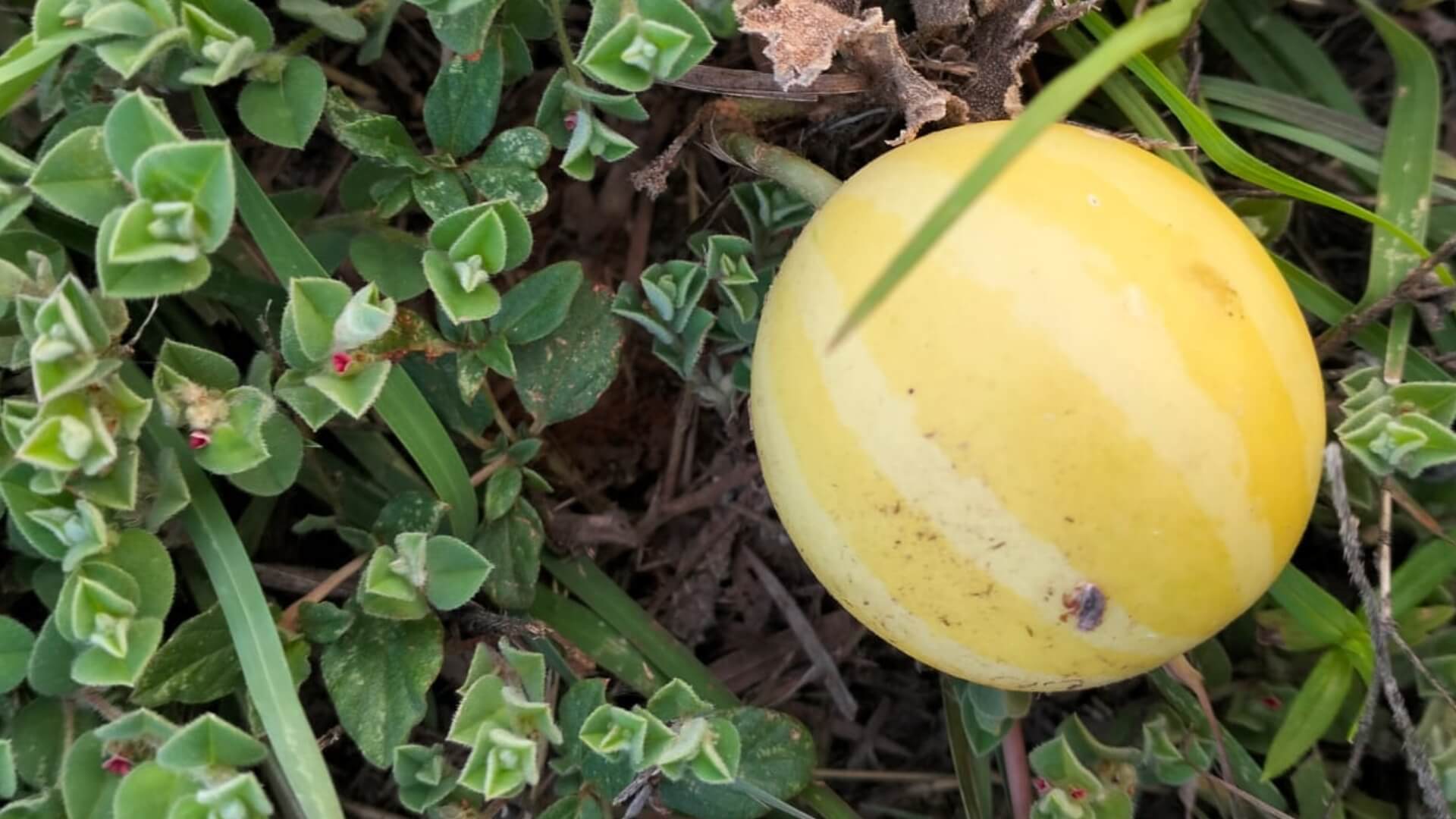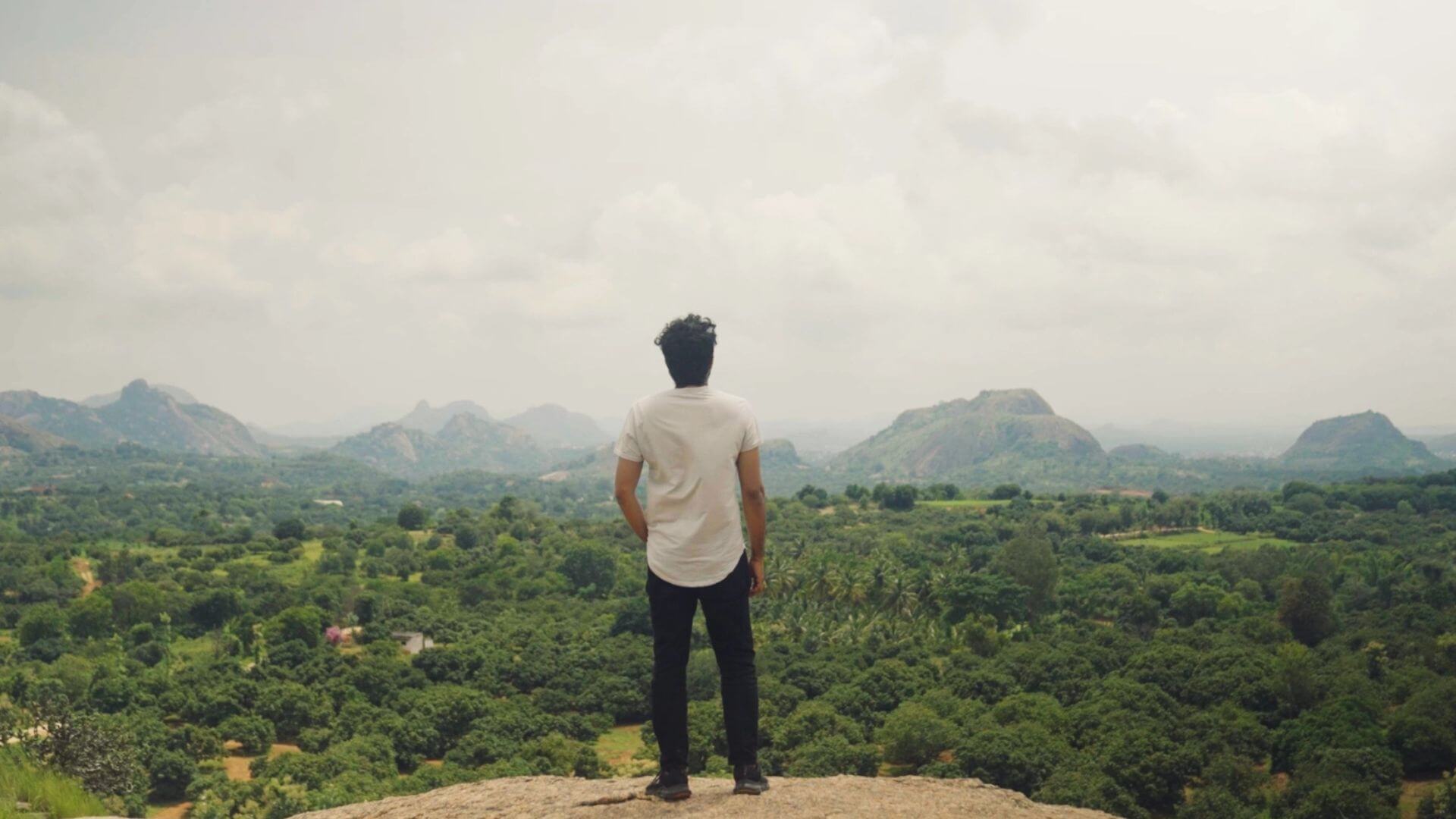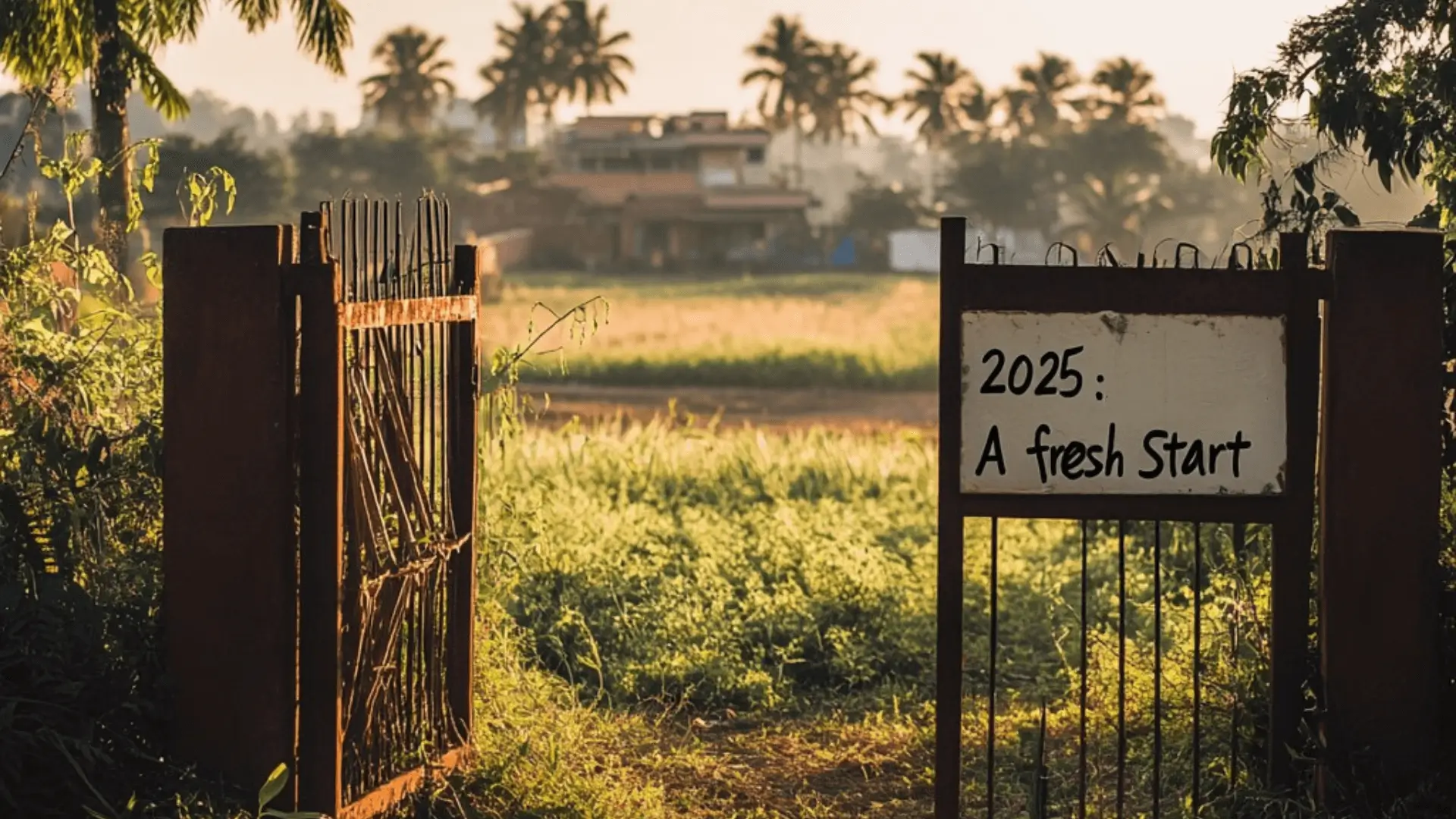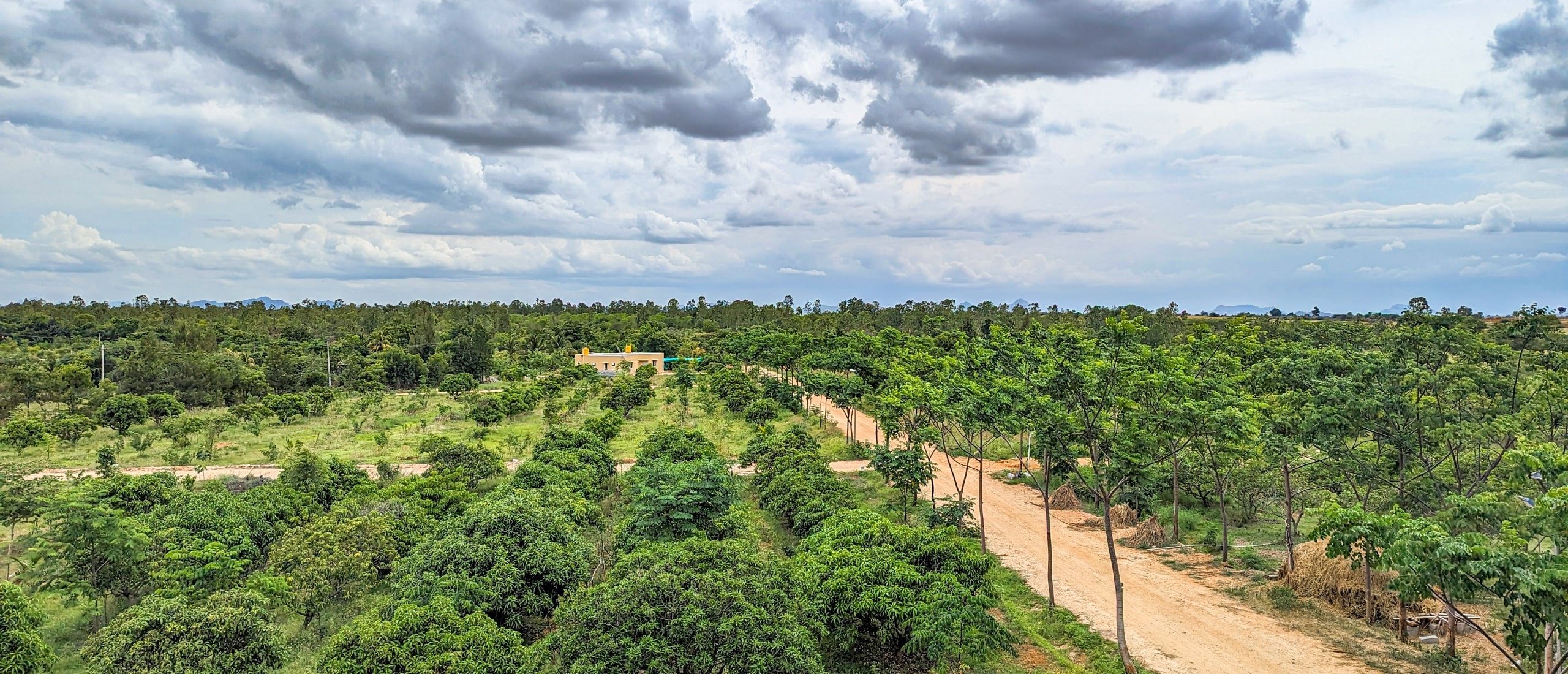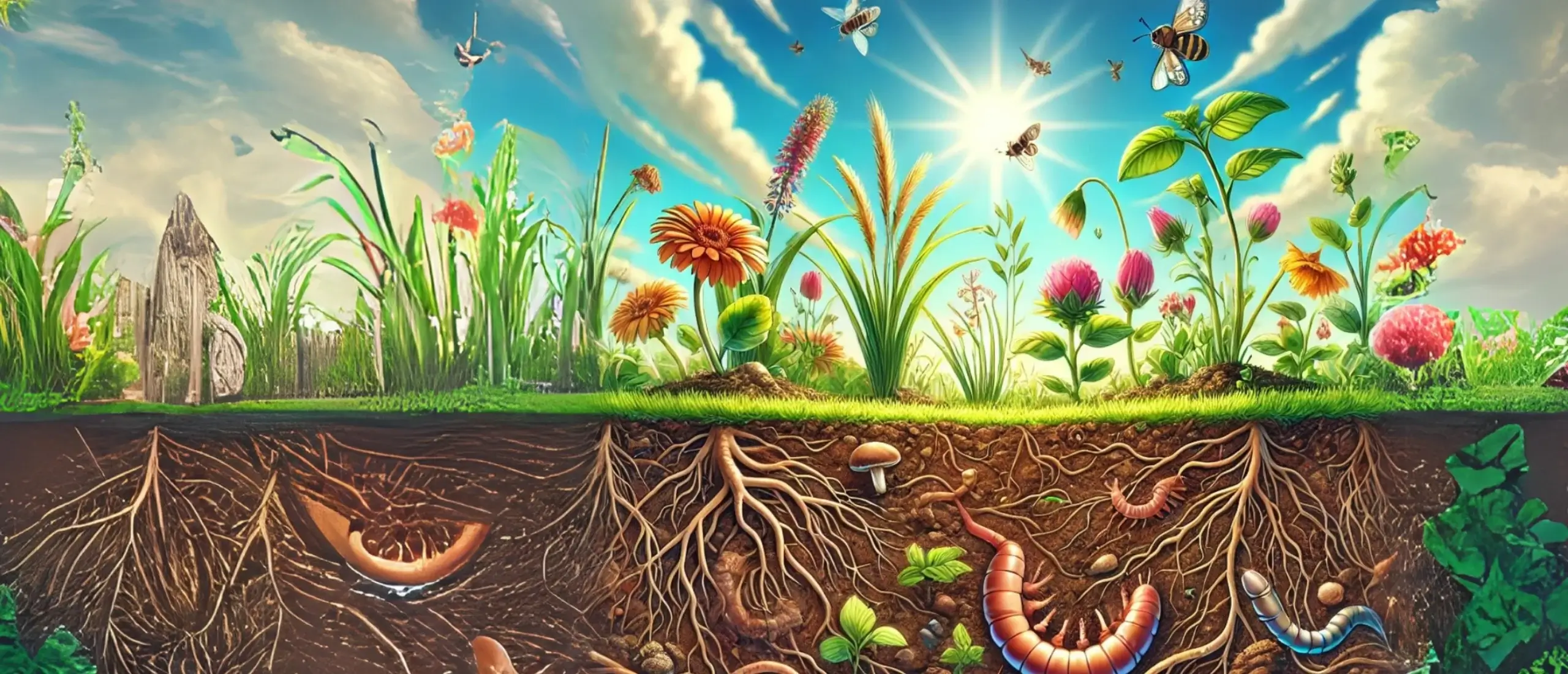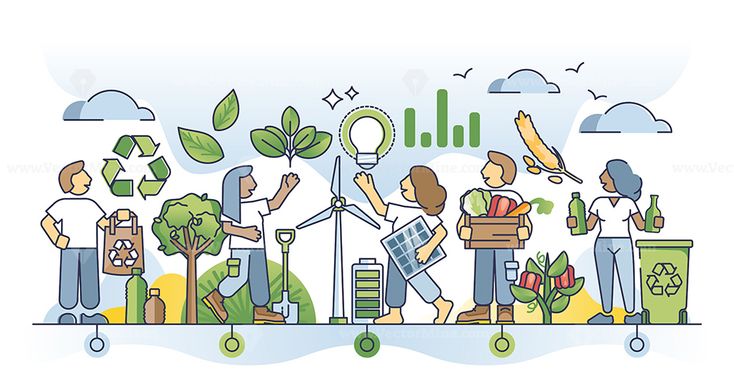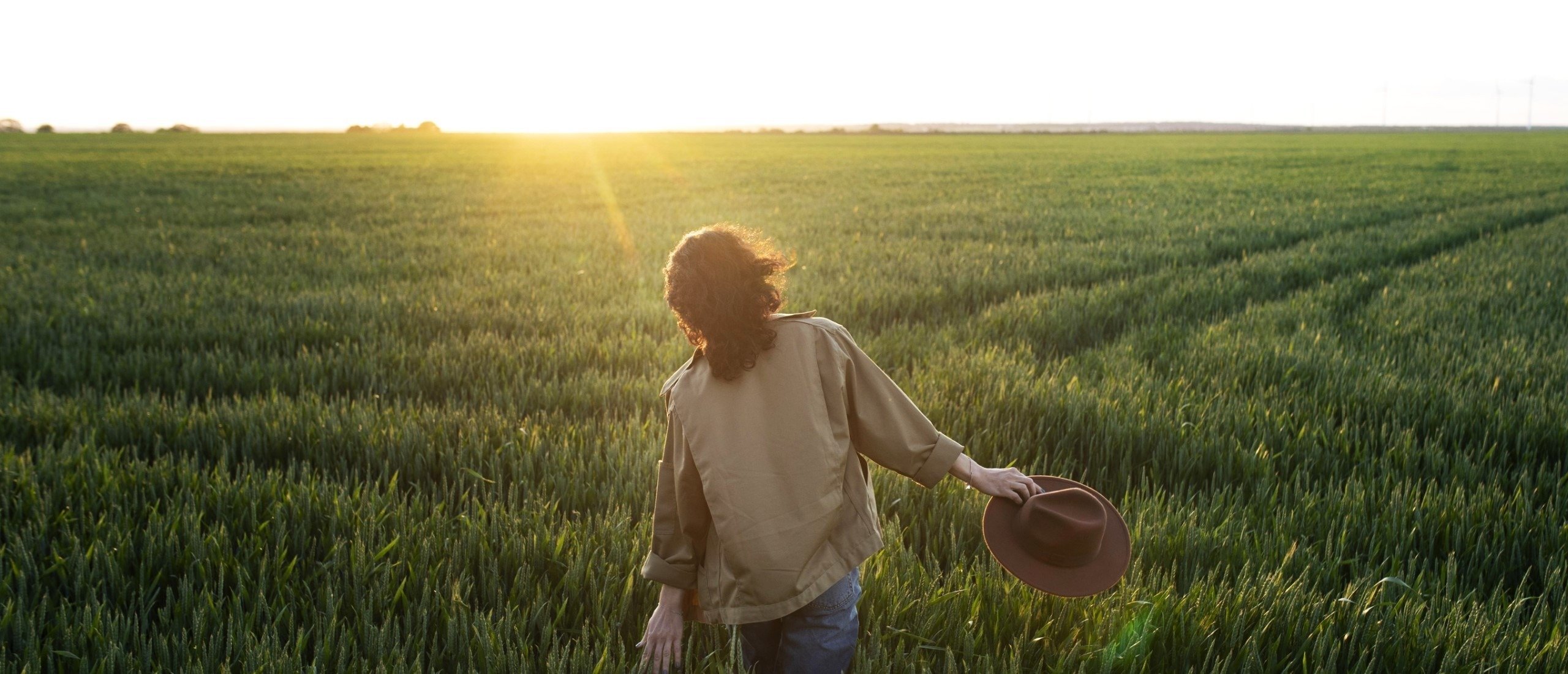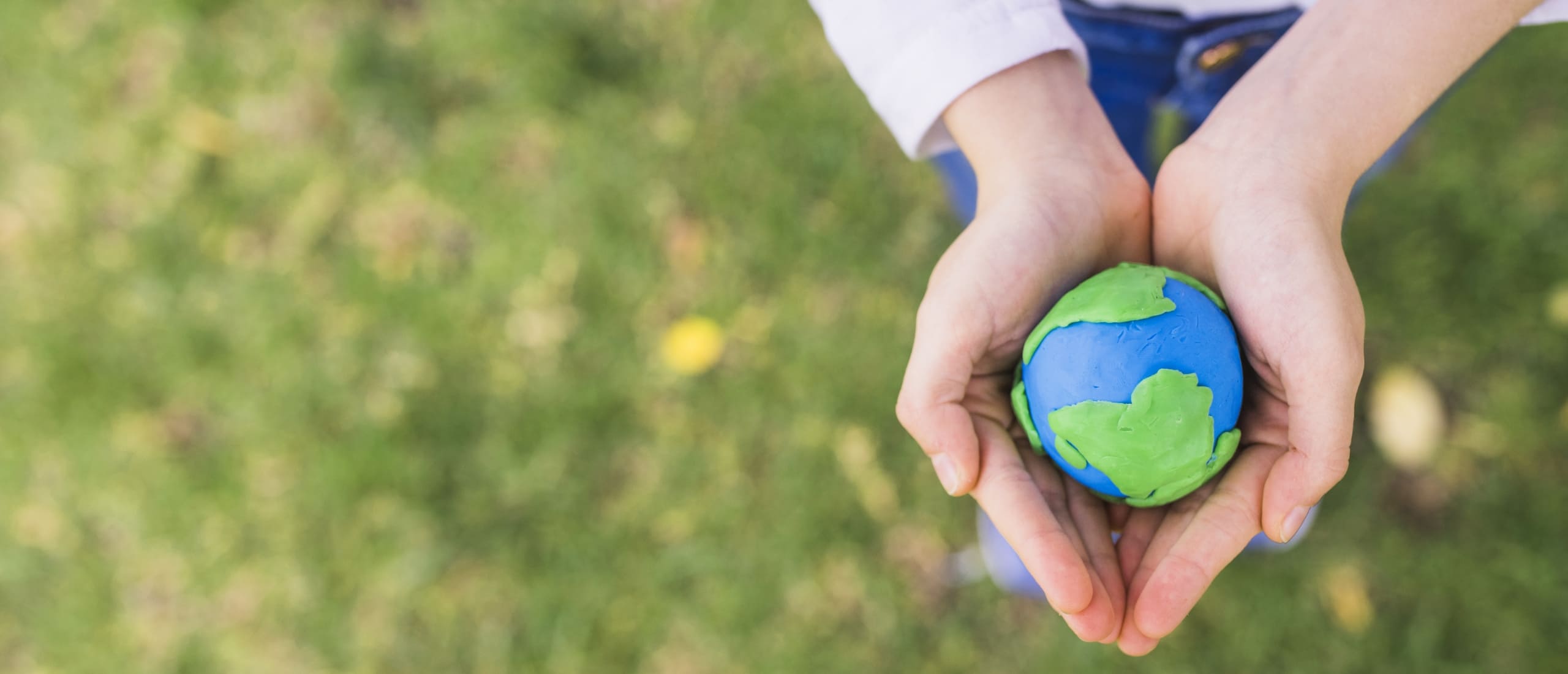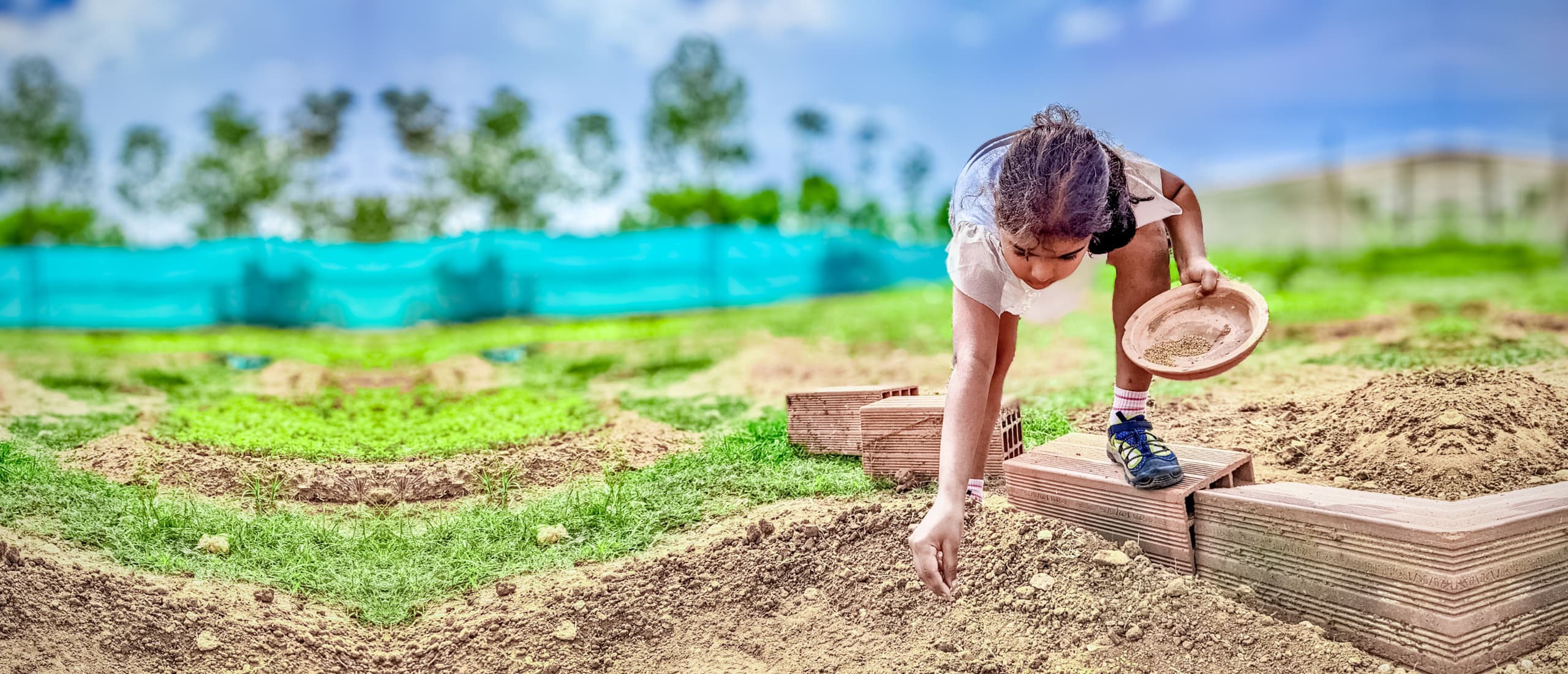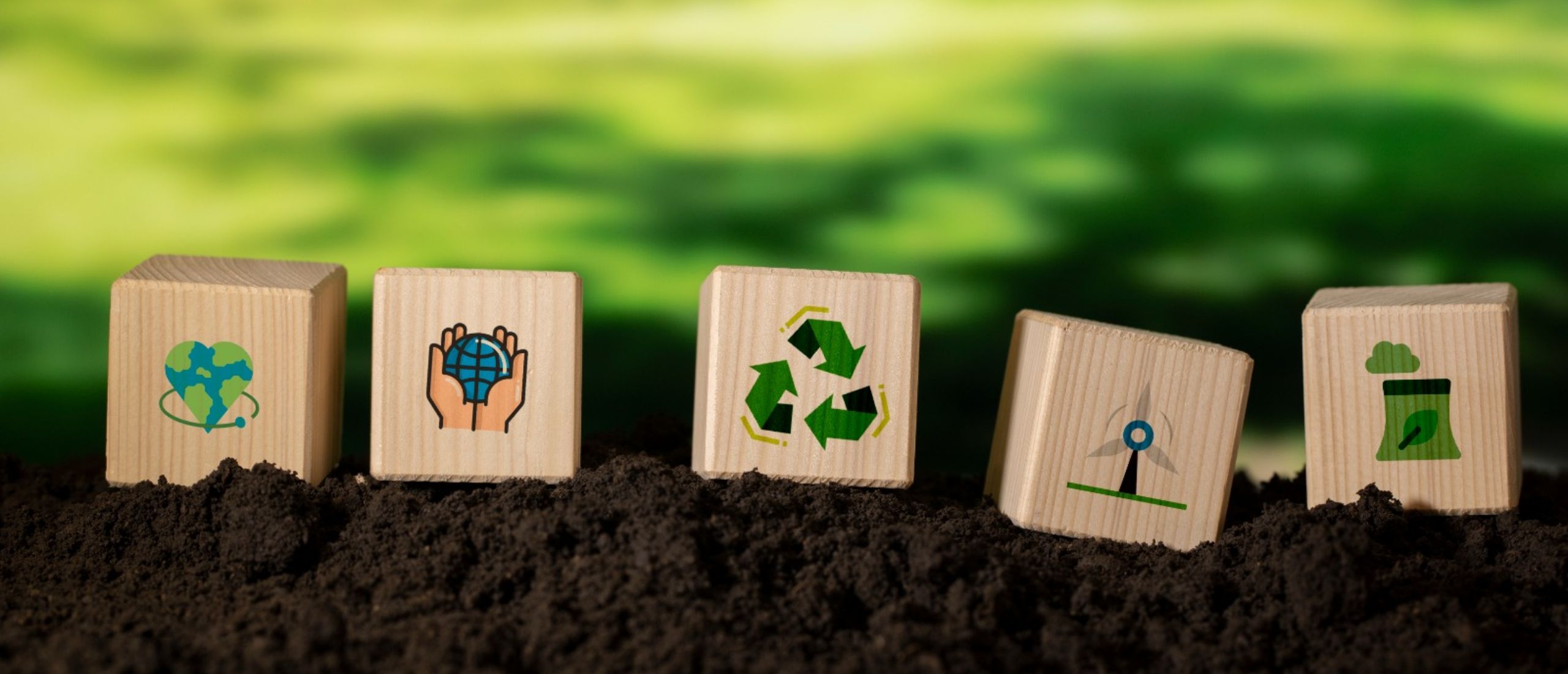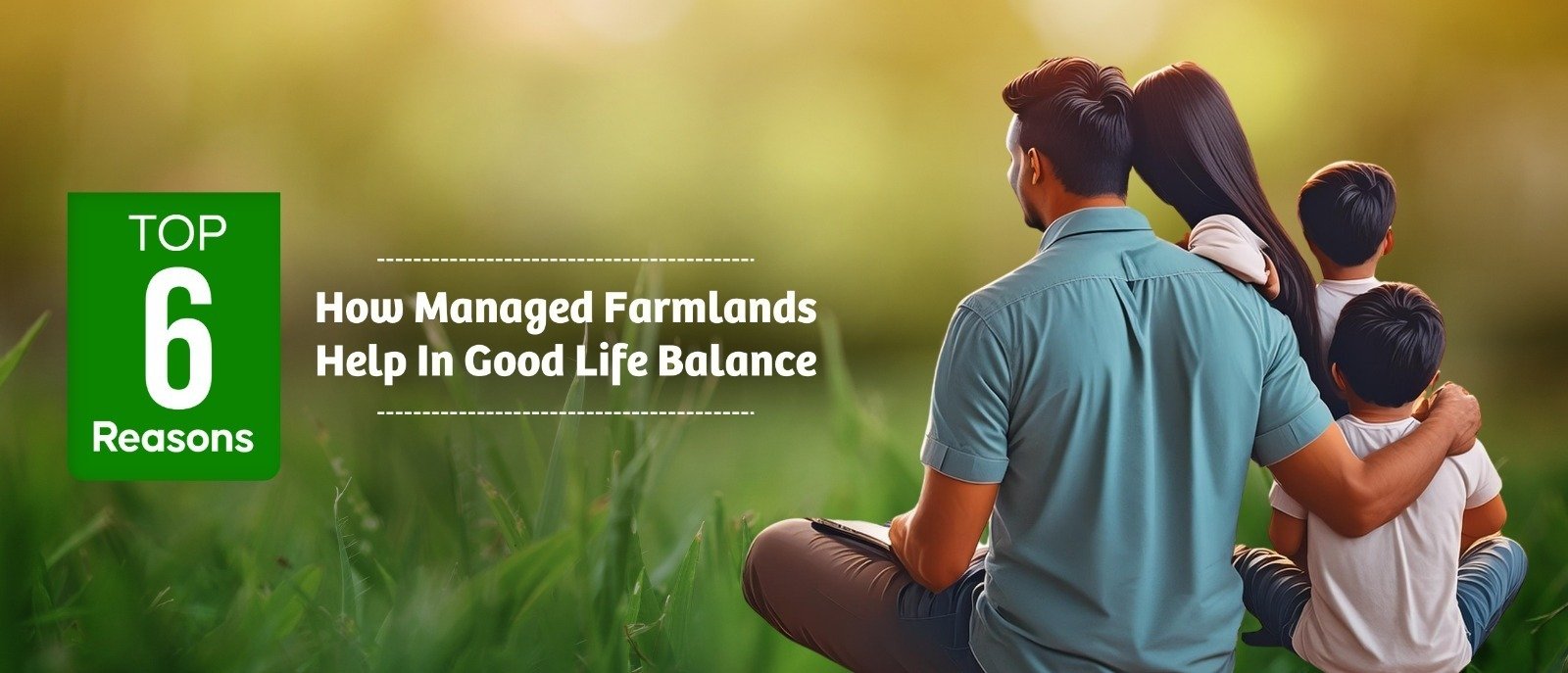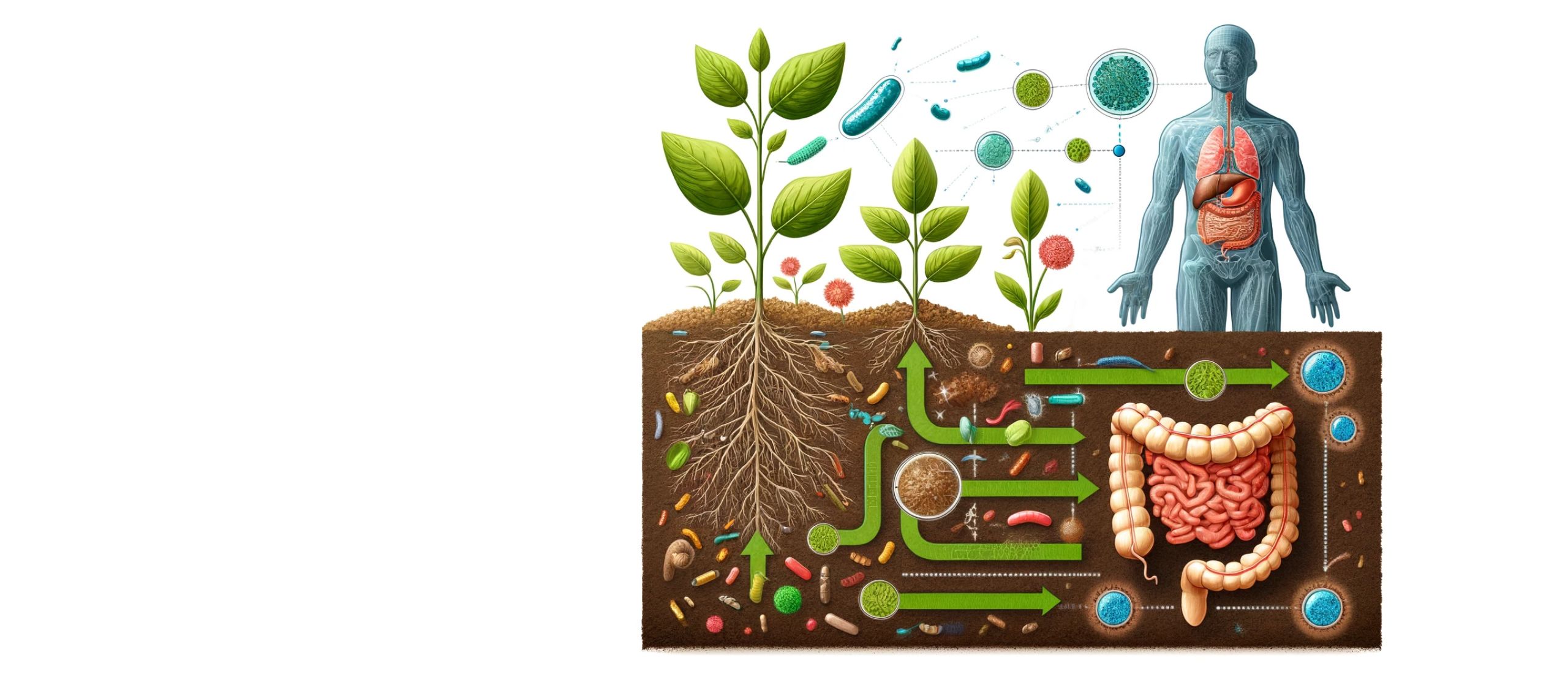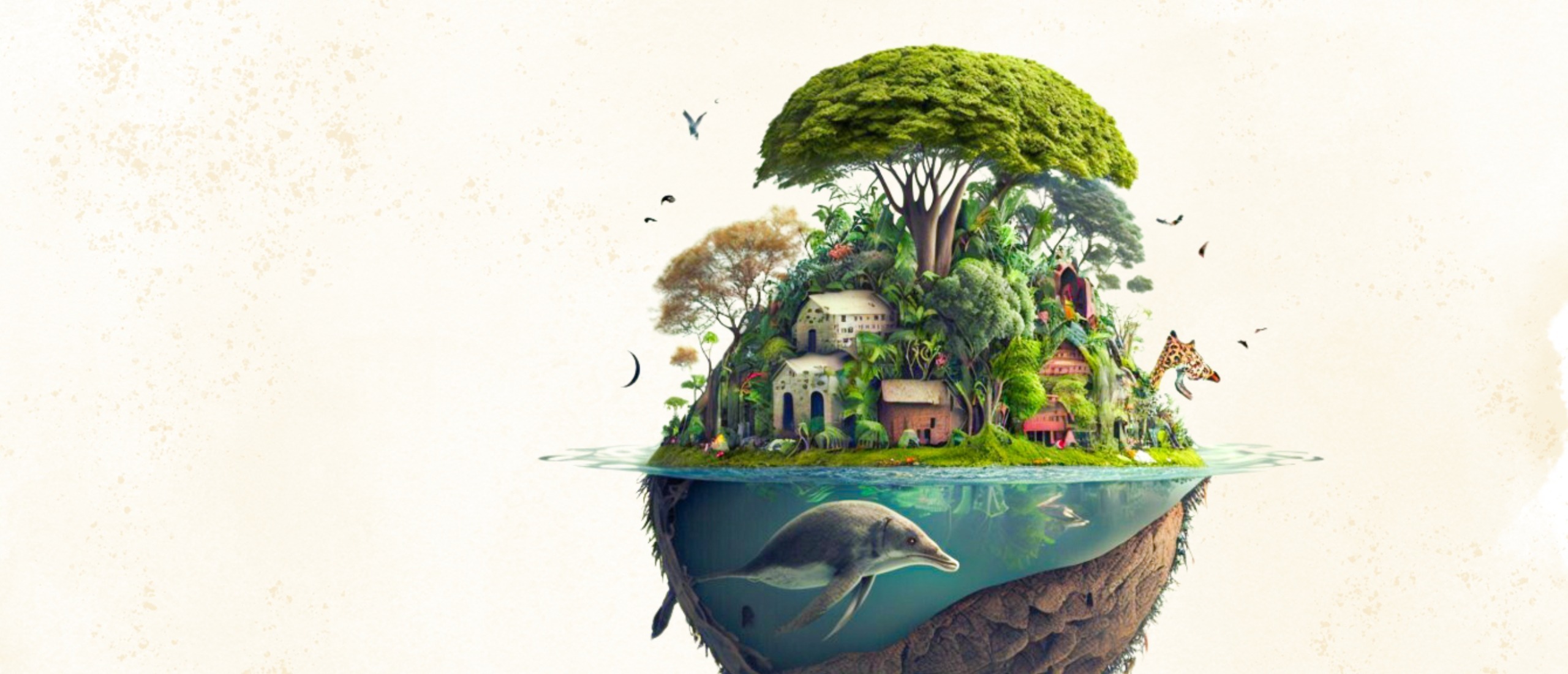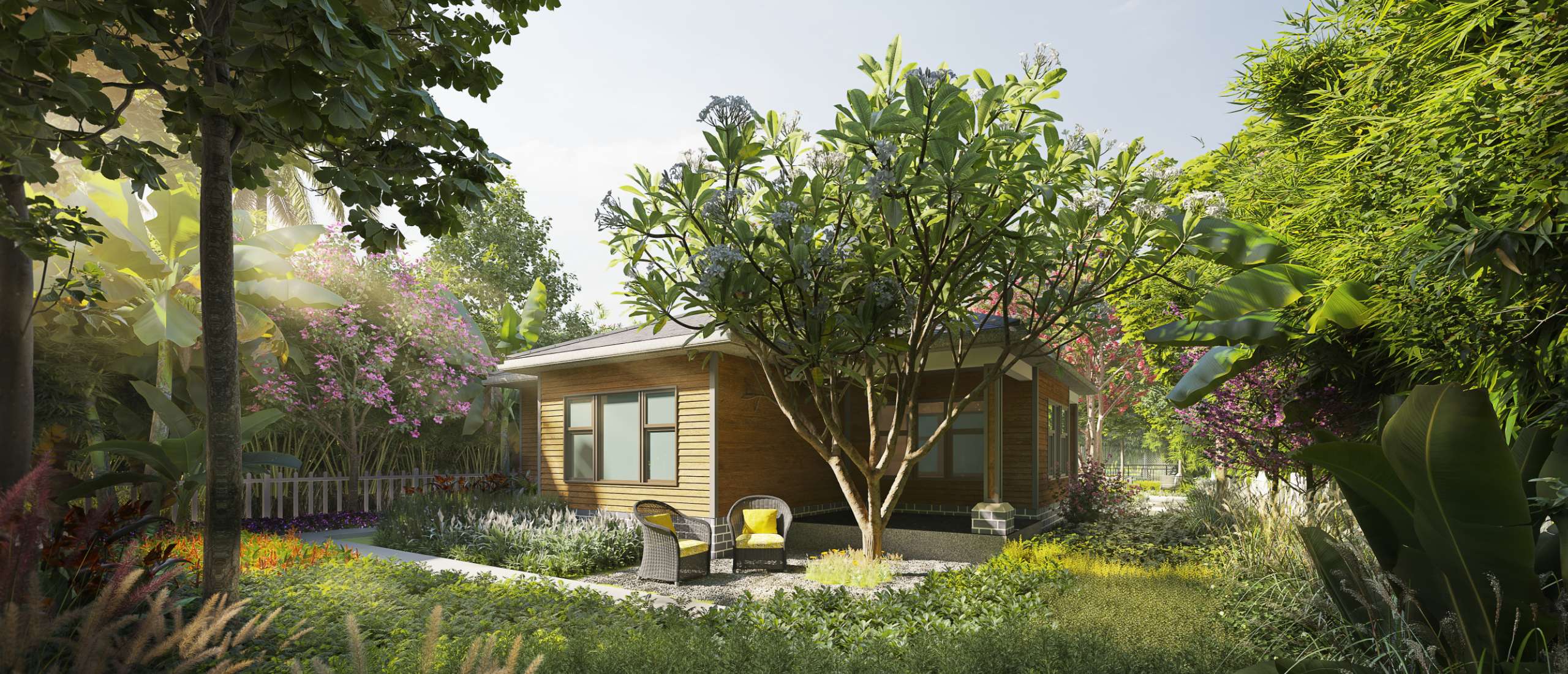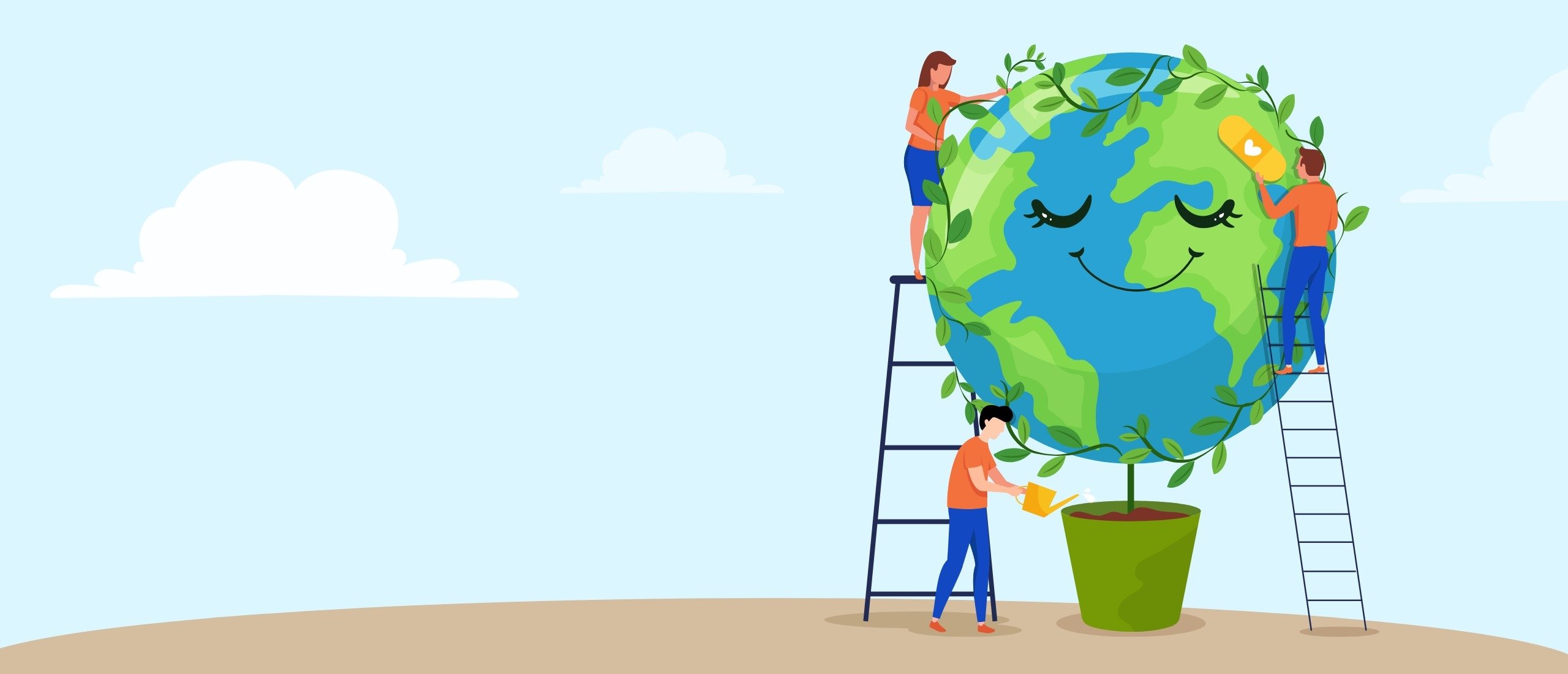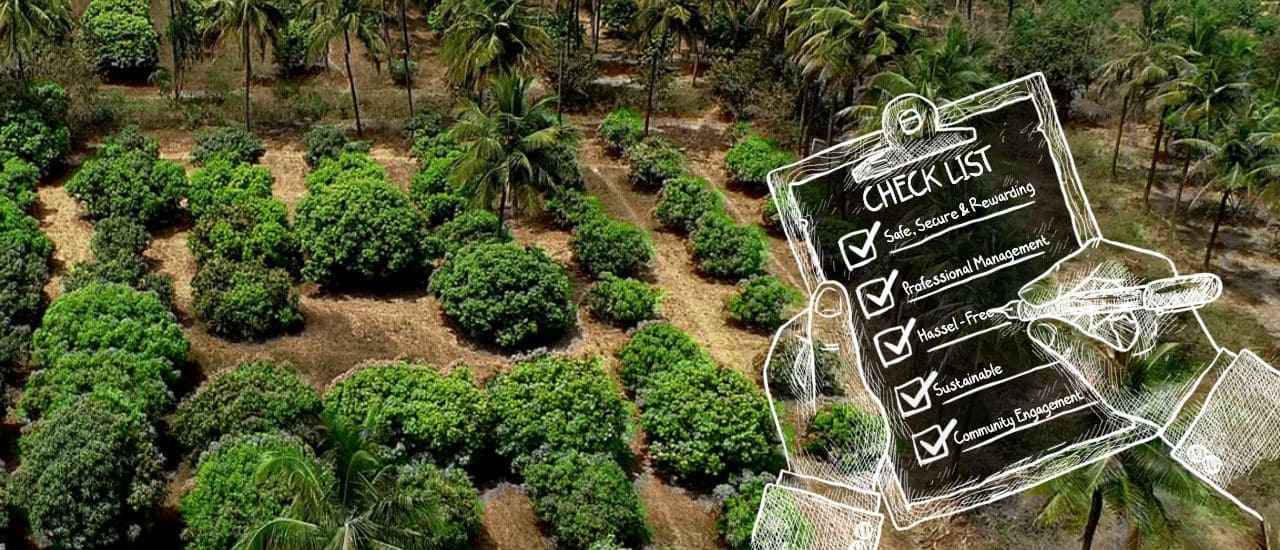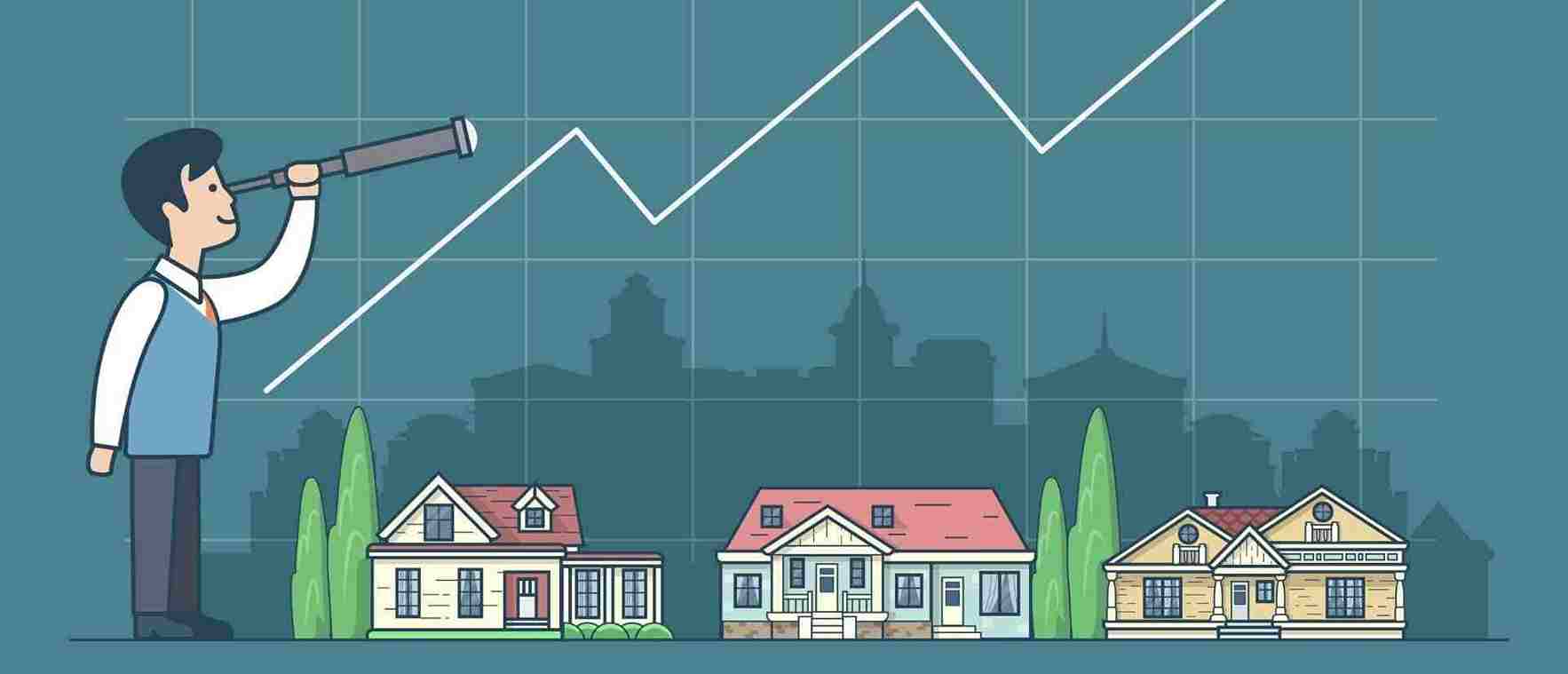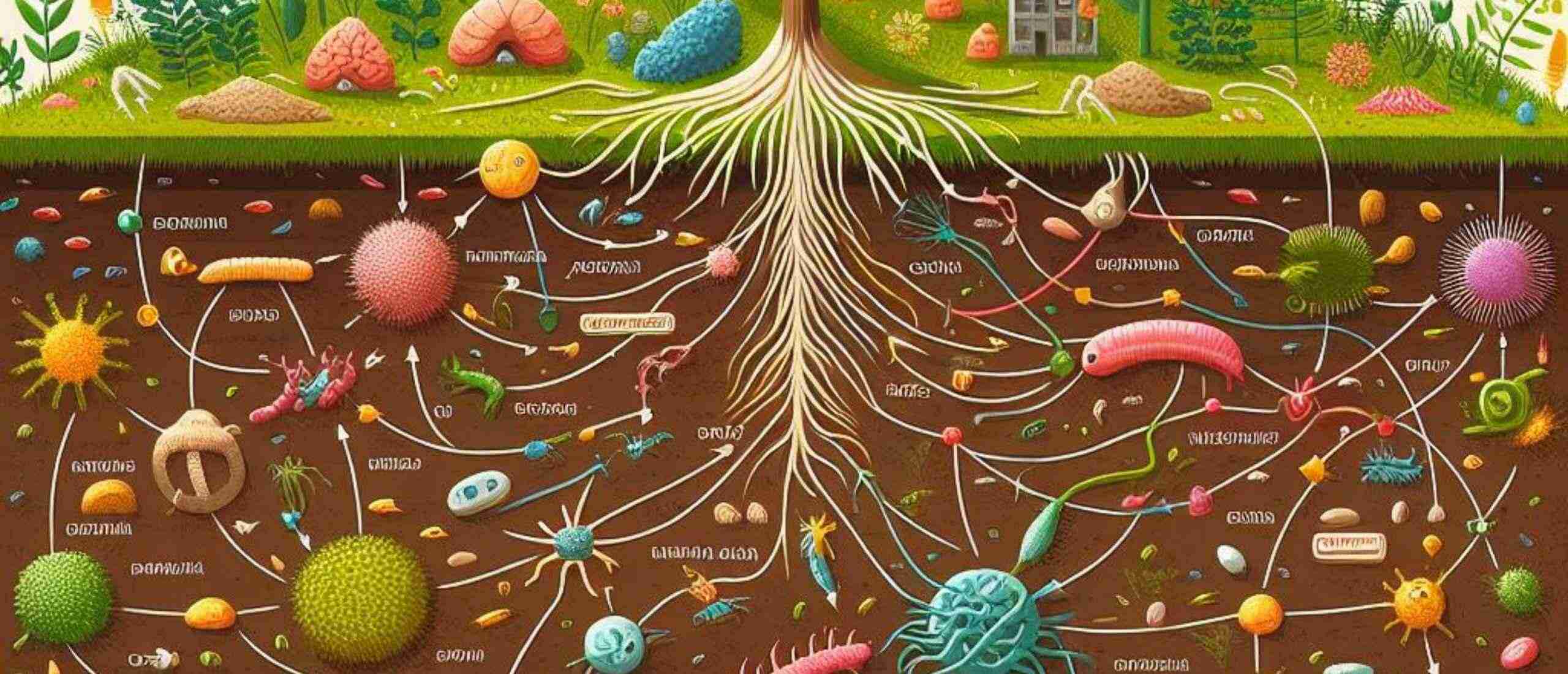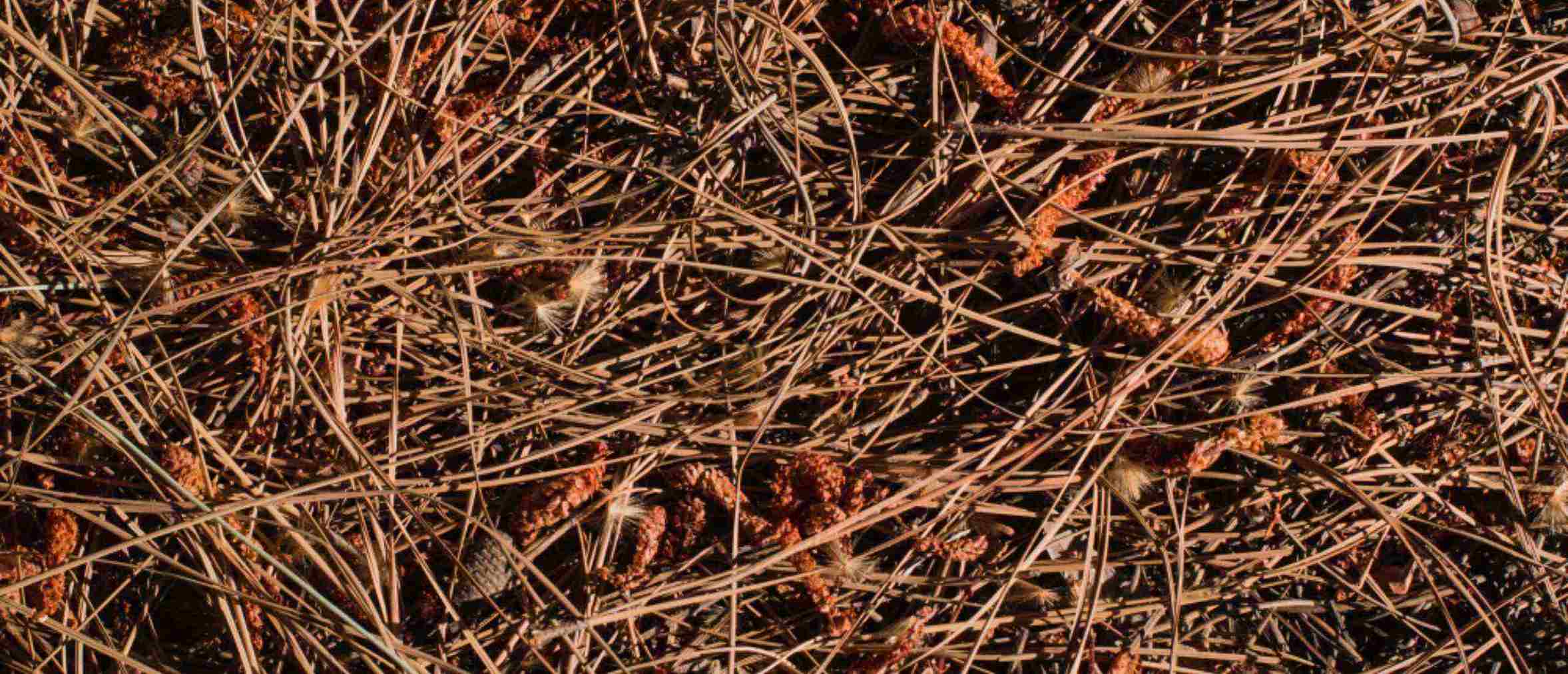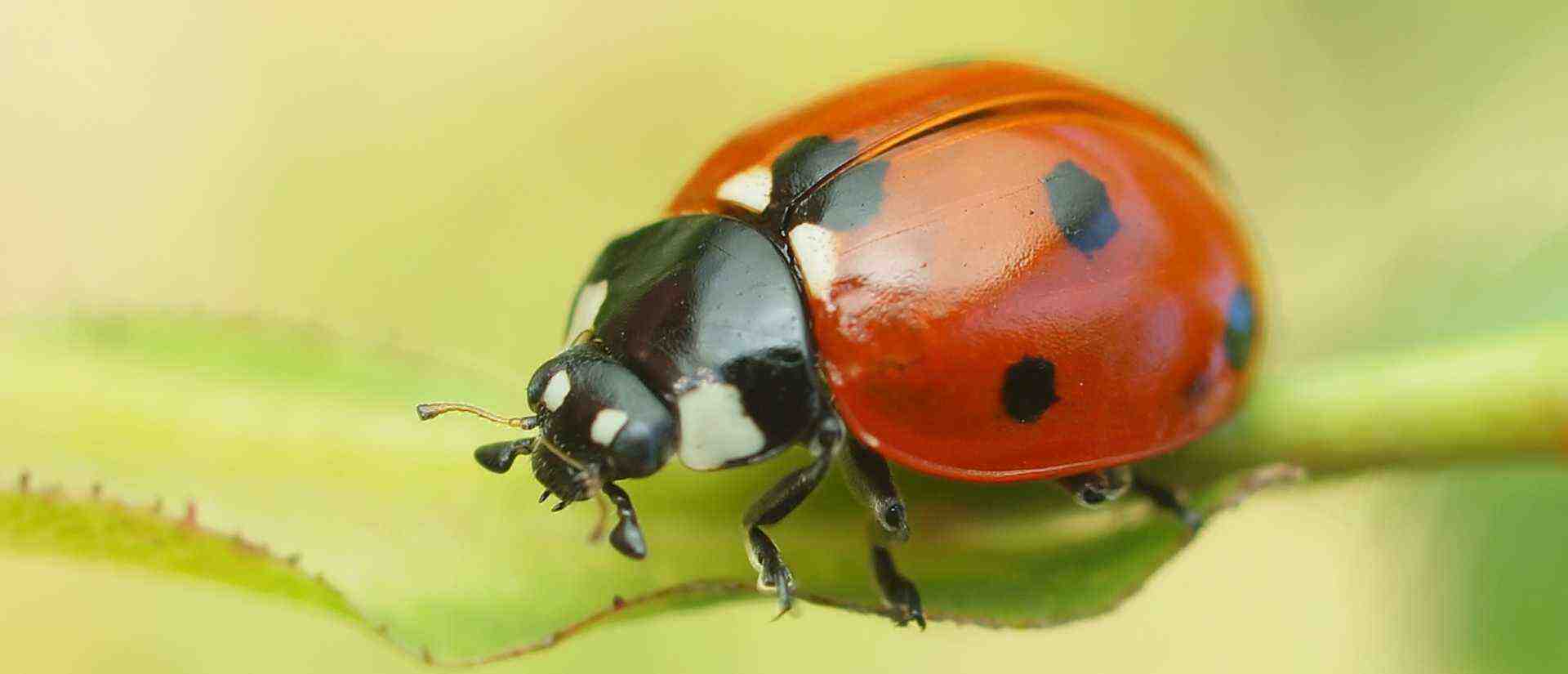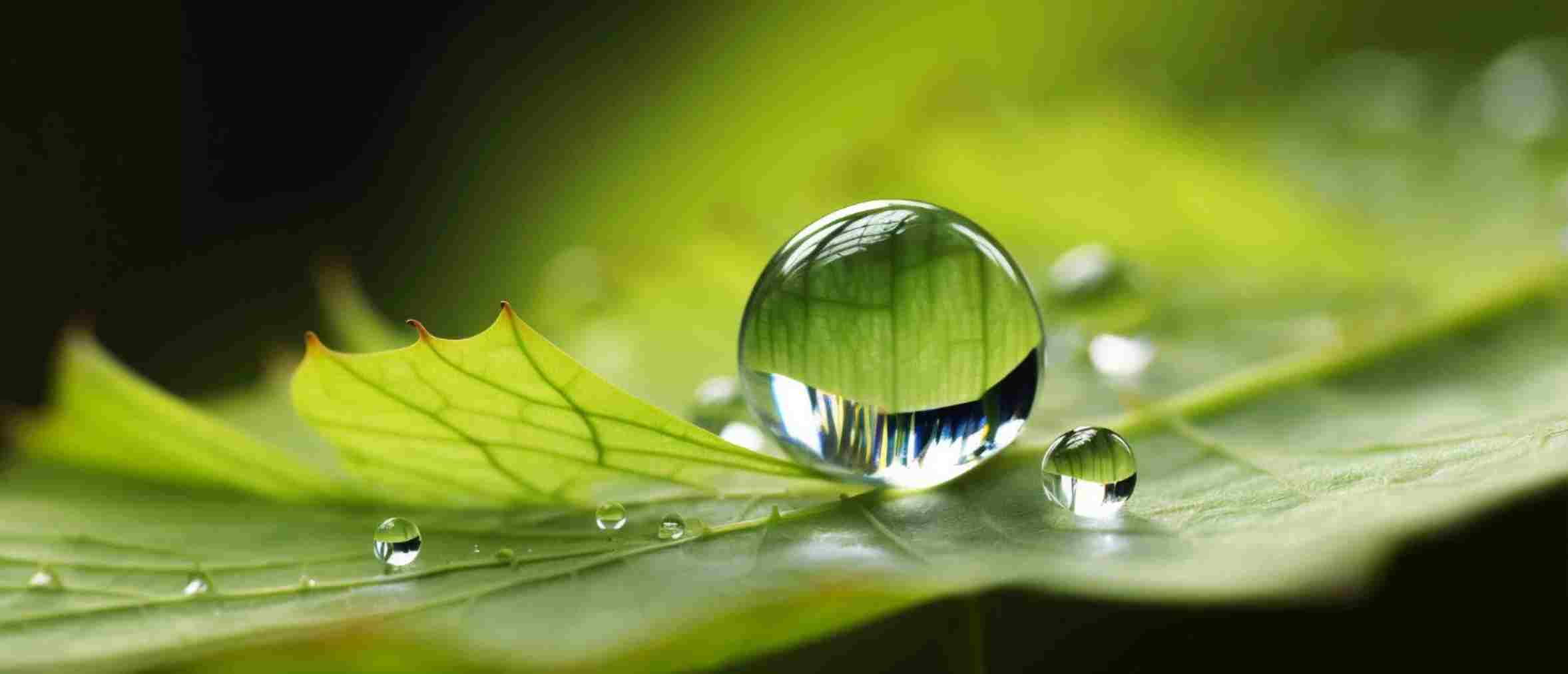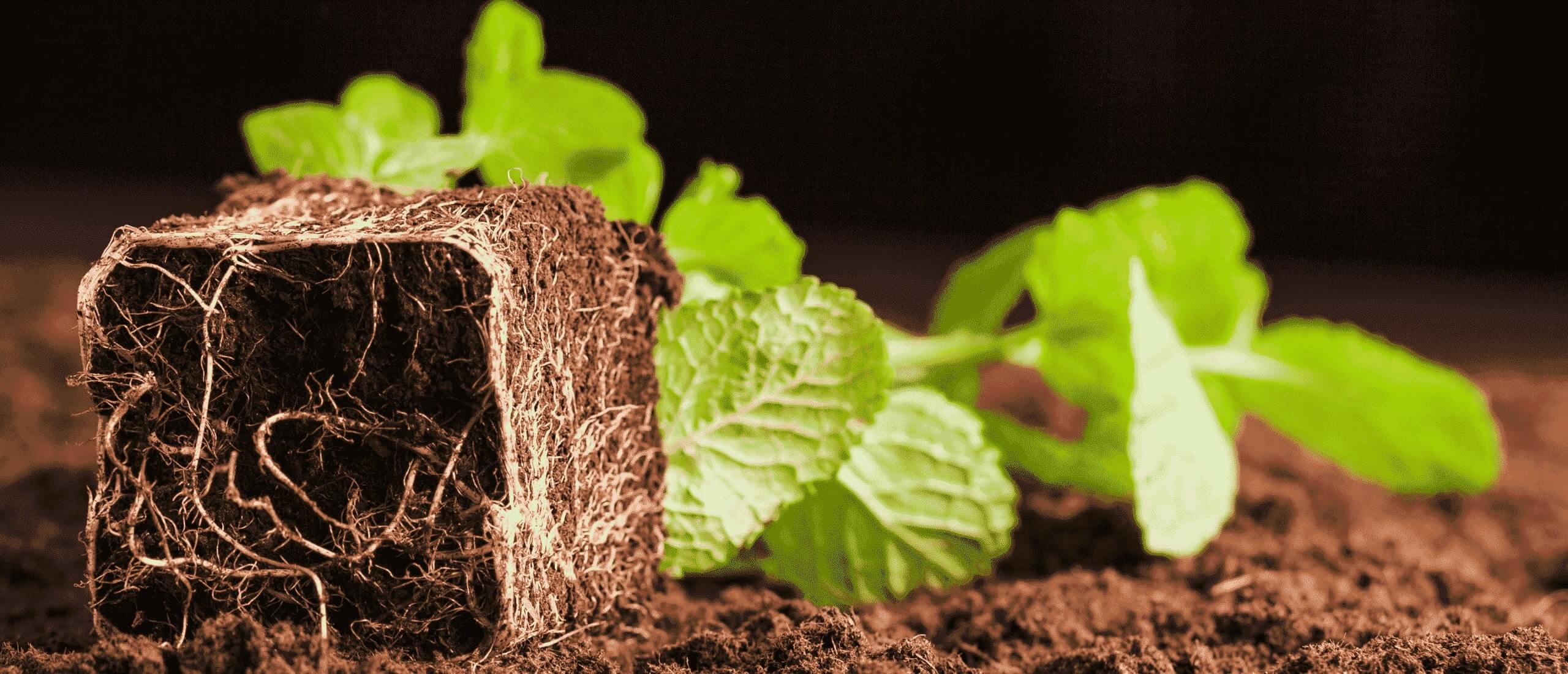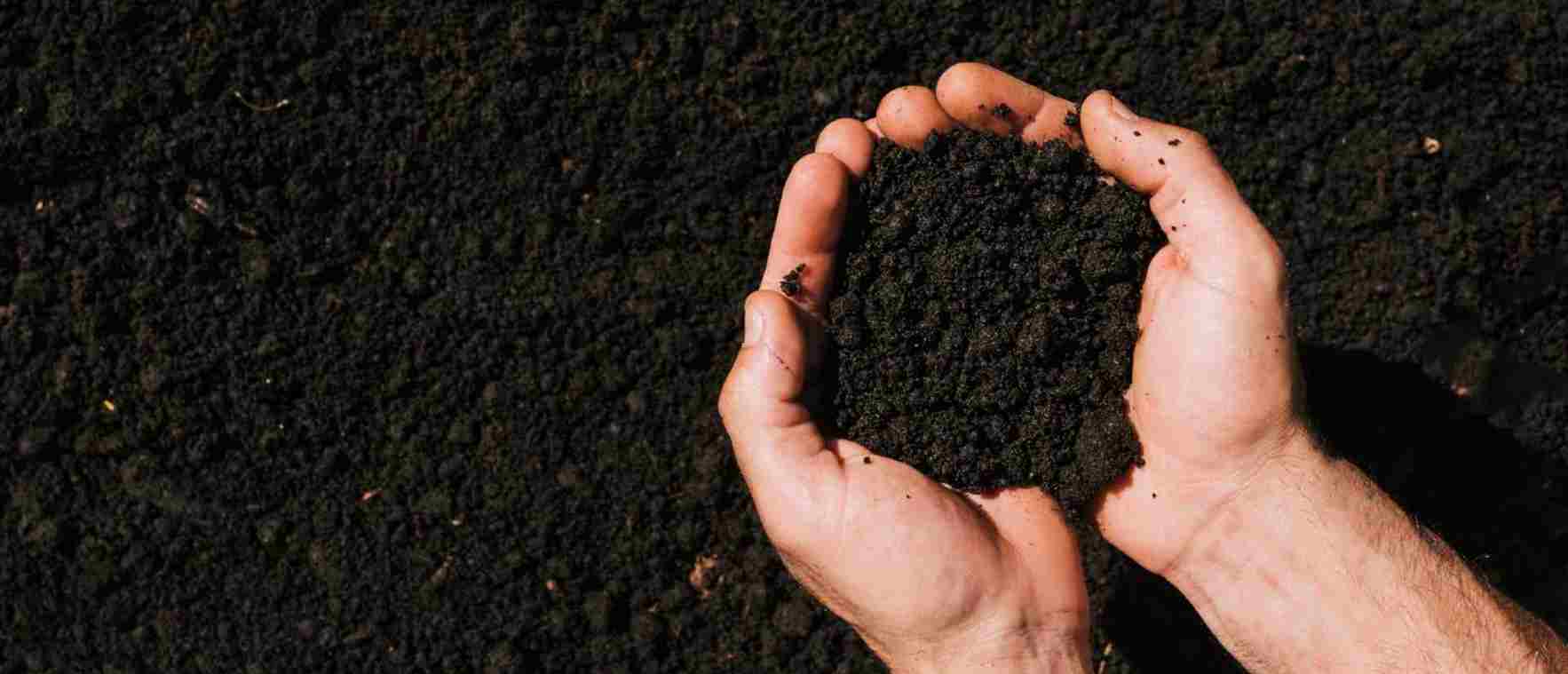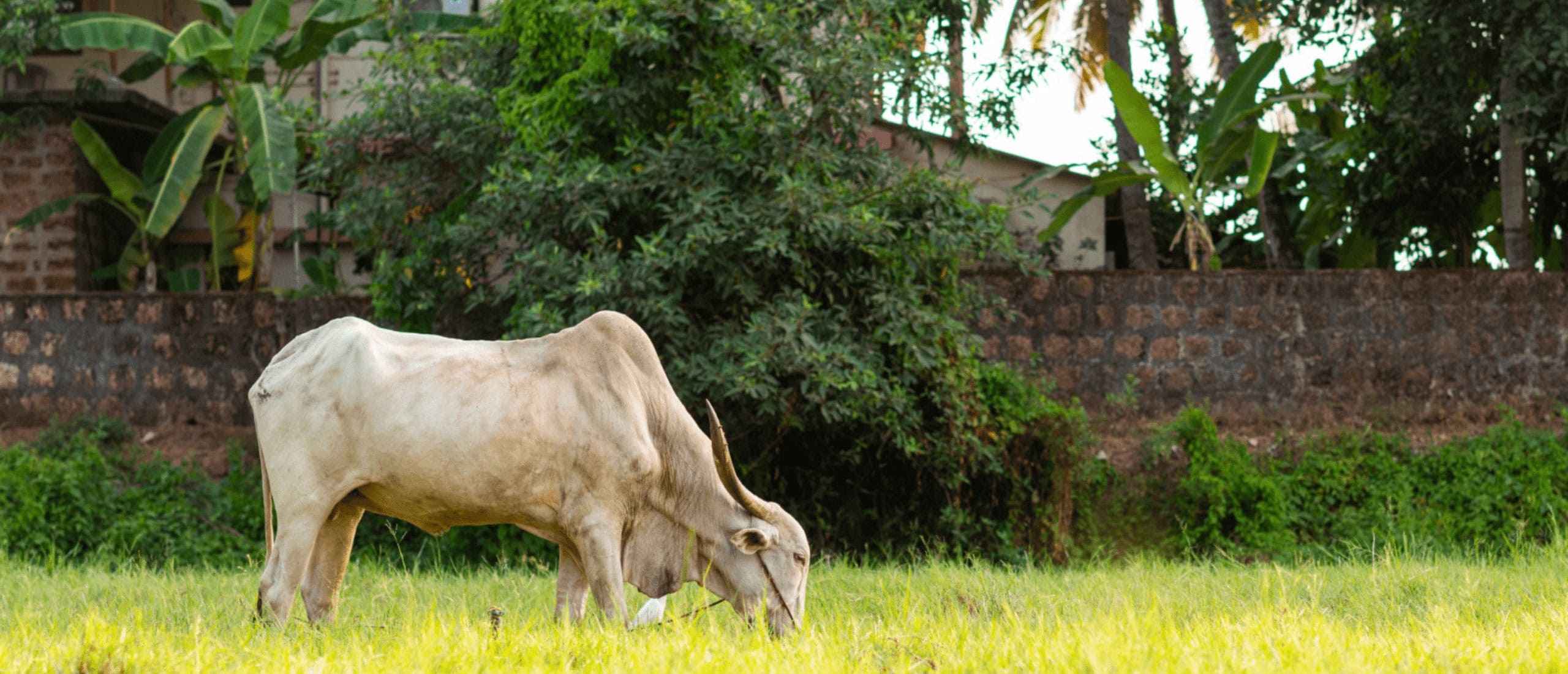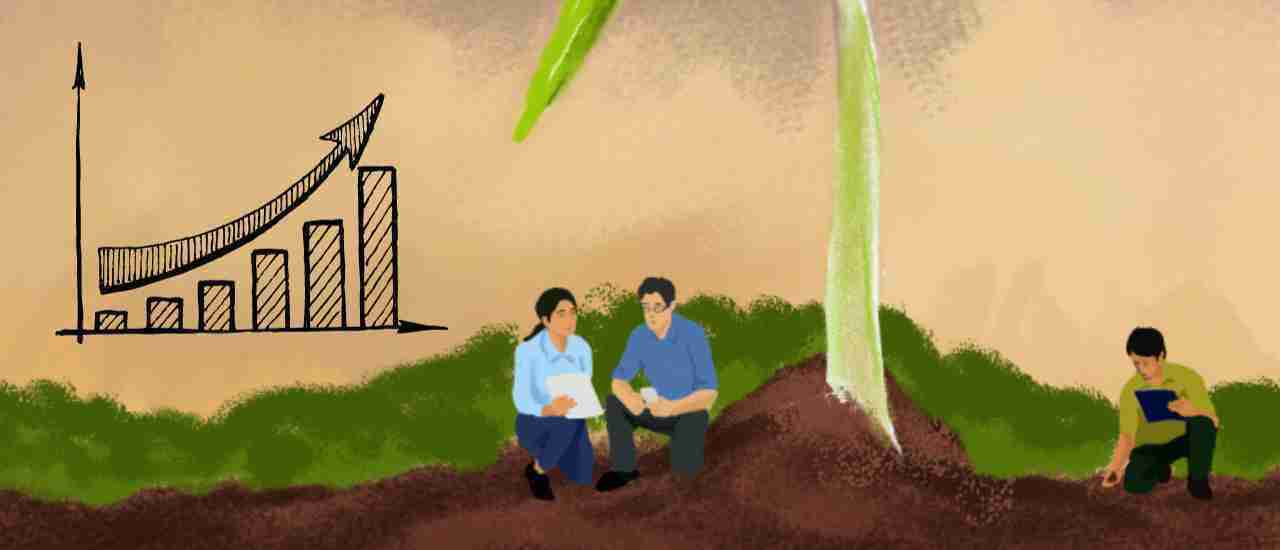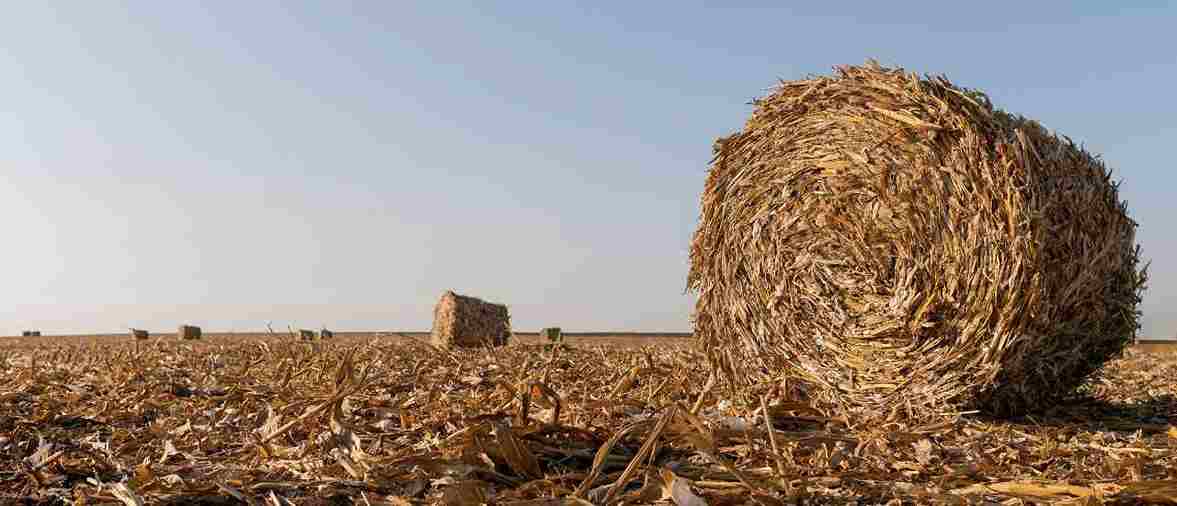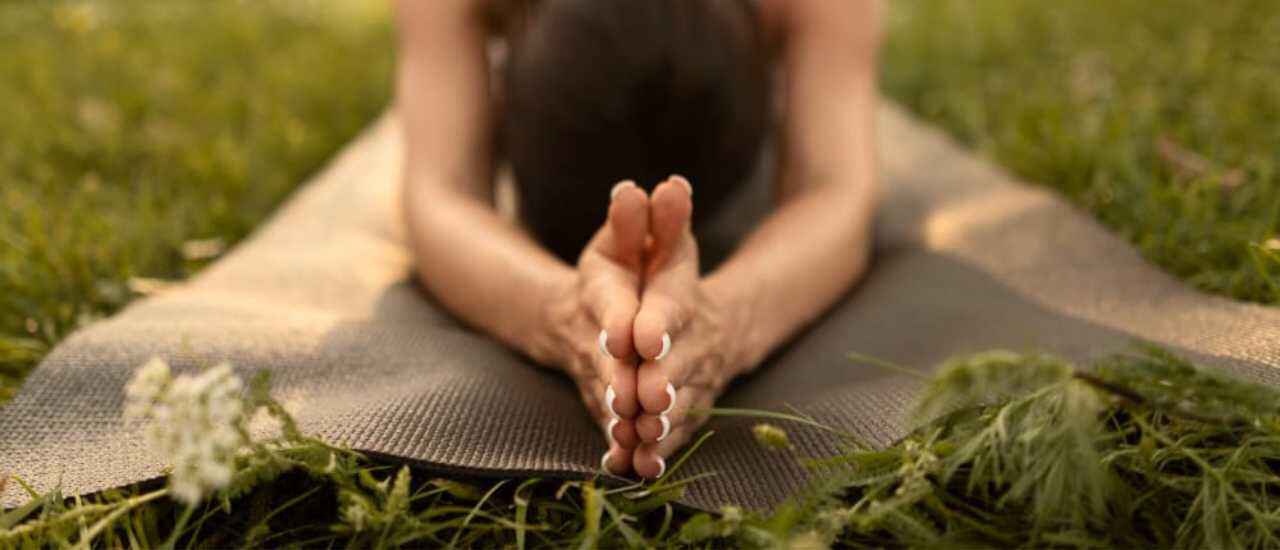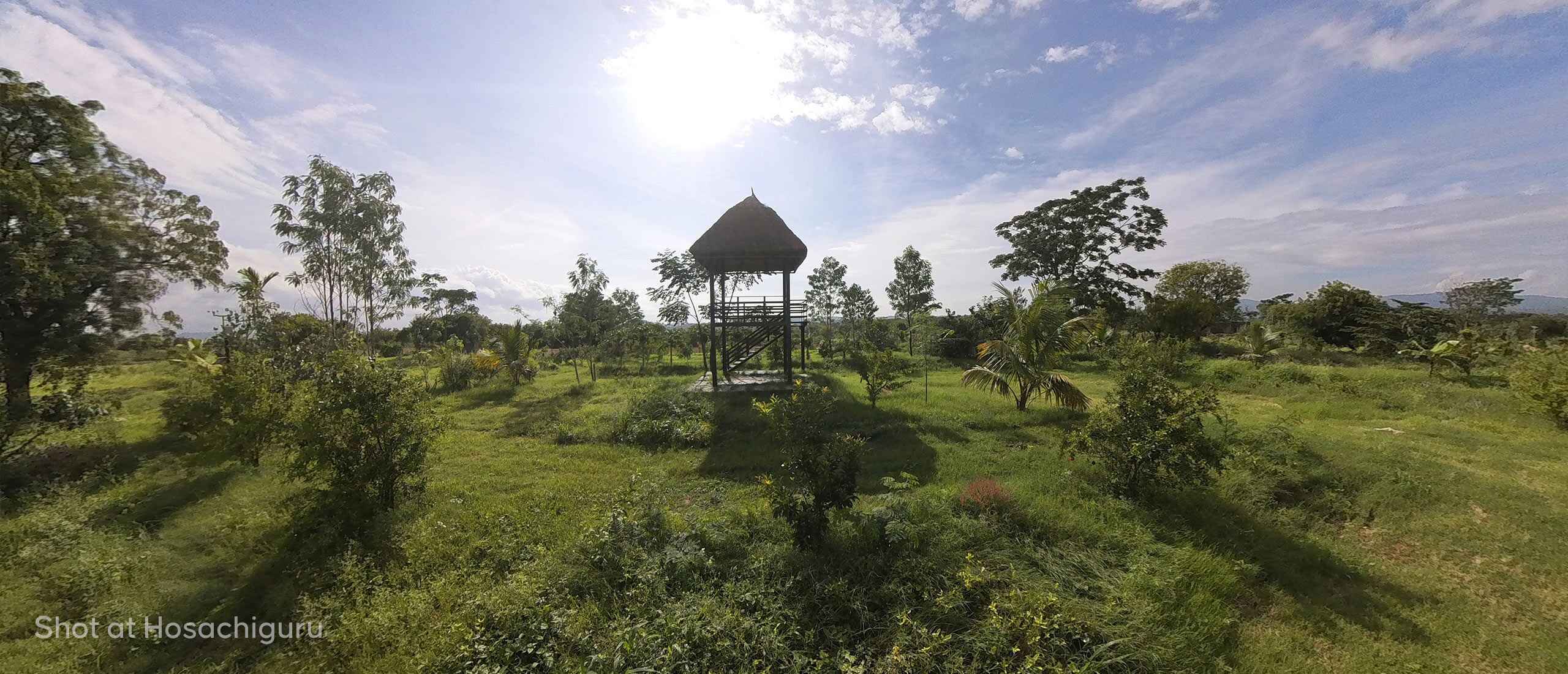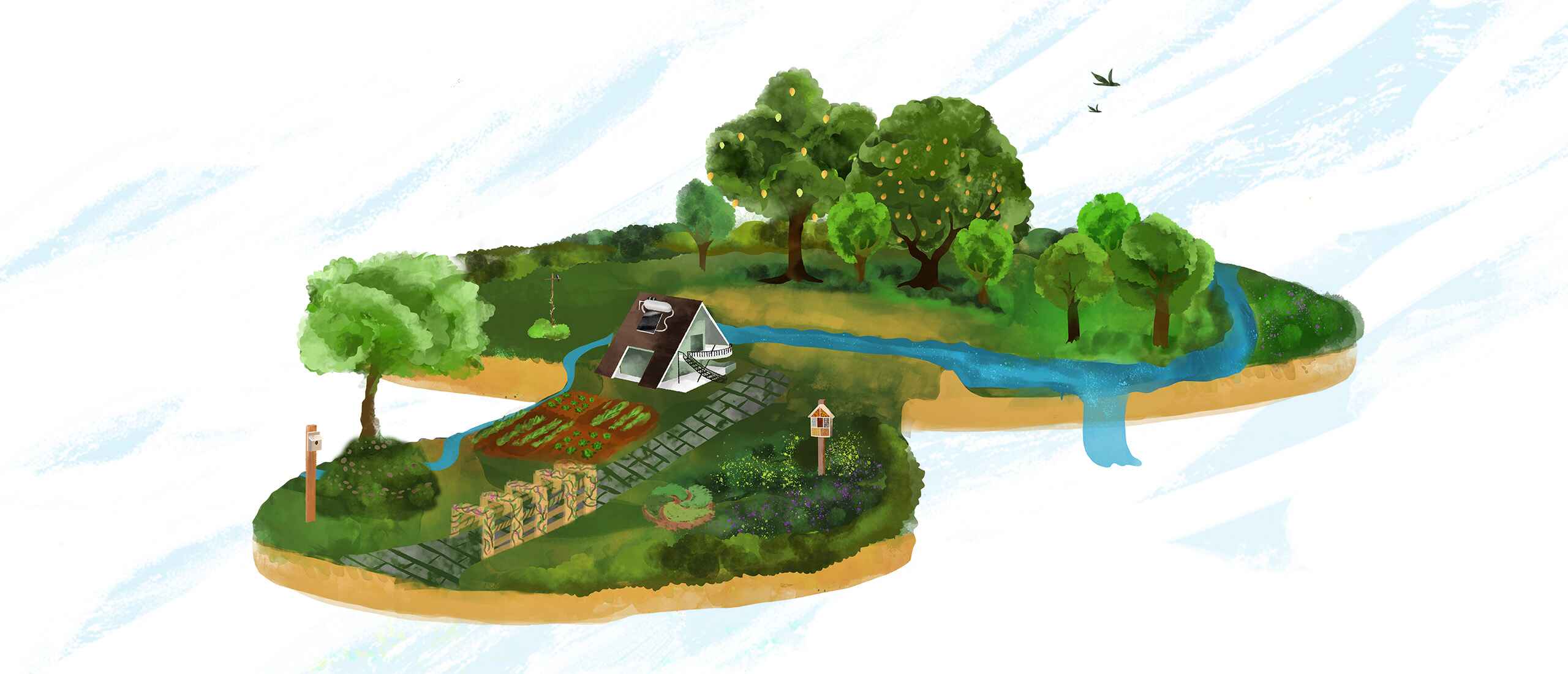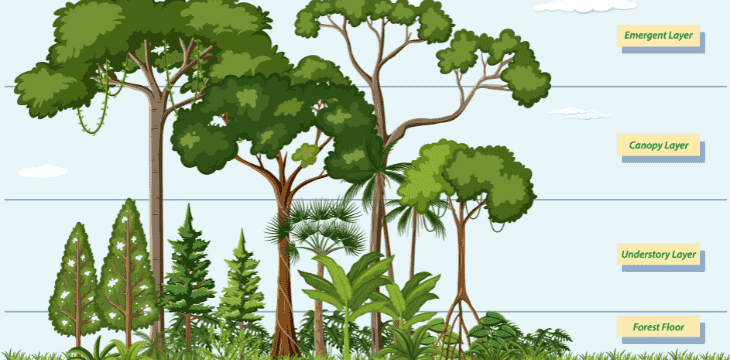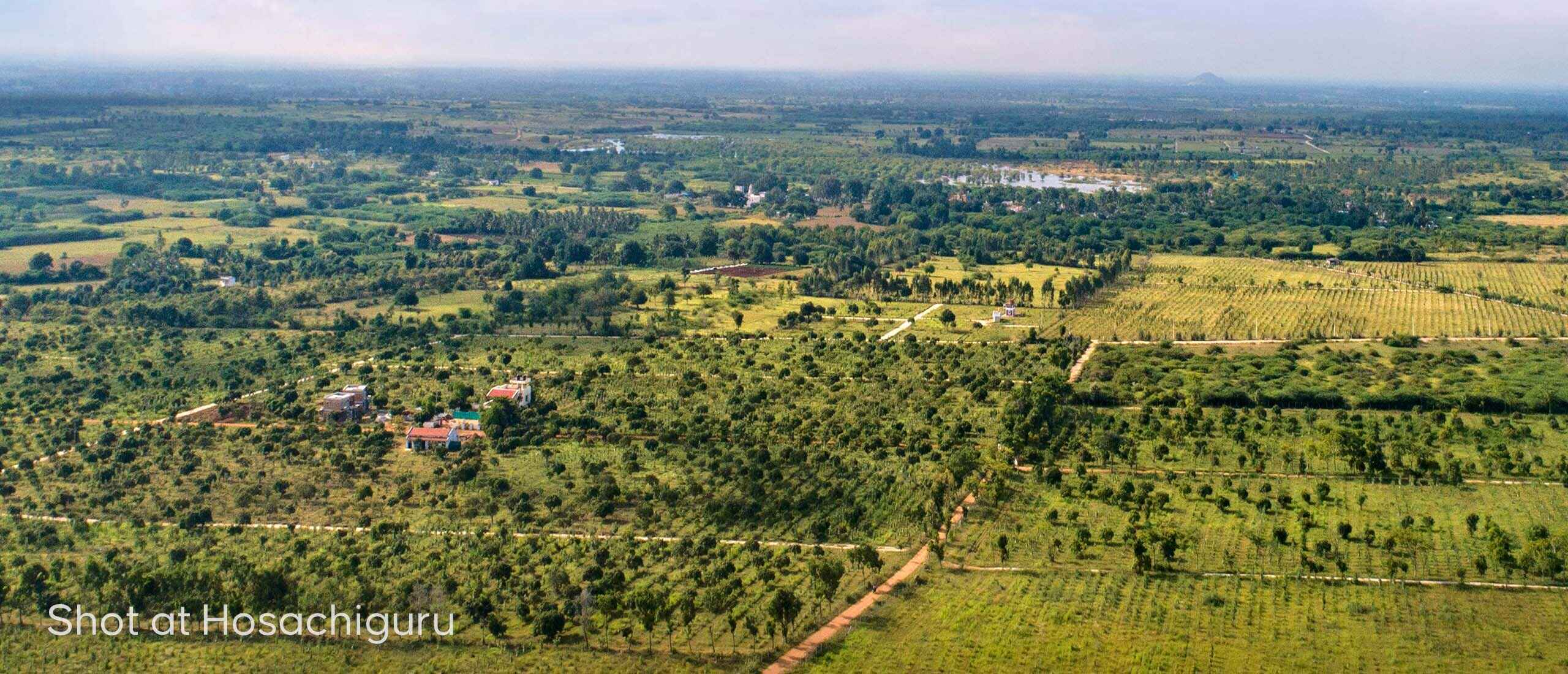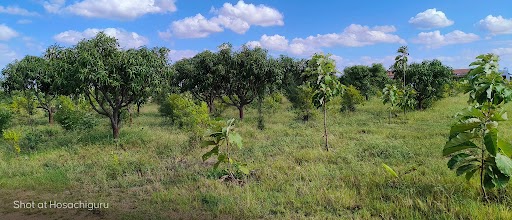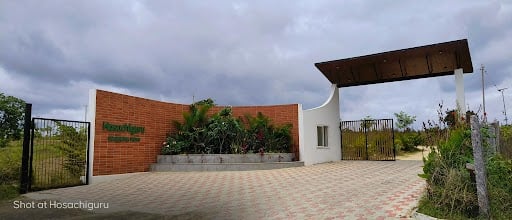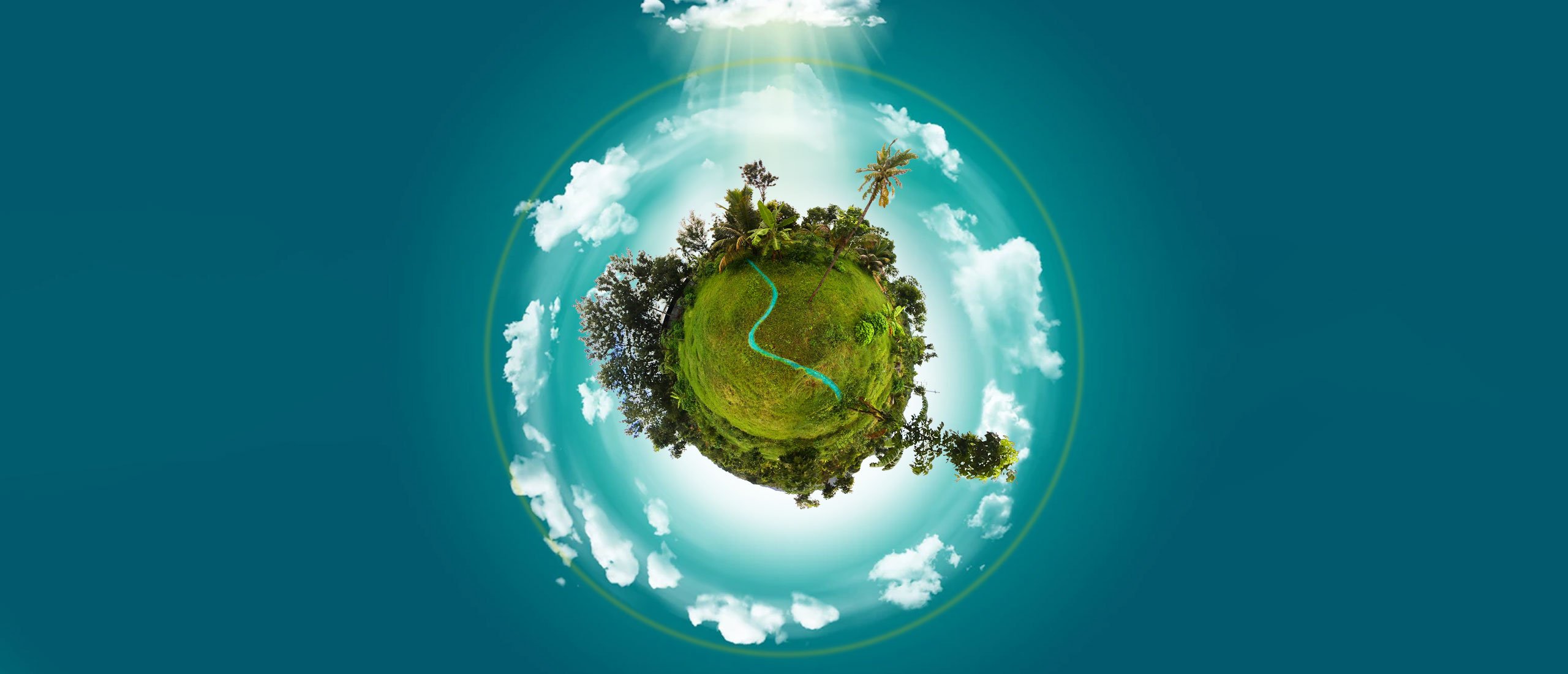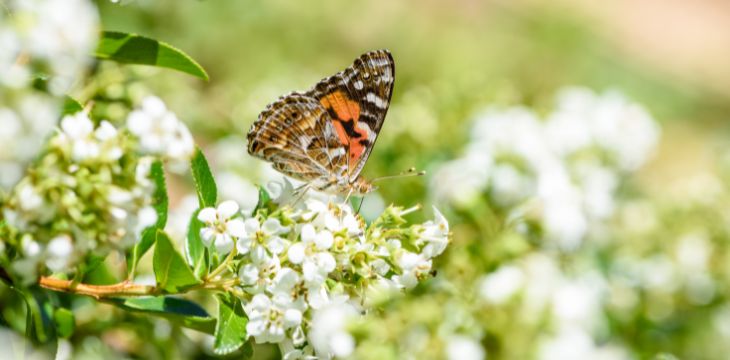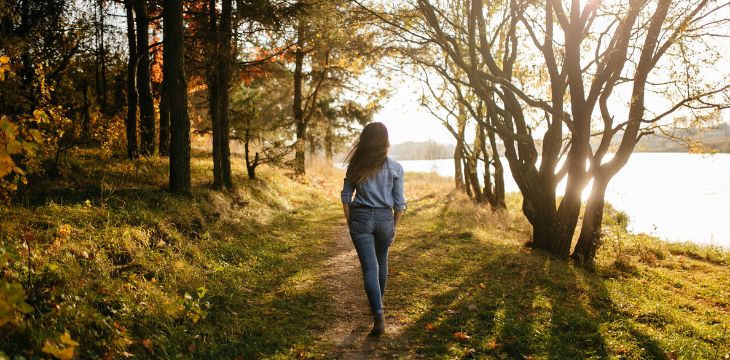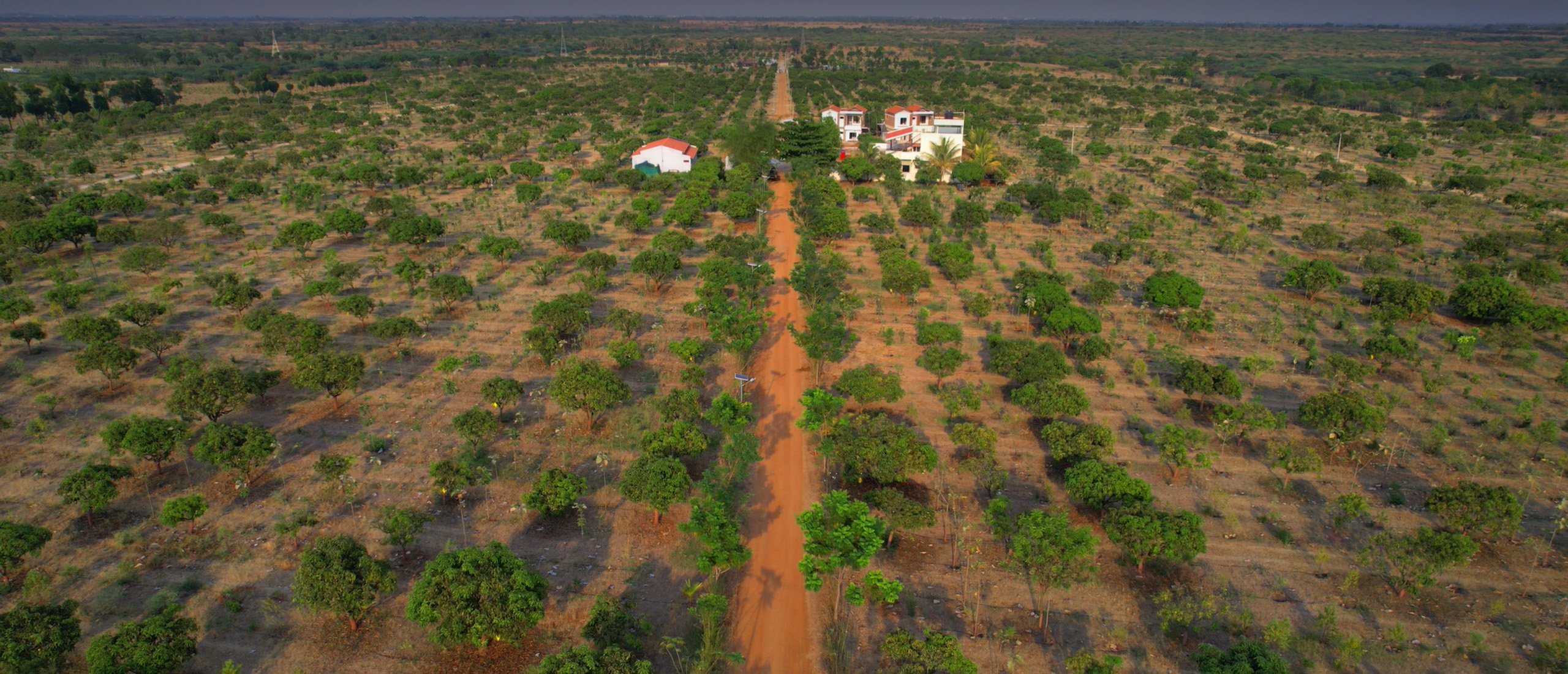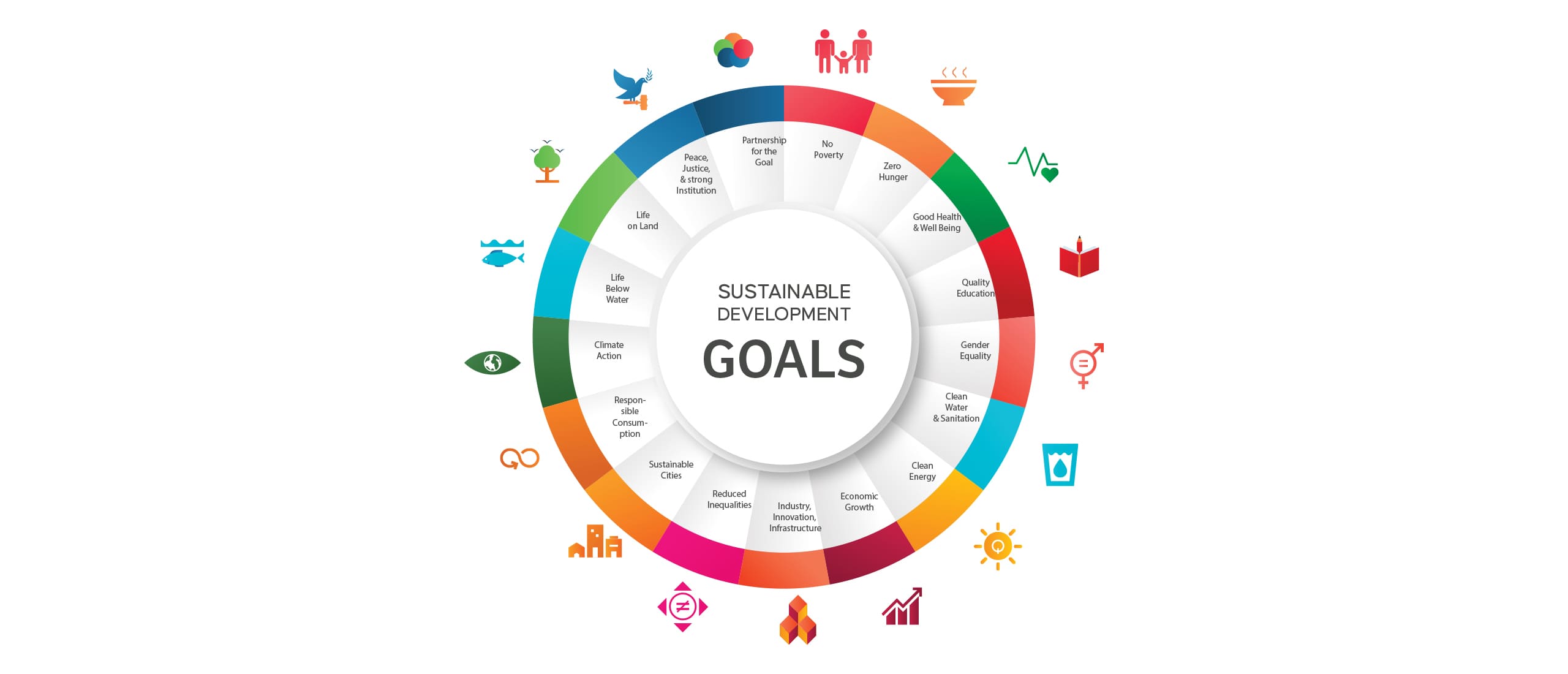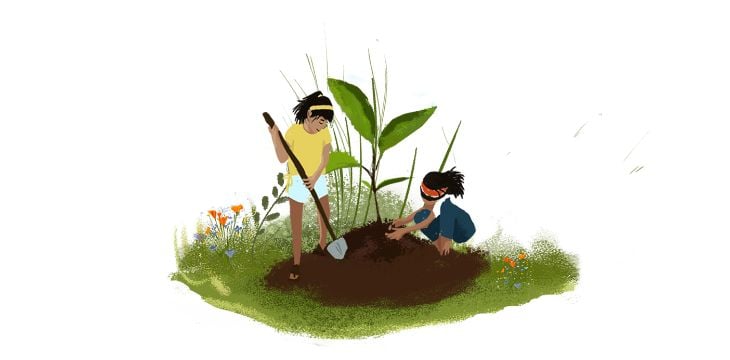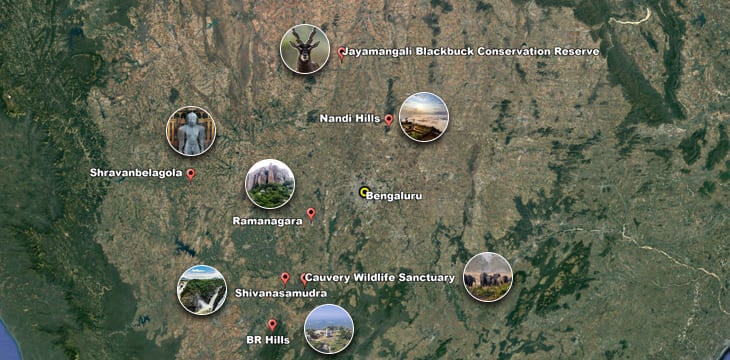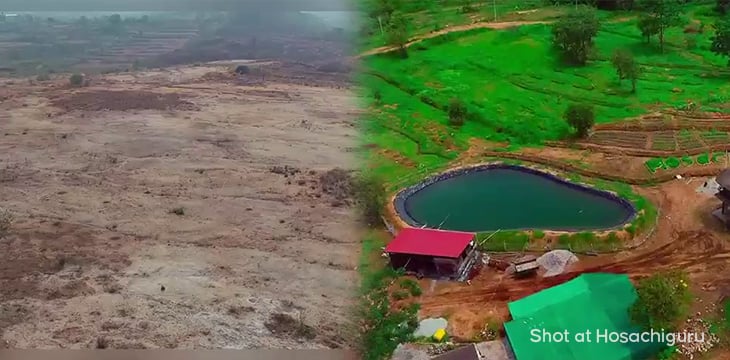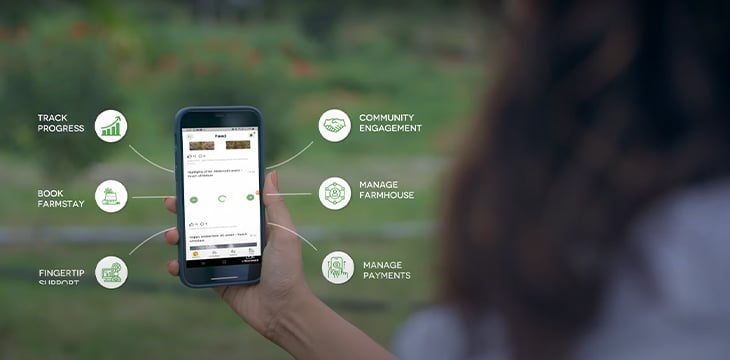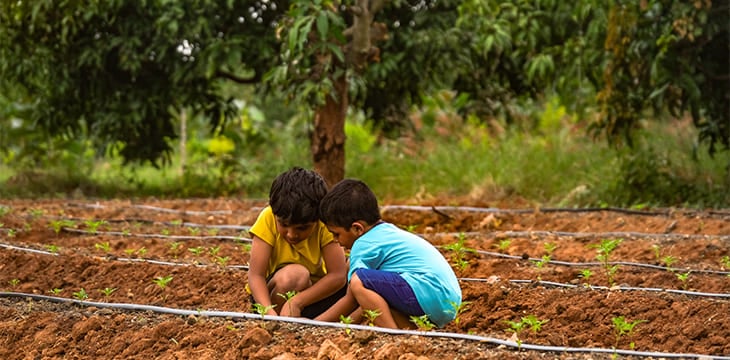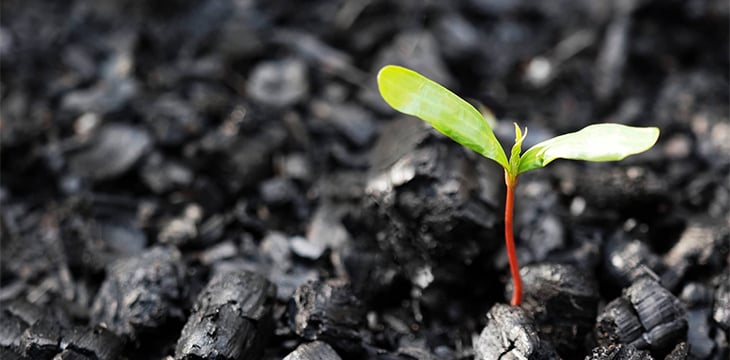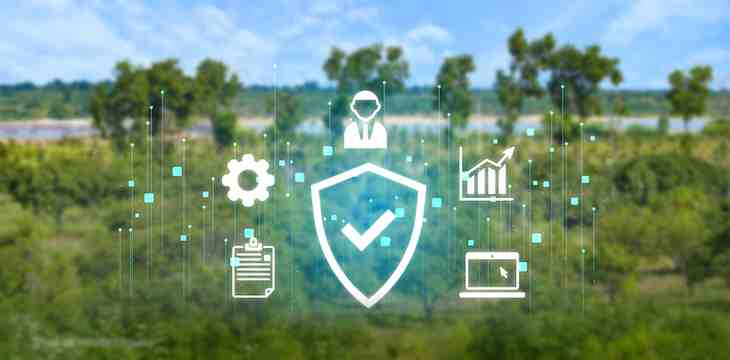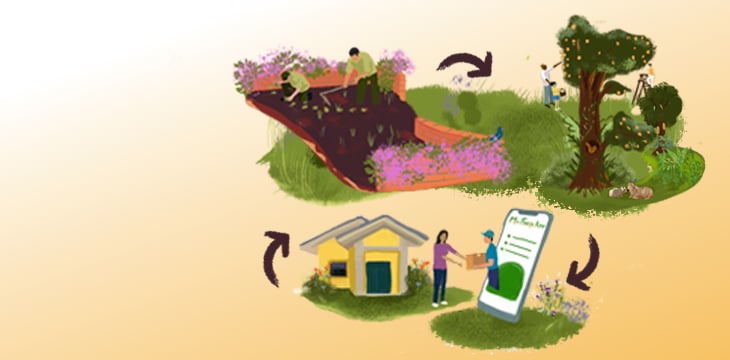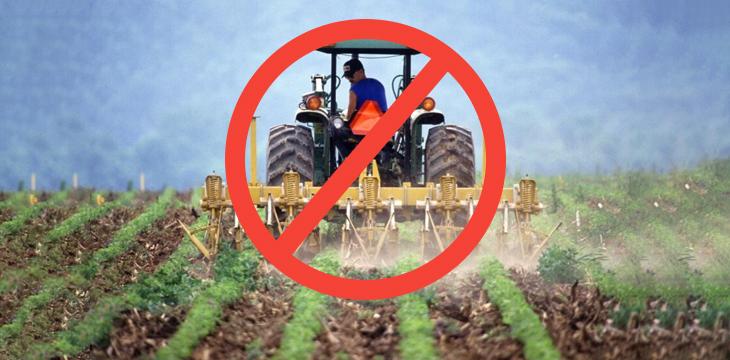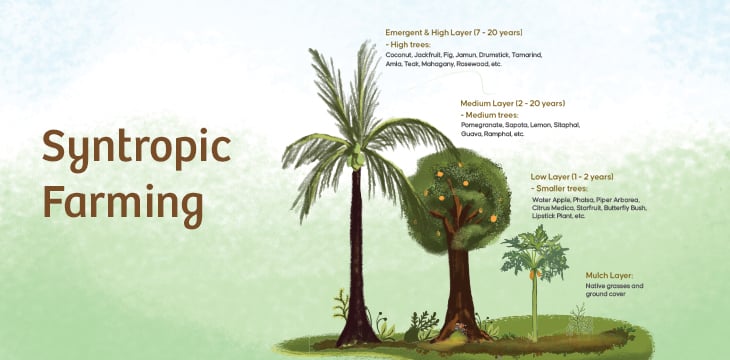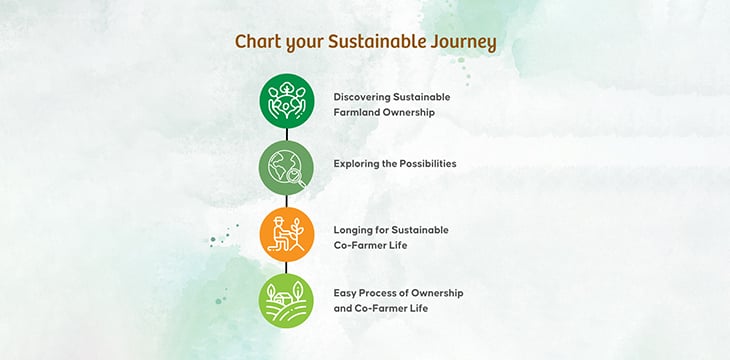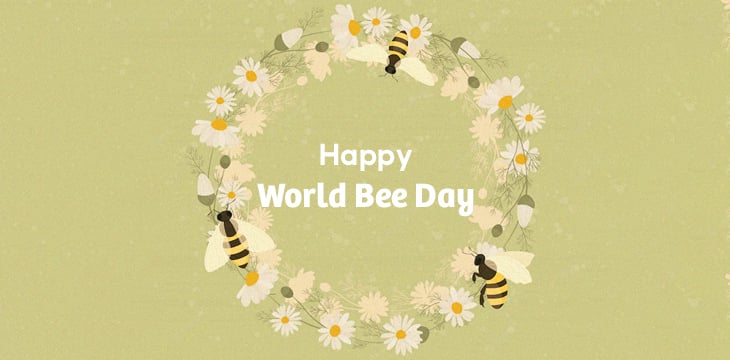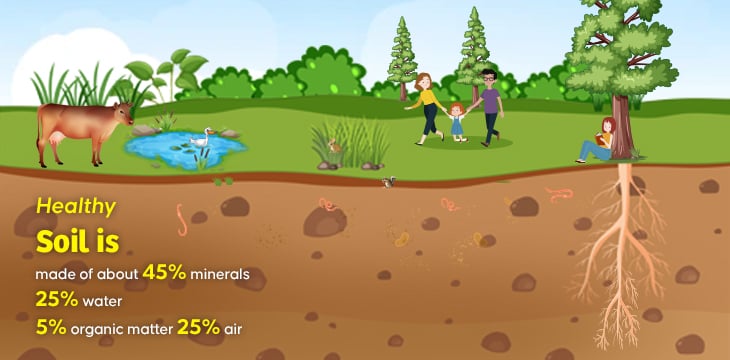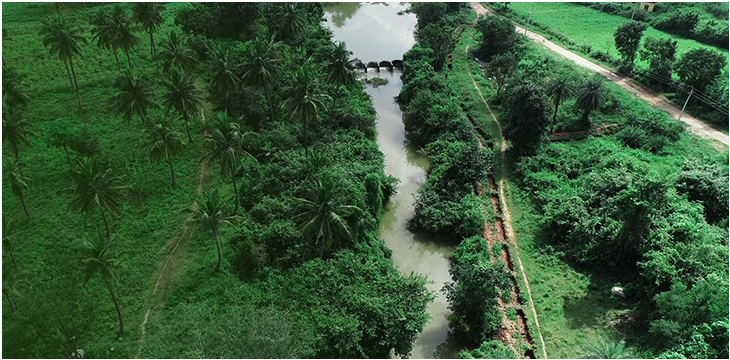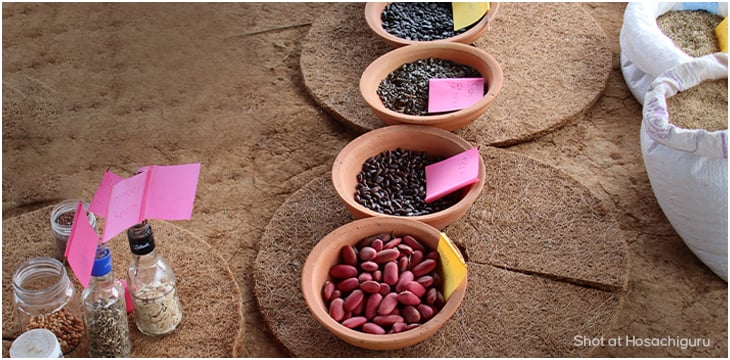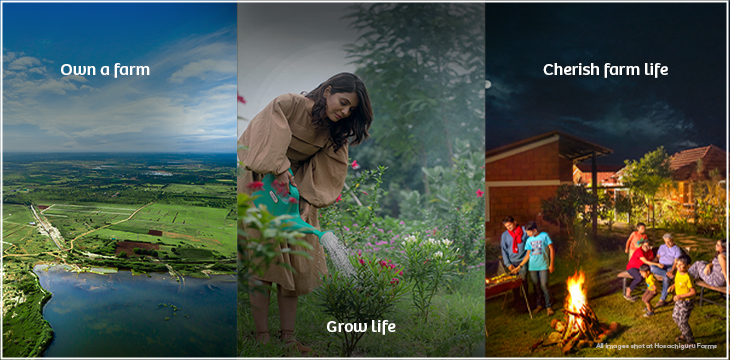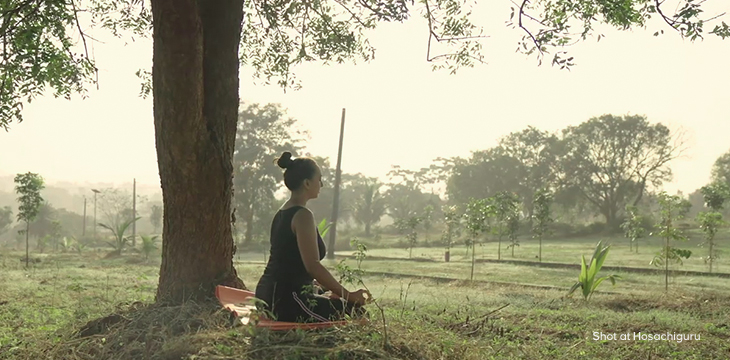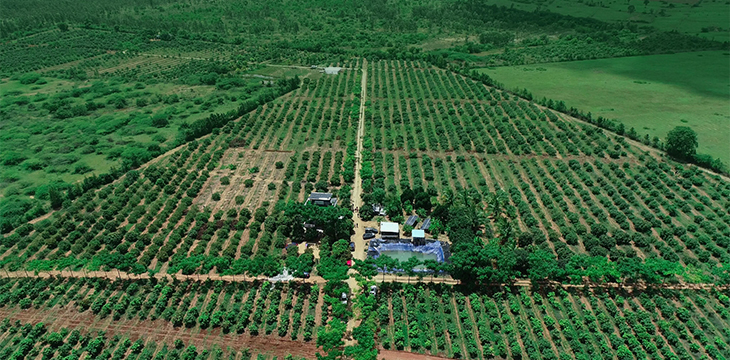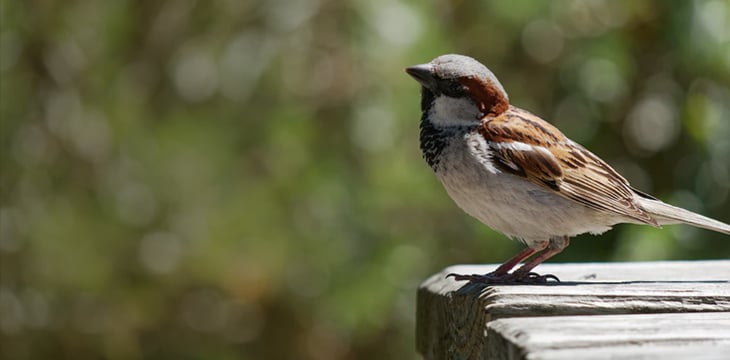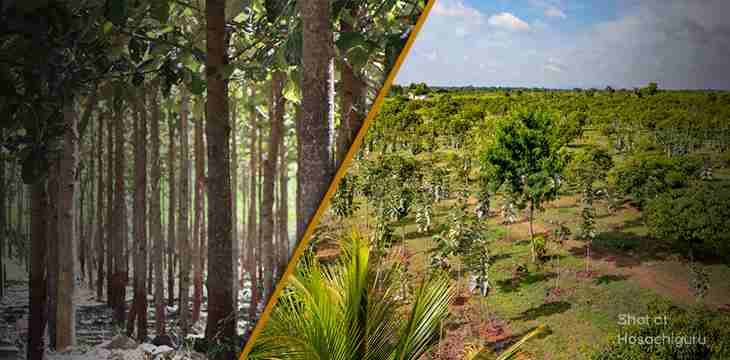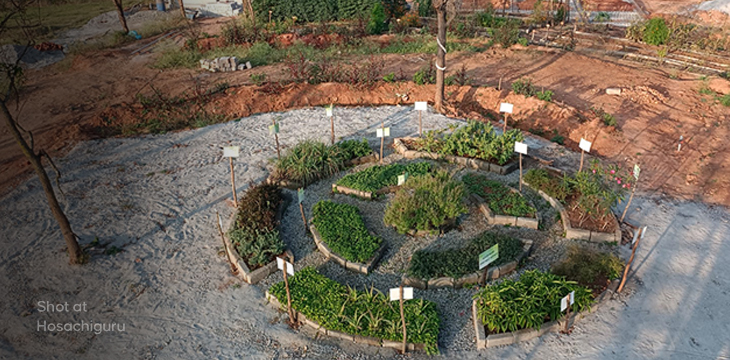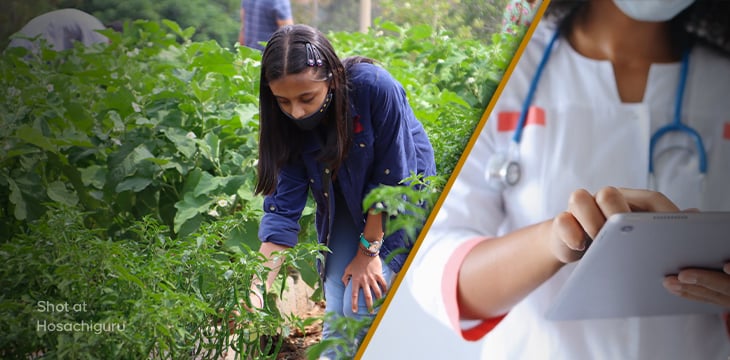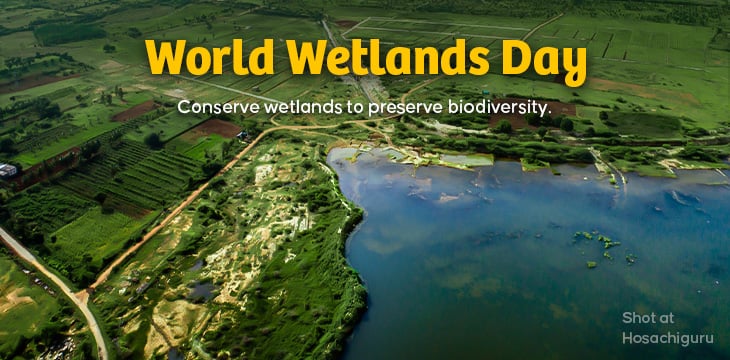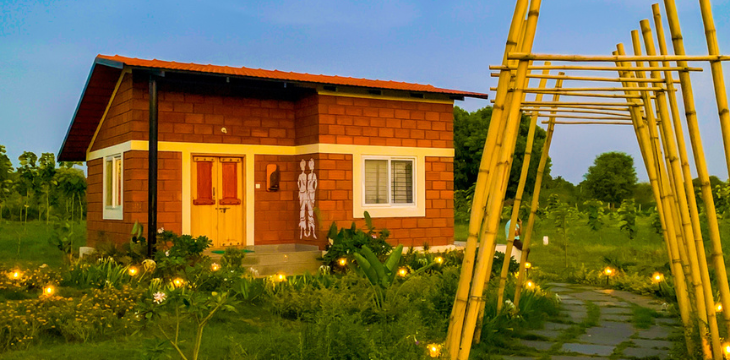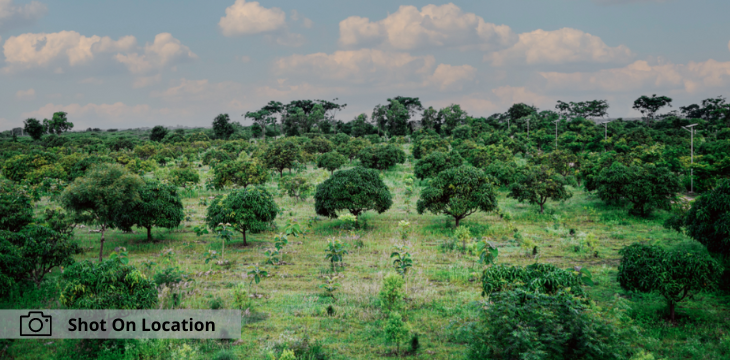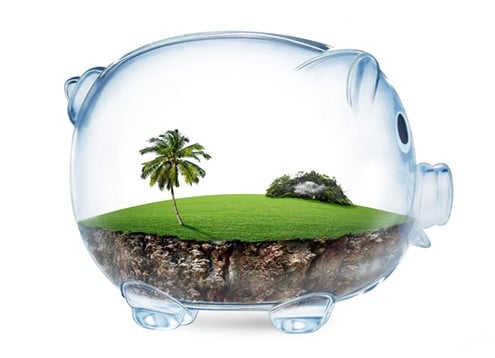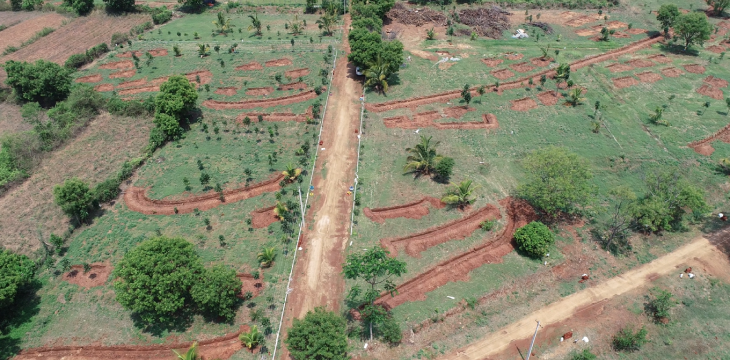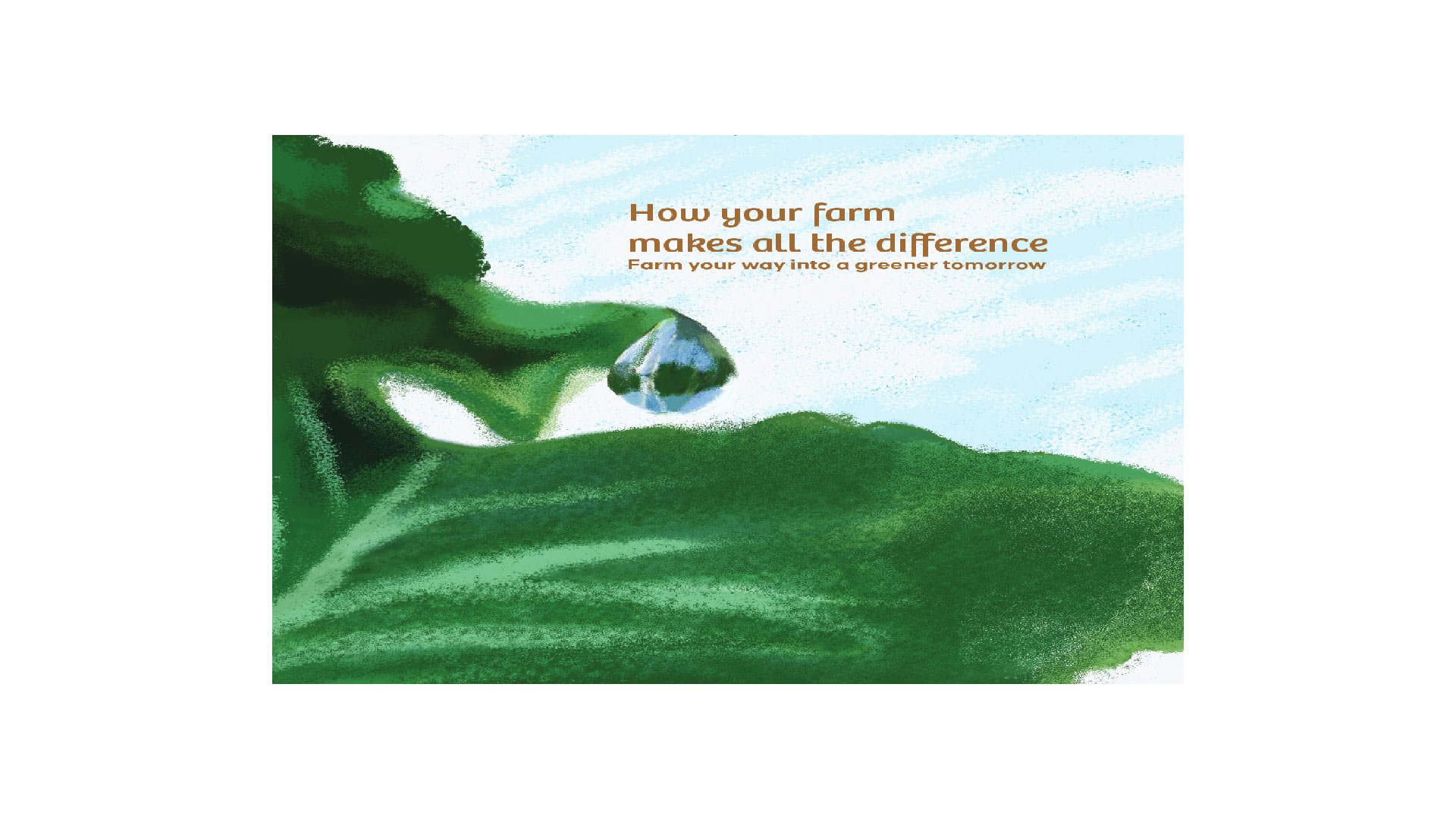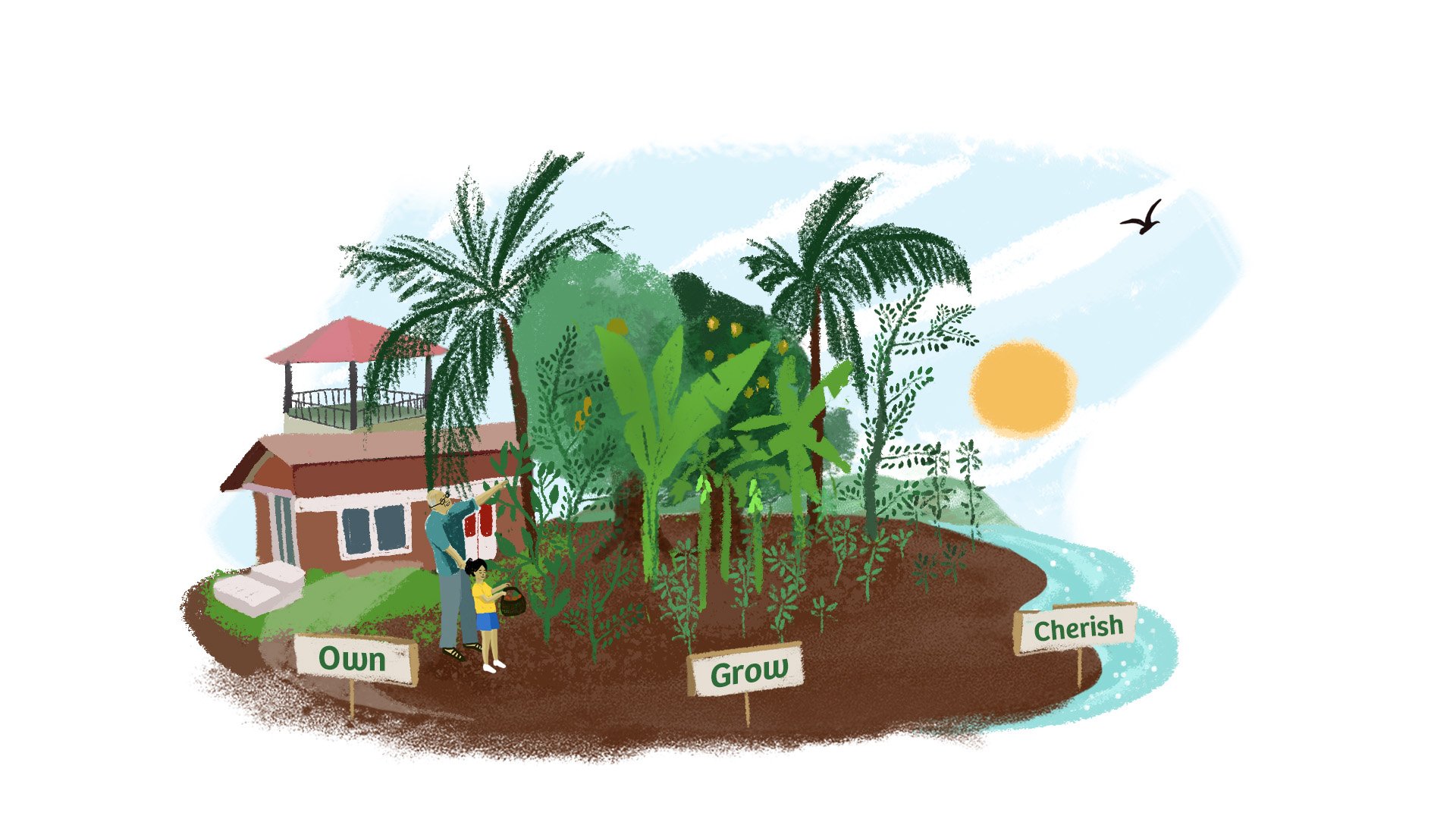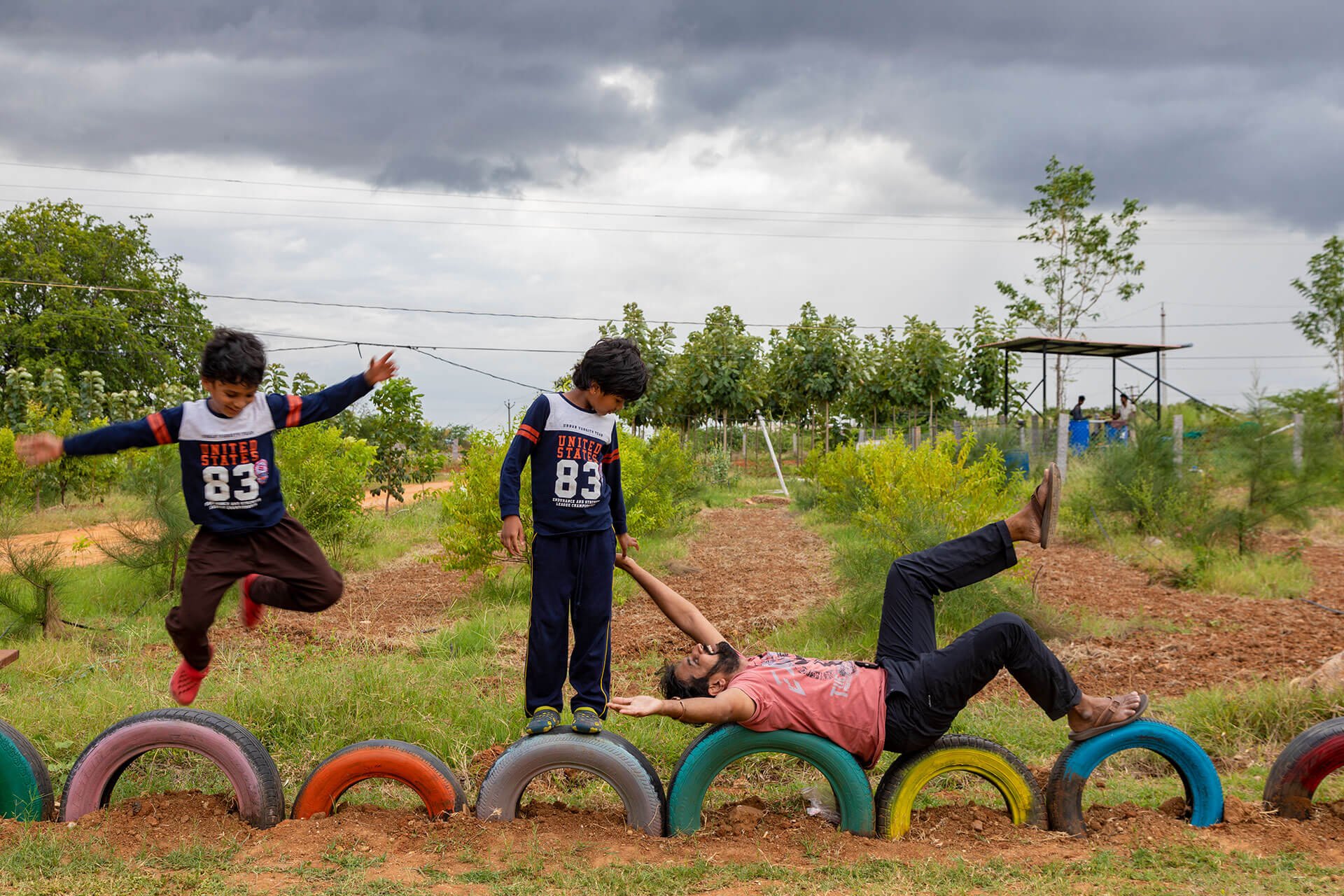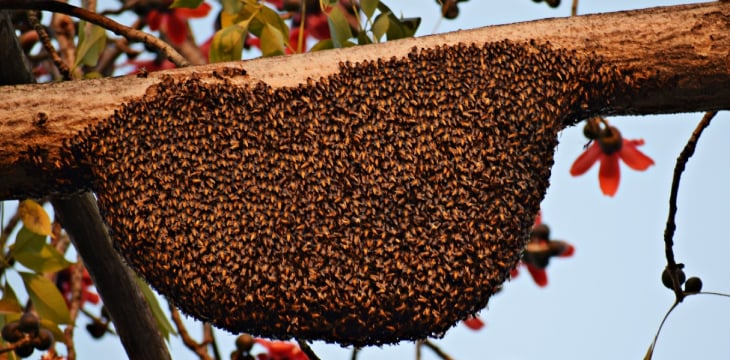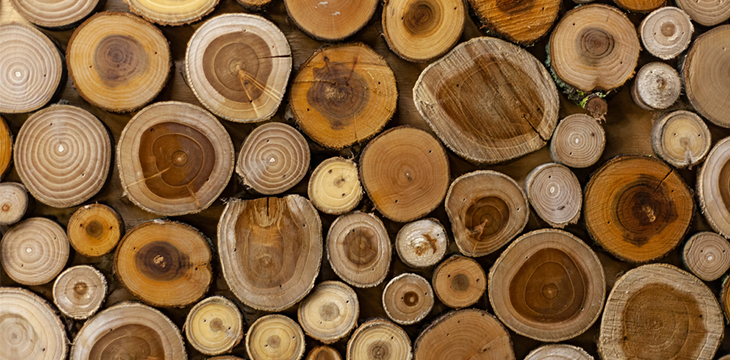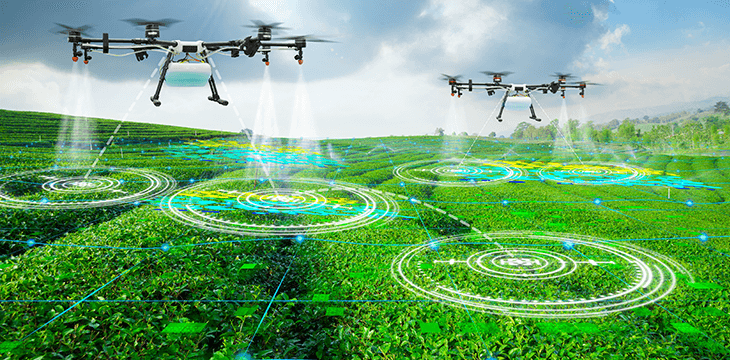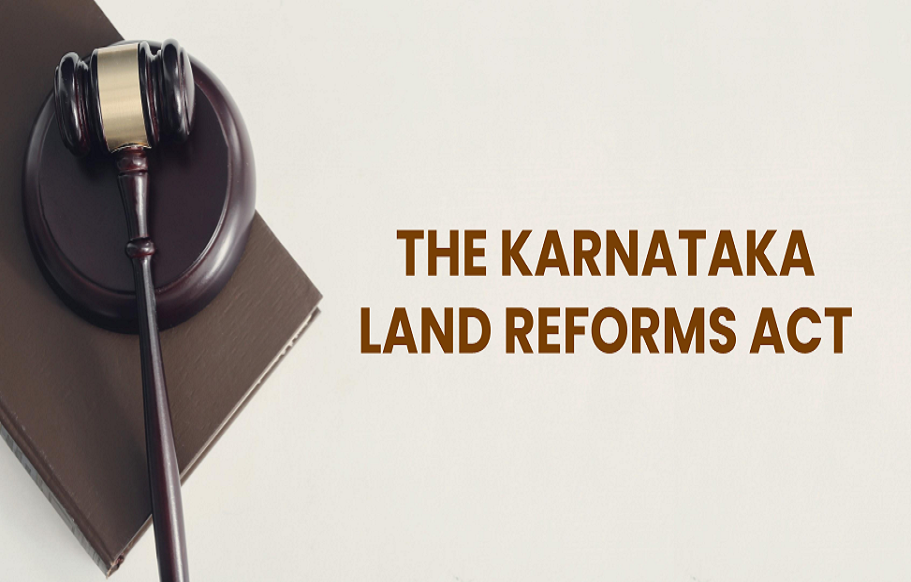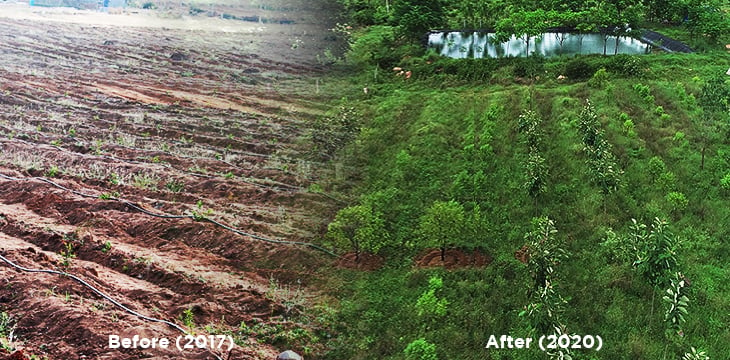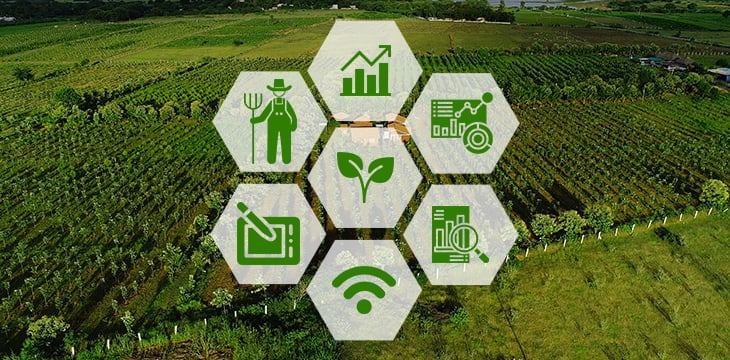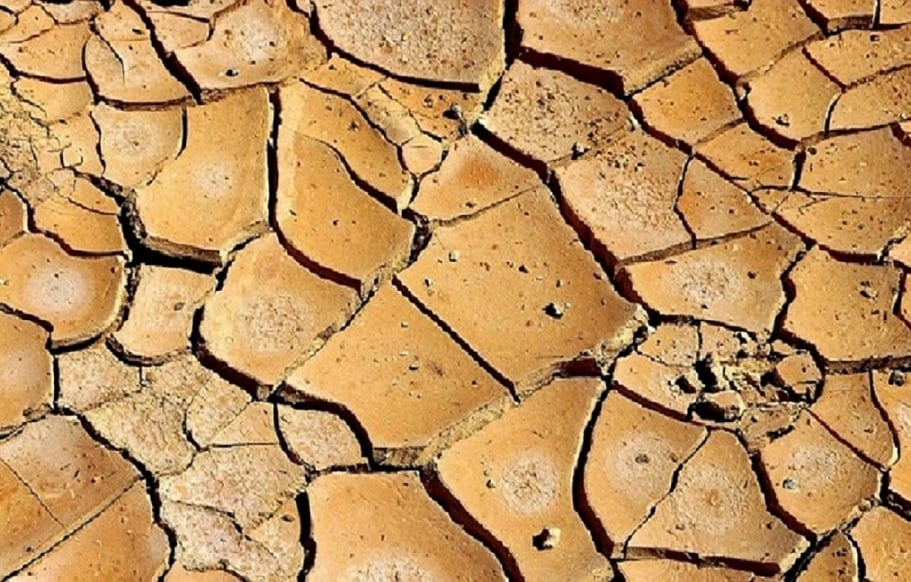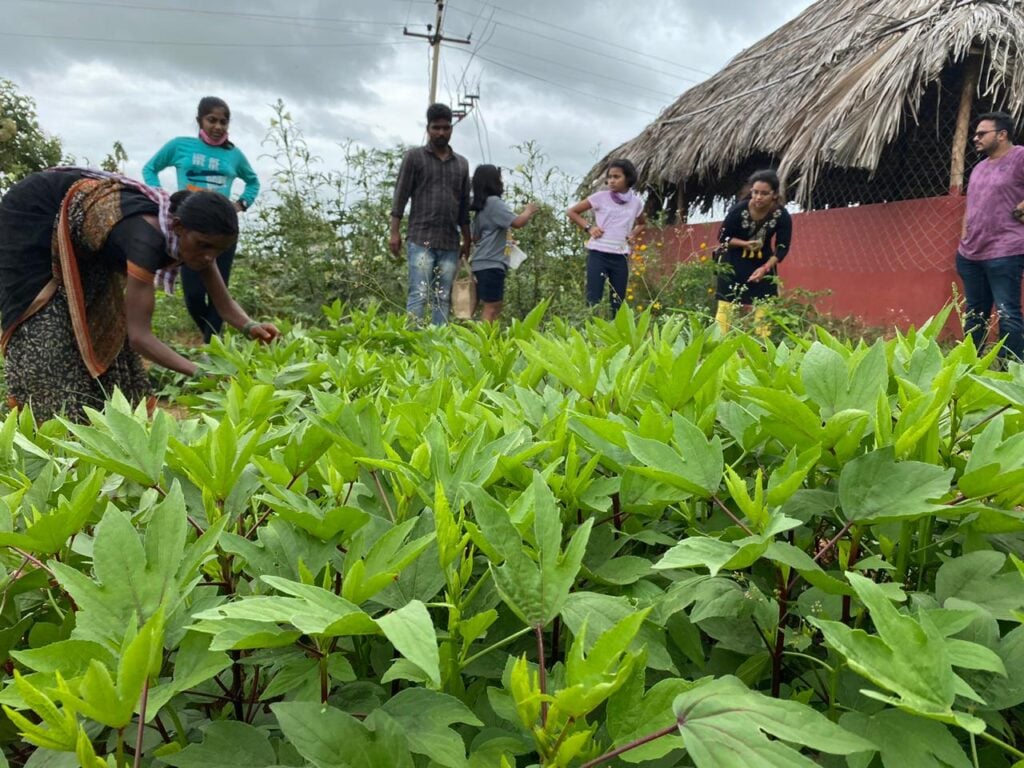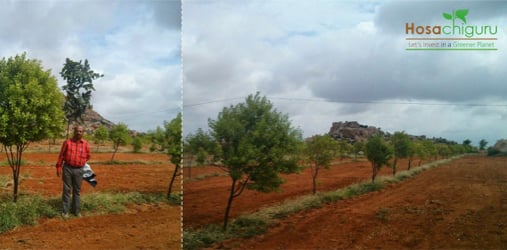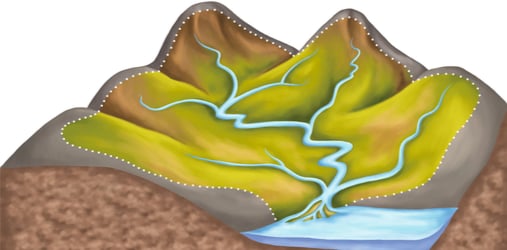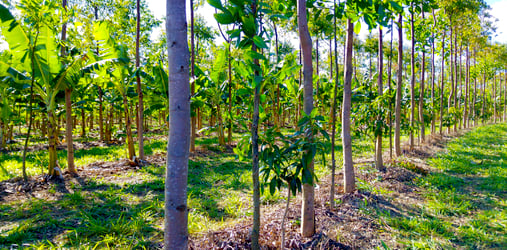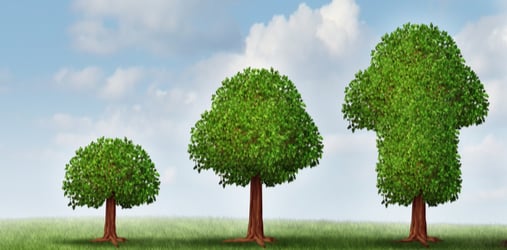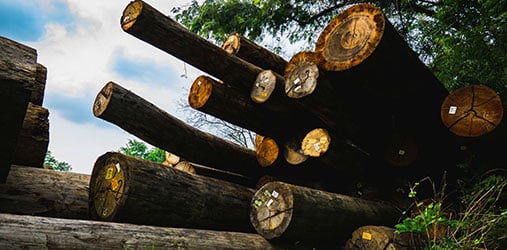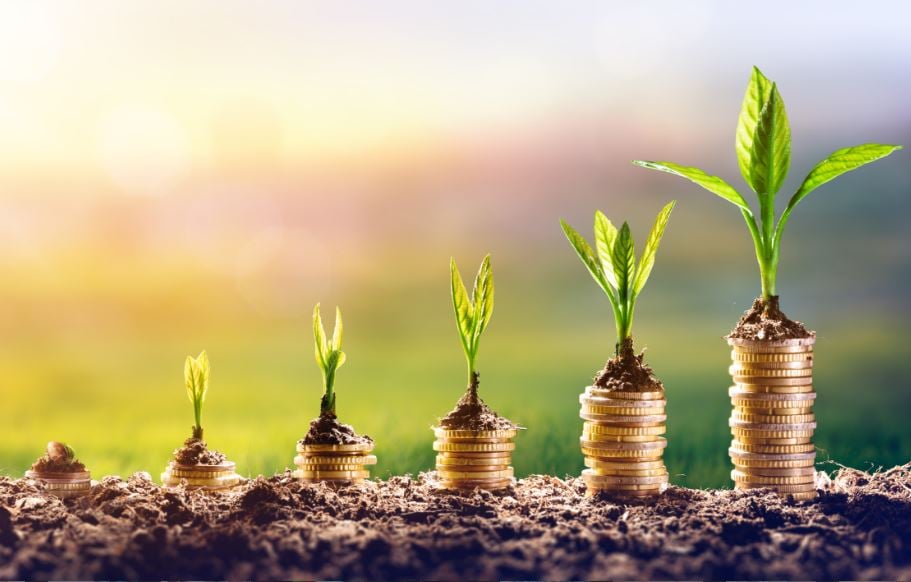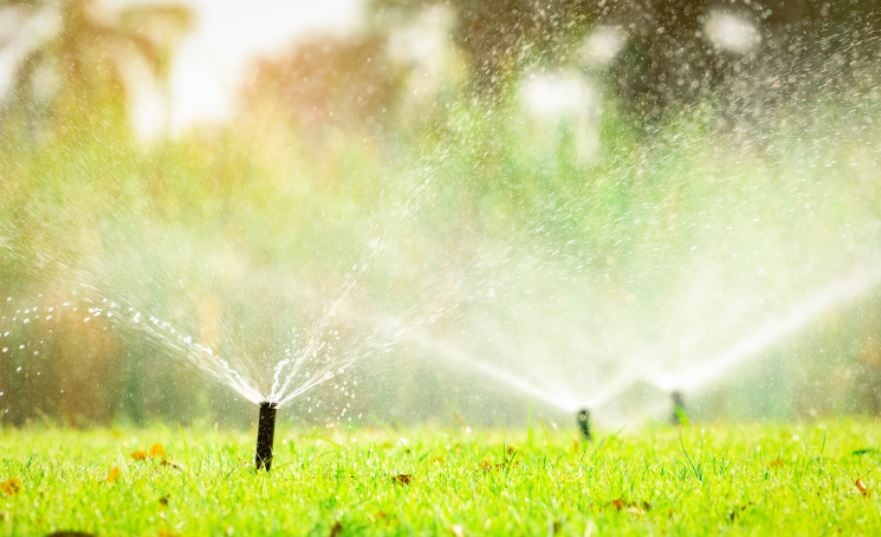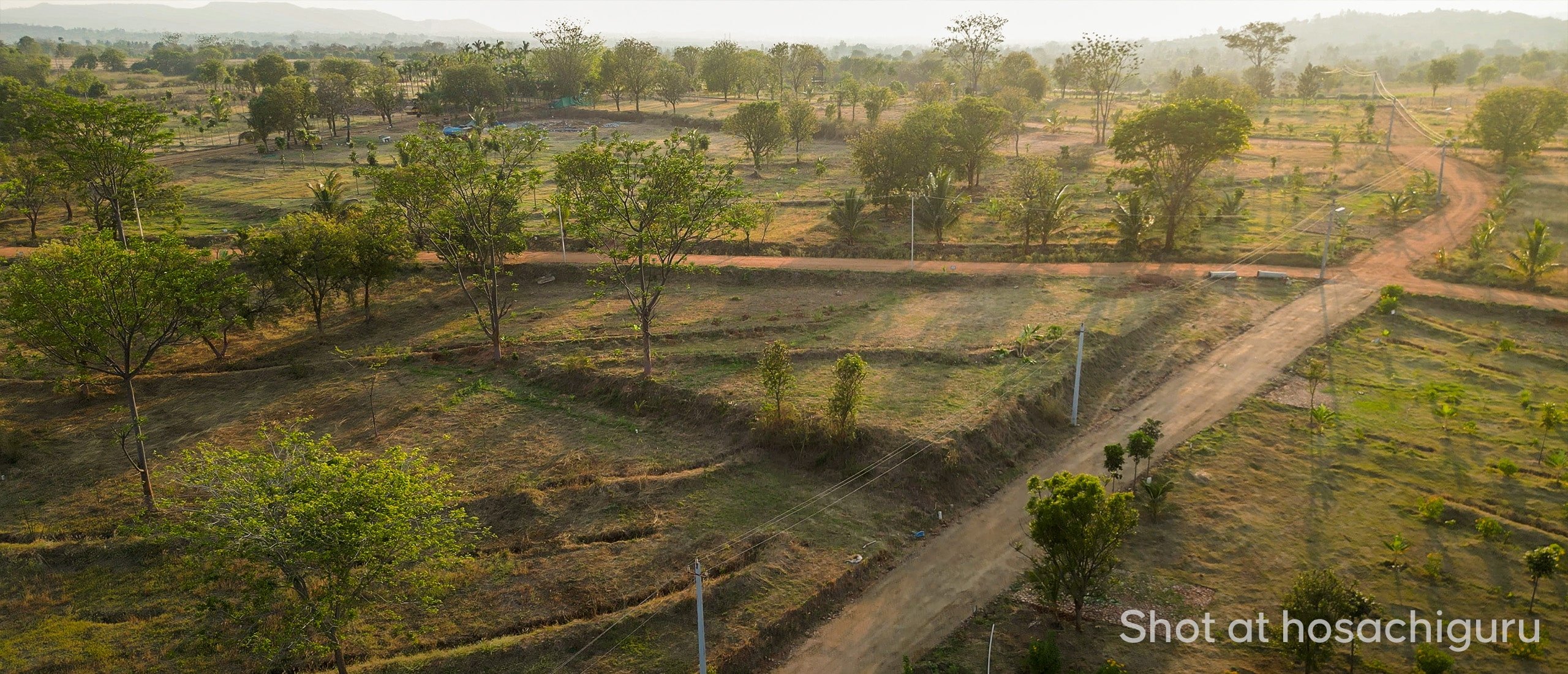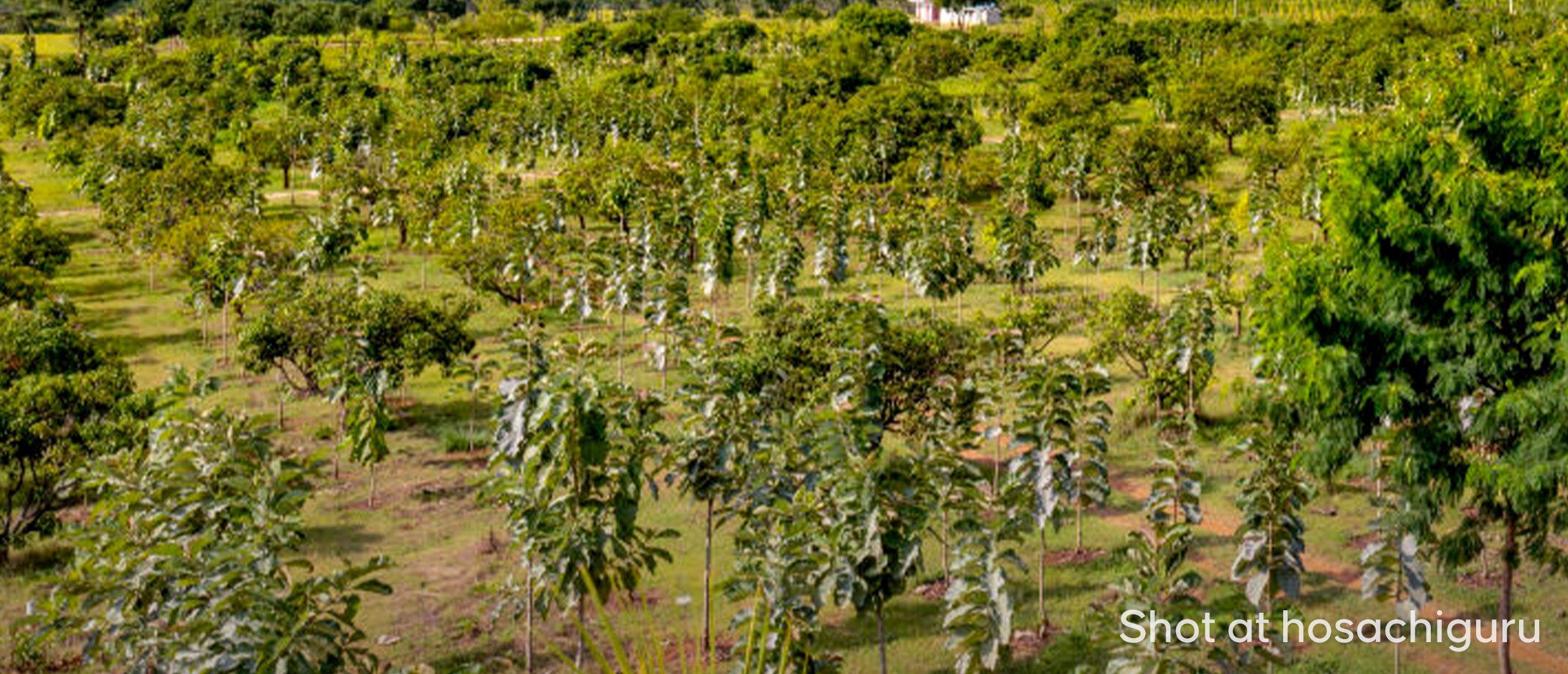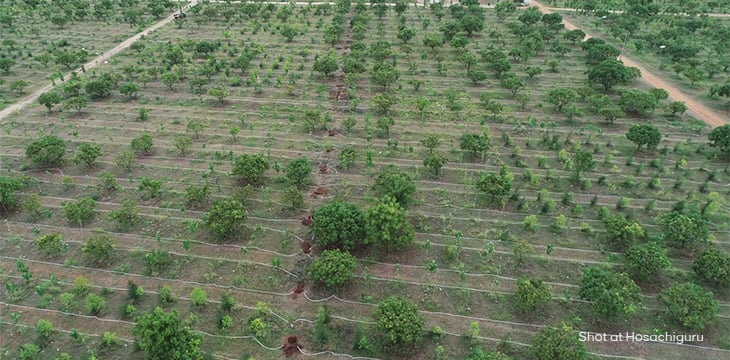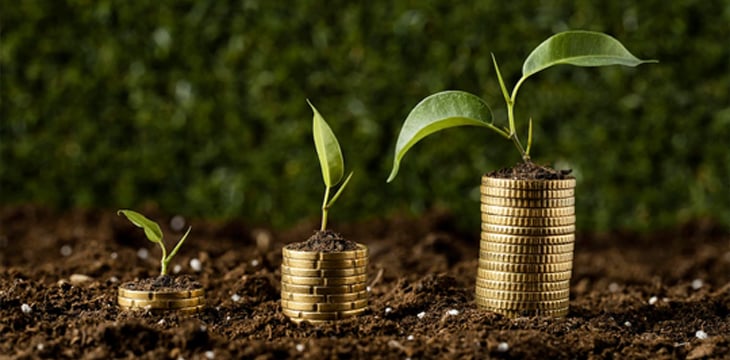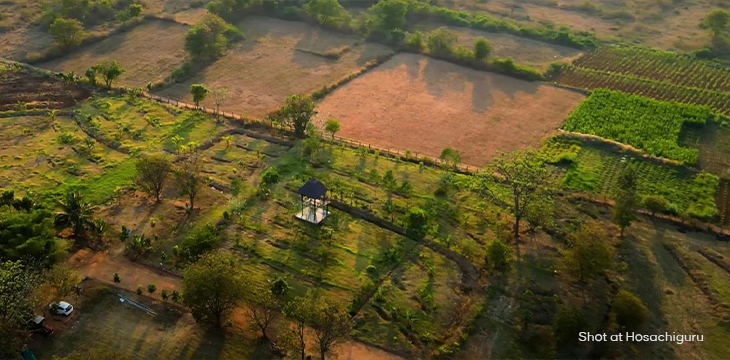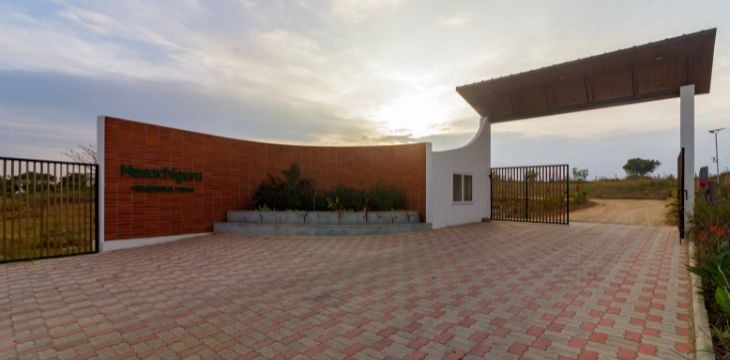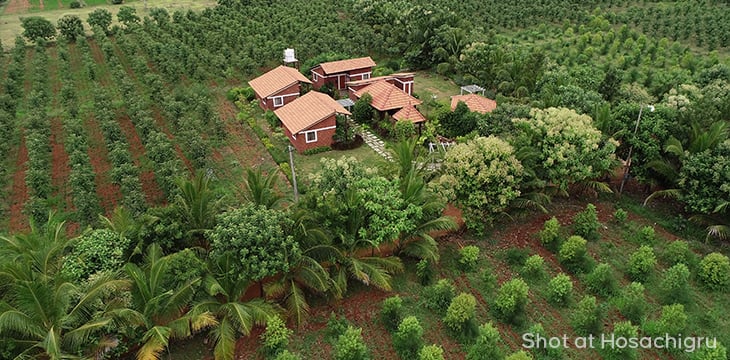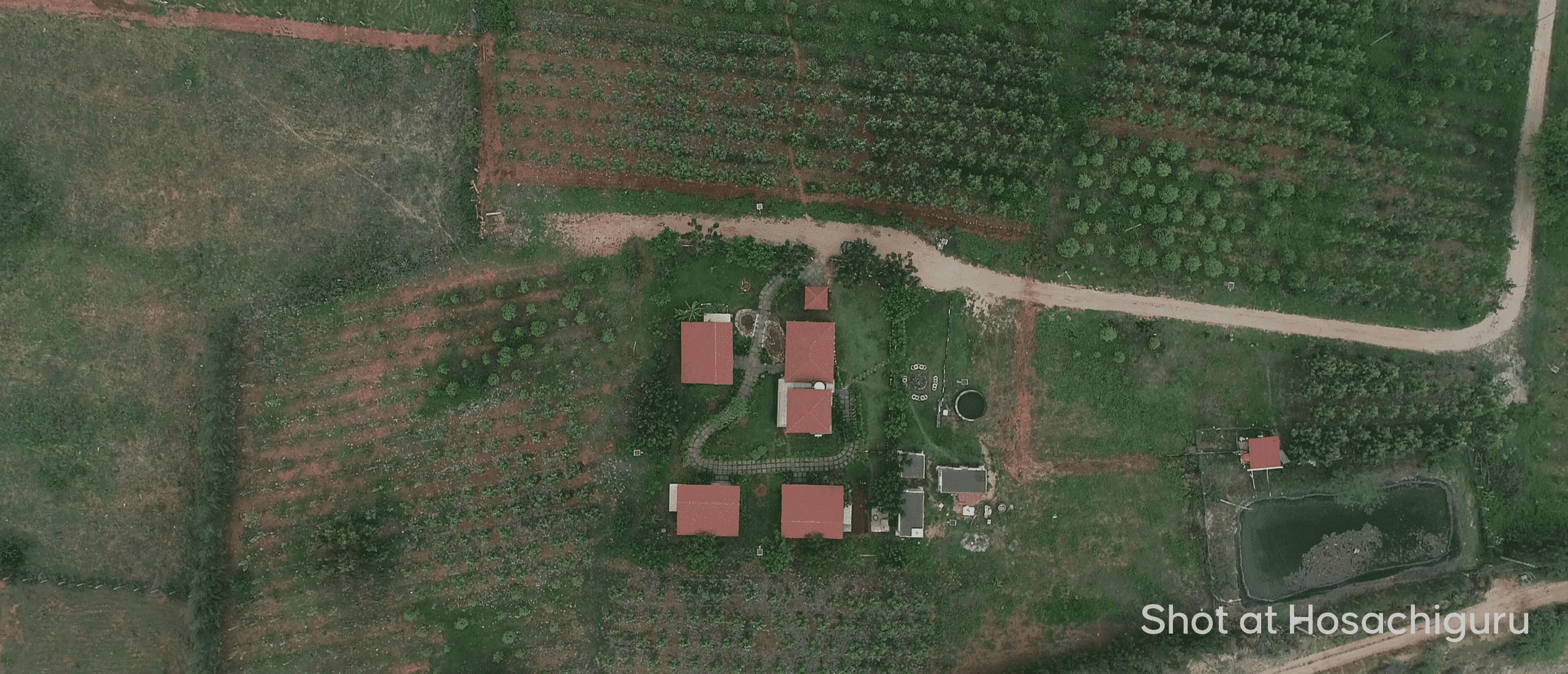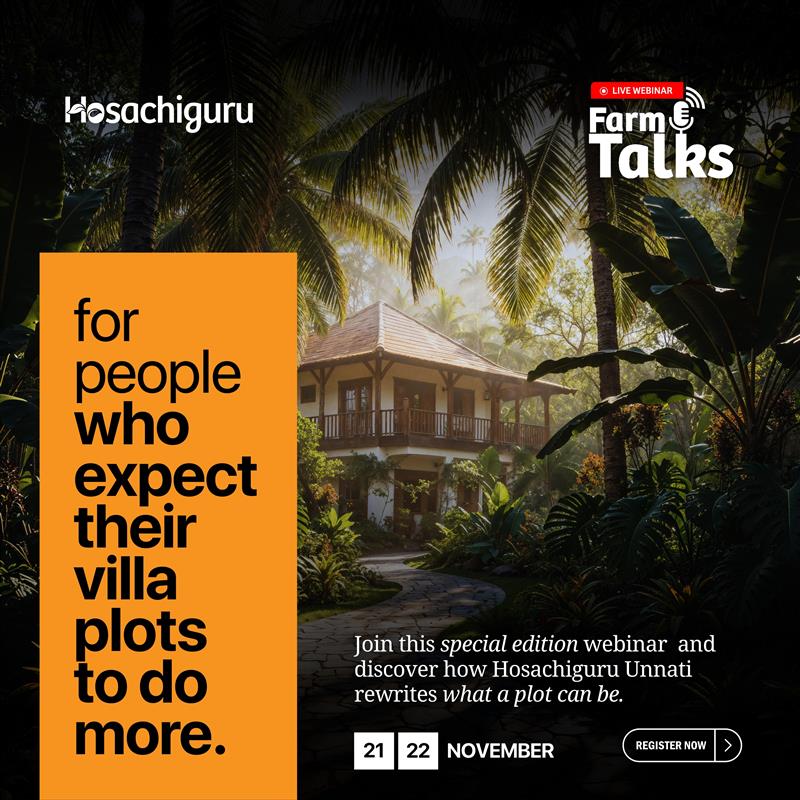August 11, 2025
Read Time: 4 mins
Why walking barefoot (earthing) has a real impact on your body?
Think about the last time your bare feet touched the Earth—not the polished floor of your living room or the tiled corridor at work, but actual soil, grass, or sand. If you’re like most of us, it might have been years. Somewhere along the way, shoes became second skin, separating us from the ground that has been our species’ literal foundation for millennia. And in that quiet, unnoticed separation, we may have lost more than we realize.
Because here’s the thing: walking barefoot isn’t just a whimsical throwback to childhood summers. Research suggests it has real, measurable effects on the body—on your sleep, your stress, even your immune system. Call it earthing, grounding, or simply ditching your shoes; it’s an ancient habit meeting modern science, with benefits that are both practical and a little mysterious.
The Electric Connection We Forgot
At the heart of earthing is a fascinating idea: the Earth itself is alive with electrical charge. Its surface carries a surplus of electrons, and when your skin makes contact, those electrons flow into your body. Picture it as plugging yourself into the planet’s battery.
What does that get you? Potentially a natural antioxidant treatment. Free radicals, those unstable molecules blamed for inflammation and aging, are neutralized by electrons. So when your bare feet sink into damp grass, you may literally be discharging stress at a cellular level. It’s a little like rebooting your nervous system, except without the IT help desk.
While skeptics point out that large-scale, definitive trials are still lacking, smaller studies keep popping up with eyebrow-raising results. One pilot study had participants sleep grounded for eight weeks, connected via conductive sheets to the Earth. The grounded group showed lower nighttime cortisol (the body’s stress hormone) and reported better sleep and less pain. Not exactly a magic trick, but maybe a reminder that nature’s been offering us its own therapy all along.
Barefoot and Brain-Boosted
Now here’s where it gets even more interesting: it’s not just your body that responds to grounding. Your brain seems to perk up too.
In 2023, a study in Korea followed adolescents in a 12-week barefoot-walking program. Their EEG scans showed increased alpha and sensorimotor rhythms, the brainwave equivalent of being relaxed yet alert. Think of it as the opposite of a post-lunch Zoom call. Not only that, the teens performed better on attention and speed tasks compared to their shoe-wearing peers. Apparently, taking your shoes off might be the cheapest cognitive enhancer out there.
So while caffeine sharpens your mind for a couple of hours, bare feet on soil could be teaching your brain how to focus better in the long run.
The Immune System’s Secret Crush on Dirt
Of course, no conversation about bare feet is complete without talking about dirt. Soil isn’t just an inert surface, it’s a bustling metropolis of bacteria, fungi, and microscopic life. Some of these organisms, like Mycobacterium vaccae, are linked to increased serotonin levels, suggesting that interacting with soil might literally make you happier.
The hygiene hypothesis argues that our modern obsession with cleanliness and antibacterial everything has deprived our immune systems of the training they need. By encountering soil microbes the way our ancestors did—through touch, play, even a little accidental ingestion, our immune systems learn to react appropriately instead of overreacting to pollen, peanuts, or dust. In other words, a little dirt under your toenails might just make you more resilient.
Stress Relief That Starts at the Sole
The calming effect of walking barefoot is something almost everyone has felt, even if they didn’t call it earthing. A day at the beach, toes in the sand, often leaves people reporting less anxiety and more contentment. Science supports this: in one study, grounded sleepers not only showed reduced cortisol but also reported lower stress and anxiety.
Part of this may be physiological—muscles relax, posture subtly shifts, and blood flow improves when you’re not confined by shoes. Part may be psychological: nature itself has been shown to reduce rumination and lift mood. Whether it’s the Earth quietly lending you its electrons or simply the calming touch of cool grass beneath your feet, the effect is undeniable: a gentle unburdening, a sense of ease that seeps in before you even realize it.
Between Science and Spirit
Not all explanations for earthing are strictly scientific. Many spiritual traditions frame barefoot contact with the Earth as a way to balance energy. In Chinese Qi Gong or Tai Chi, it’s thought to connect you with the Earth’s qi (Qi, in Chinese tradition, refers to the body’s vital life energy believed to flow through all living things). In yoga, walking barefoot can be linked to grounding the root chakra, a symbolic anchor of safety and stability.
Are chakras and qi measurable in the lab? Not yet. But whether through metaphor or biology, the idea resonates: being barefoot makes people feel more rooted, more balanced, more alive. Sometimes what matters isn’t proving every mechanism but acknowledging the depth of human experience.
Where to Walk (and Where Not To)
Before you start making barefoot strolls a daily habit, a quick word of caution: not all terrain is created equal.
Soft, natural surfaces—grass, sand, soil, pebbled paths—are ideal. Wet sand is especially soothing, cooling your feet and evenly distributing pressure. Forest floors and river rocks can be wonderful too, offering variety and gentle stimulation, like a built-in reflexology mat.
Urban sidewalks, on the other hand, are less forgiving. Aside from being hard on the joints, they can hide hazards like broken glass. And while soil microbes may be good for you, hookworms definitely aren’t. Choose your earthing spots with a little common sense.
The Bigger Picture: Health at Hosachiguru
All this brings us back to where you can actually practice earthing in a way that feels safe, restorative, and deeply beneficial. At Hosachiguru’s managed farmlands, the ground beneath you isn’t just soil—it’s living, breathing Earth, cared for with regenerative practices that nurture biodiversity, enrich the microbiome, and invite you to connect.
Here, the benefits of earthing aren’t theoretical. The soft grass underfoot, the thriving soil life, the rustle of trees and hum of pollinators, all combine to create the perfect environment for grounding. You’re not just borrowing electrons from the Earth; you’re participating in a system that heals you as you help it thrive.
So take off your shoes. Let your feet remember what the Earth feels like. At Hosachiguru, you don’t just walk barefoot, you walk back into balance with yourself and with nature.
